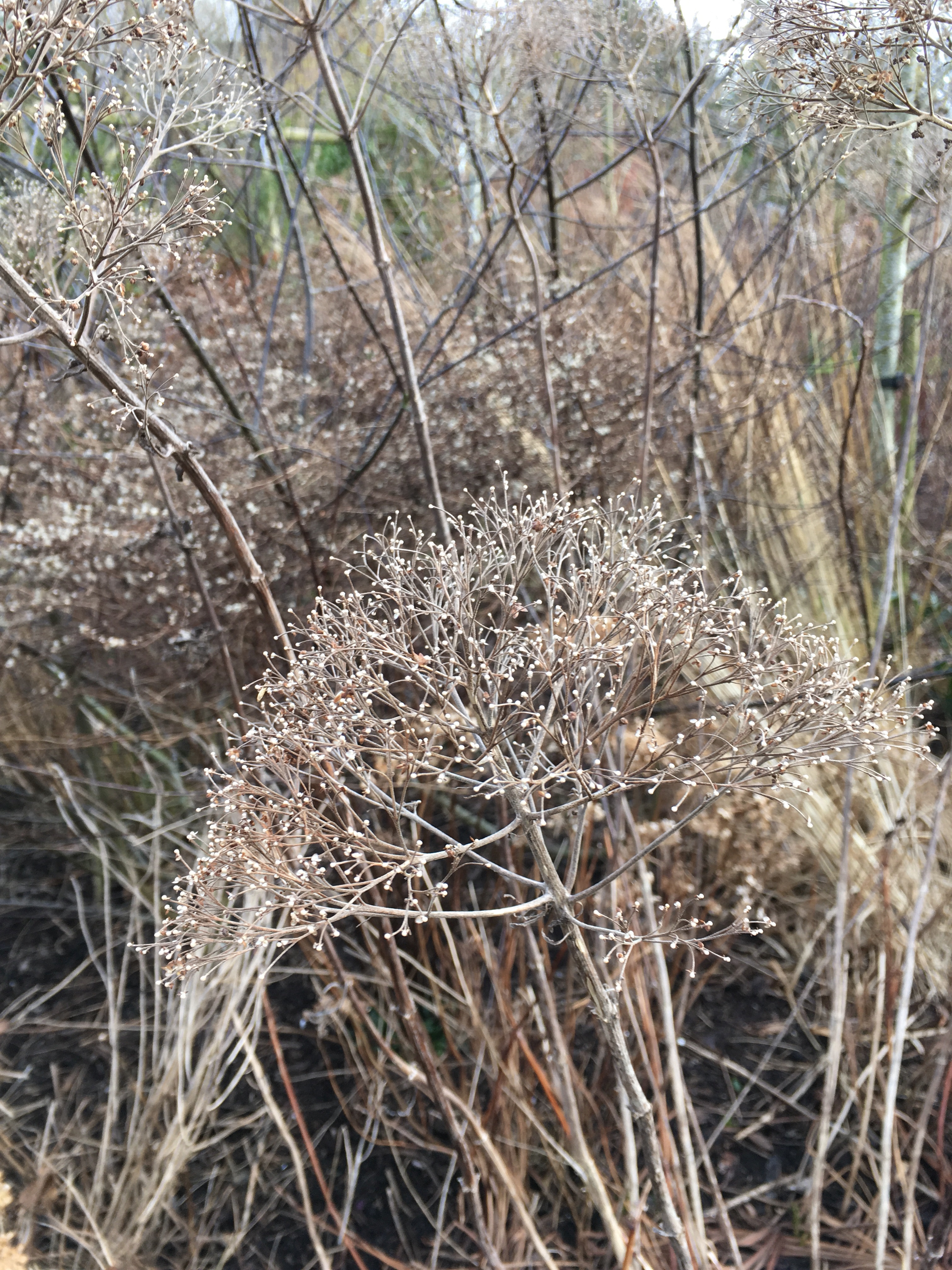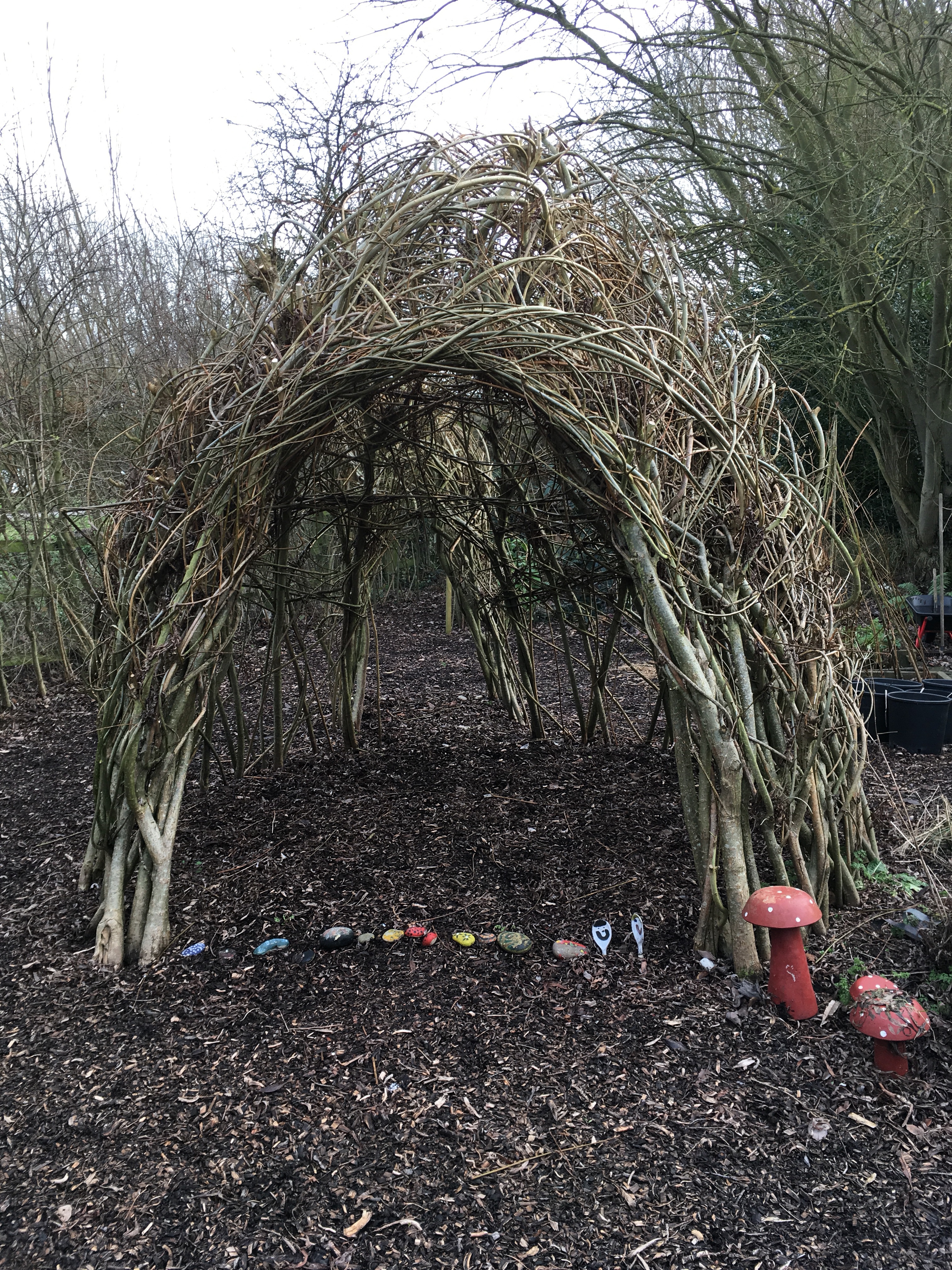The Story of a Naturalist’s Garden
Susie White
Published by Saraband
Paperback 184 pages. £12.99
ISBN: 9781915089915
The publishers have offered one copy to be given away in a prize draw. Please leave your name in the comments box below to be included.

It’s been a dire winter and spring. Rain-sodden fields, ditches overflowing, waterlogged garden. Tulips dashed by Storm Kathleen. My green fingers are itching to get on the land, and yet to walk about- no squelch about- would do more harm than good! So I’m feeling rather downhearted at the moment. Then into the potting shed comes a wonder of a book, Second Nature. And in it writer Susie White manages to revive my flagging enthusiasm. Susie writes with such honesty and compassion for wildlife it gets me looking to the clouds again to watch the buzzards soaring overhead. Ok, I’m going to get soaked looking up, but it’s worth it. Susie is well-known for creating a glorious garden and nursery at Chesters Walled Garden along Hadrian’s Wall. She talks of the heartbreak of having to leave after 23 years. It must have been devastating, having poured a lifetime’s work into one place. As I read the book, I take a moment to ponder how I will feel when I have to move on. It’s something we must all contemplate – and dread. In my case, will the new owners chop down our wood? Will they build on the meadow. What will happen to all the birds that currently nest in my garden? And I know exactly where they are every year, which nest boxes are occupied by which birds. Books that are well-written draw you in and make you think of the comparisons between their life and yours. The little jolts of memory from childhood gardens and the people who taught us to garden. Writers open their hearts to us, and in return we find ourselves nodding in agreement, finding common ground, mutual understanding. It’s a heart-sing moment when Susie, through her story, jogs a memory for me of my grandfather growing rows of peas and showing me how to shell and eat them fresh from the pod. Such moments are precious.
Not every writer can do this. They try, but Susie is a natural. She talks about returning to Chesters in her dreams : “To smell the resinous warmth emanating from the lean-to greenhouse, the musky tang of the box hedges. I can take myself along the paths, knowing exactly where I’m going, what weeds would always grow in certain spots, what jobs I’d have to do in each month of the year. I can still feel my way around that garden.”
And yet, despite the sadness, the book moves on to focus on the new garden Susie and her husband create, transforming a patch of untended ground into a wildlife-friendly haven, planted with flowering perennials, trees, herbs, vegetables and wildflowers. The garden teems with life: owls, blackbirds, bats, mice, butterflies and bees, all drawn by pollen-rich flowers, ponds and nesting sites.
Susie takes us through the planning and construction phases and describes how to blend a garden with natural surroundings. Her account is filled with ideas, inspiration and advice learned from setbacks and experience.
As Susie talks about visiting her former garden in her dreams, her writing also gives us the gift of ‘walking’ through her new garden and seeing everything she describes. It’s a joyful walk and one I can highly recommend. A special book which has transformative powers. I enjoyed every page and will return to it often!
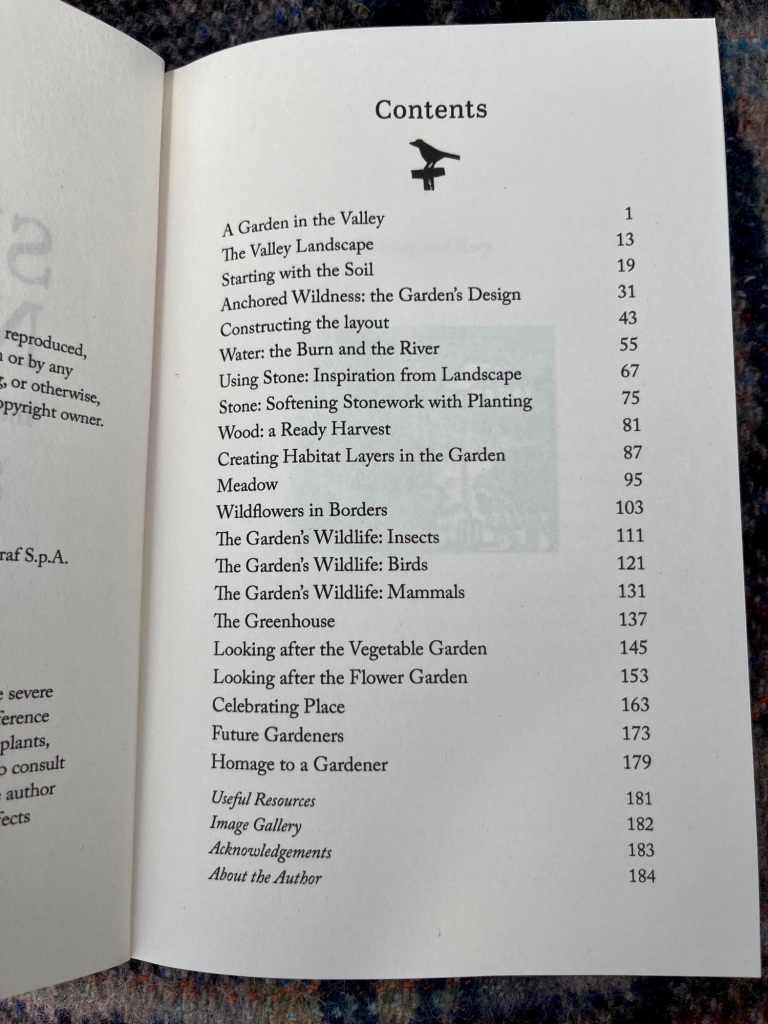
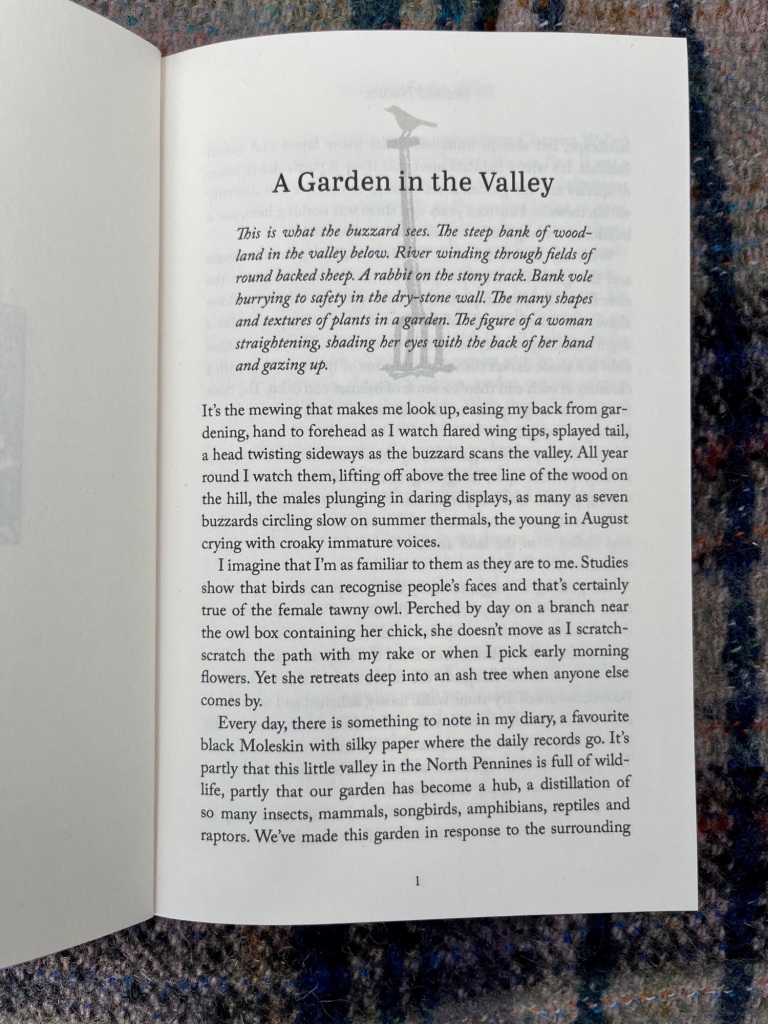


About Susie:
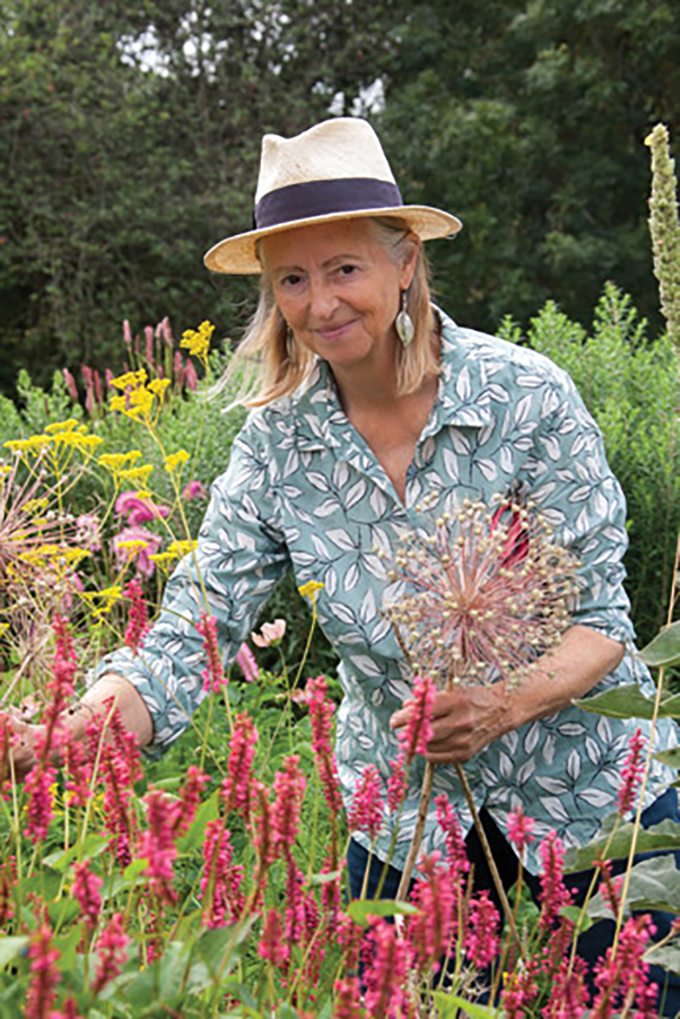
Susie White is a gardening and travel writer, broadcaster, wildlife
photographer and lecturer. A lifelong and passionate gardener, she developed the garden at Chesters Walled Garden on Hadrian’s Wall in Northumberland.
Since then she has created a garden from scratch in a hidden valley on
previously uncultivated land.
Beyond the garden, Susie’s interests include the environment, conservation, wildlife, upland hay meadows, archaeology, heritage skills and the landscape and walks of the North Pennines, Northumberland, and the Lake District. She is a regular contributor to the Guardian, BBC Countryfile, The English Garden, Homes and Gardens, and is garden columnist for My Weekly magazine. A
member of the Garden Media Guild, and RHS speaker, she is the author of Gardens of Northumberland and the Borders.
The prize draw for one copy will be made on Saturday 13th April at 6pm. Sorry, only UK addresses due to postage costs.
Thank you for reading my blog. Please follow the blog and sign up for e mail notifications for future posts. Have any books lifted your spirits recently? What are you all reading at the moment? Get in touch and let me know.







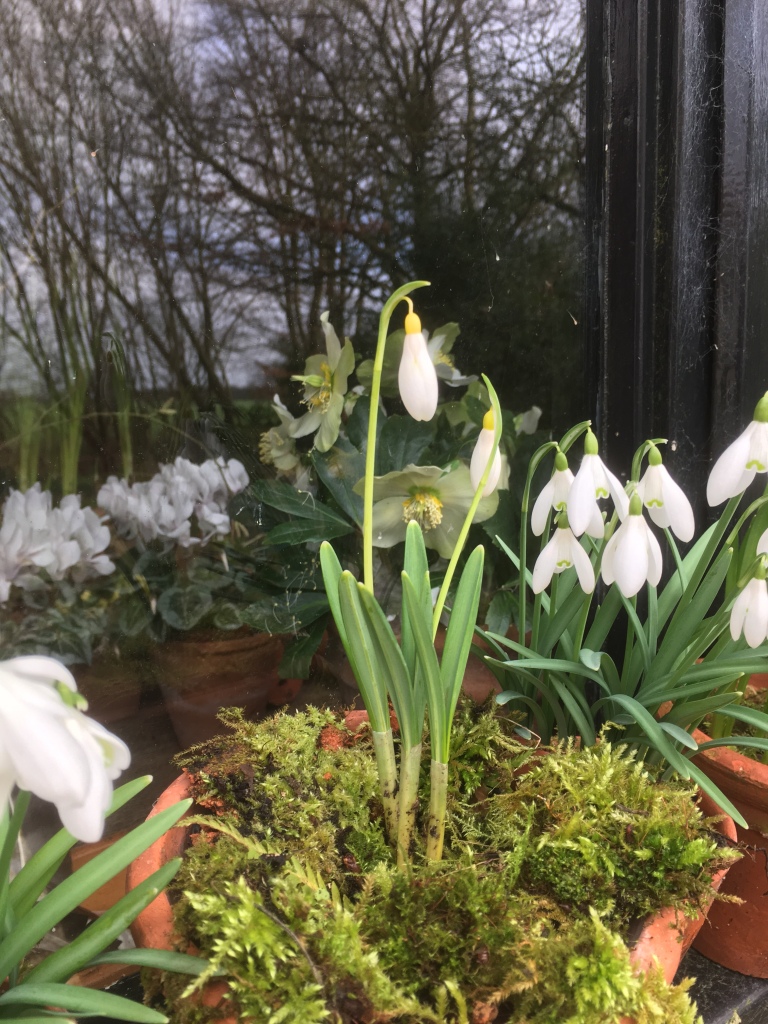




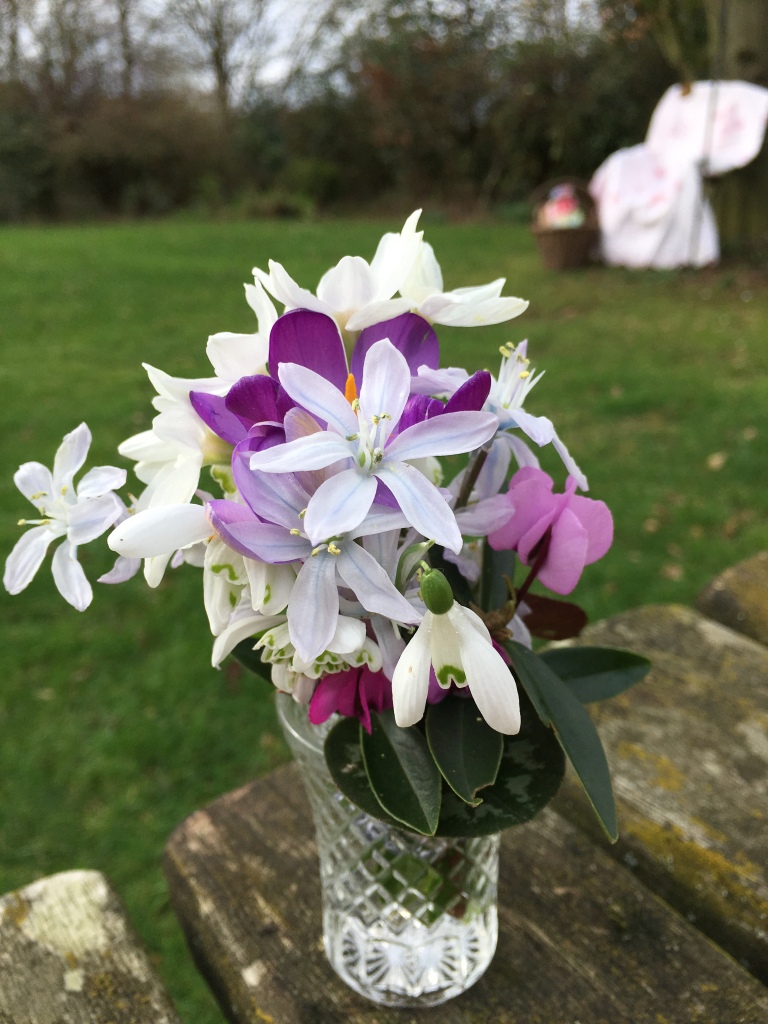
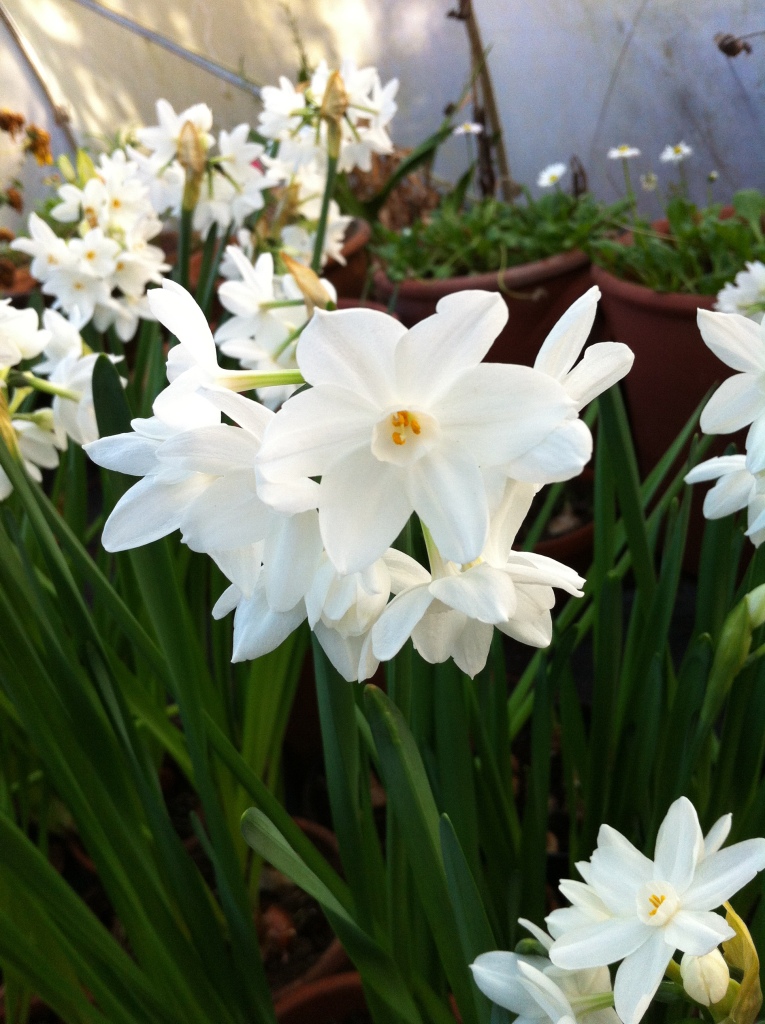
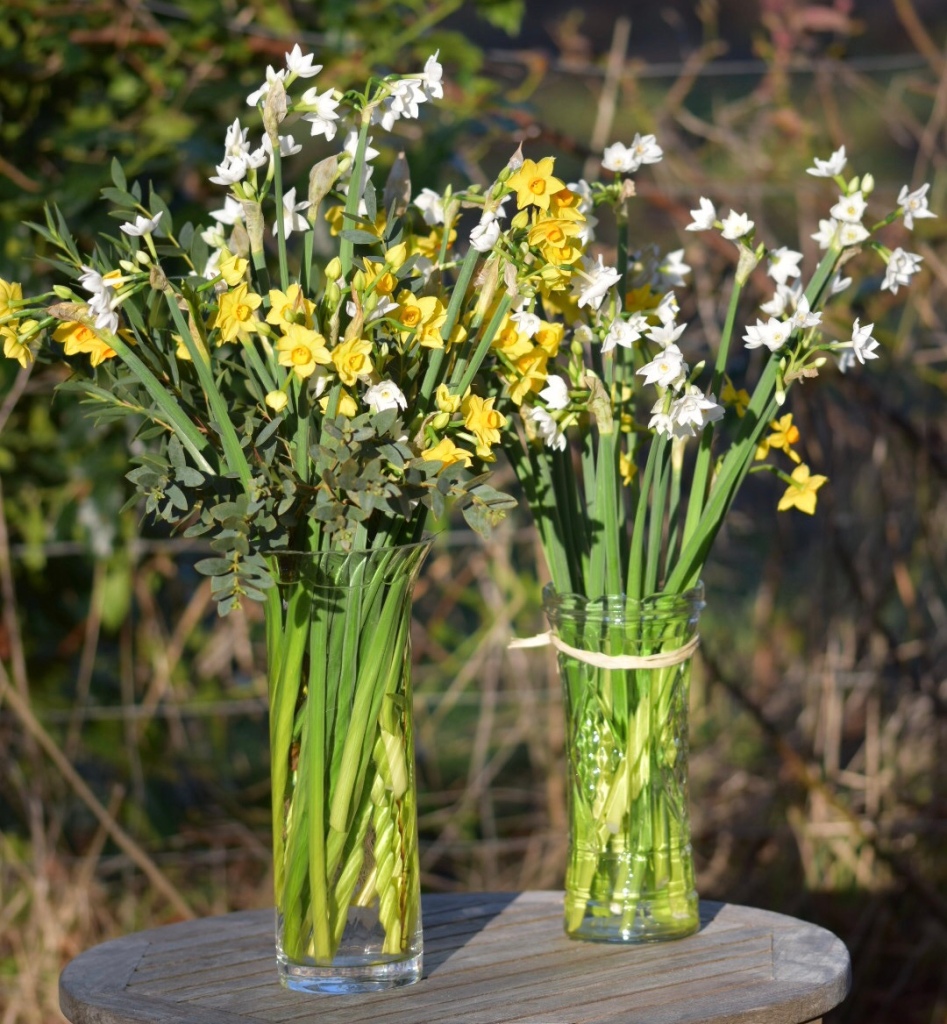
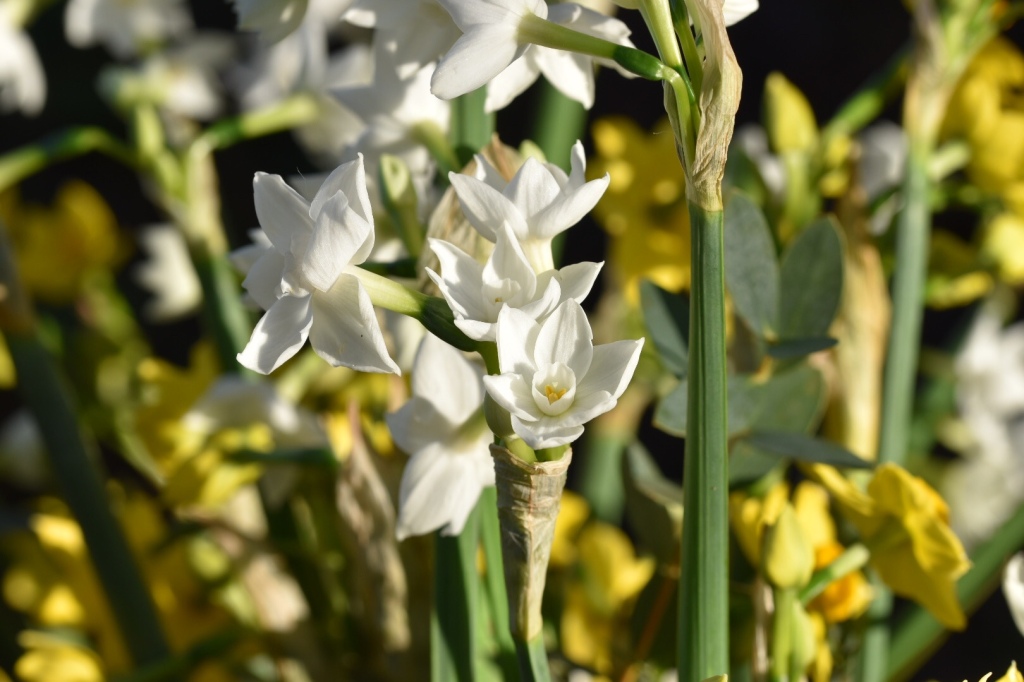


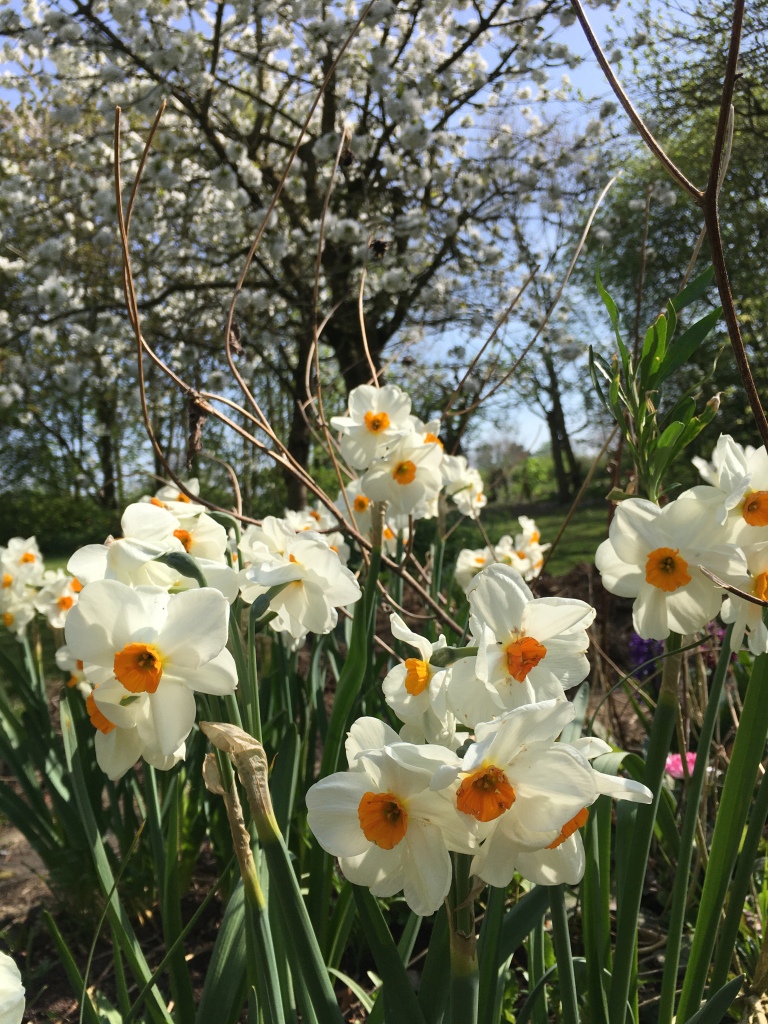


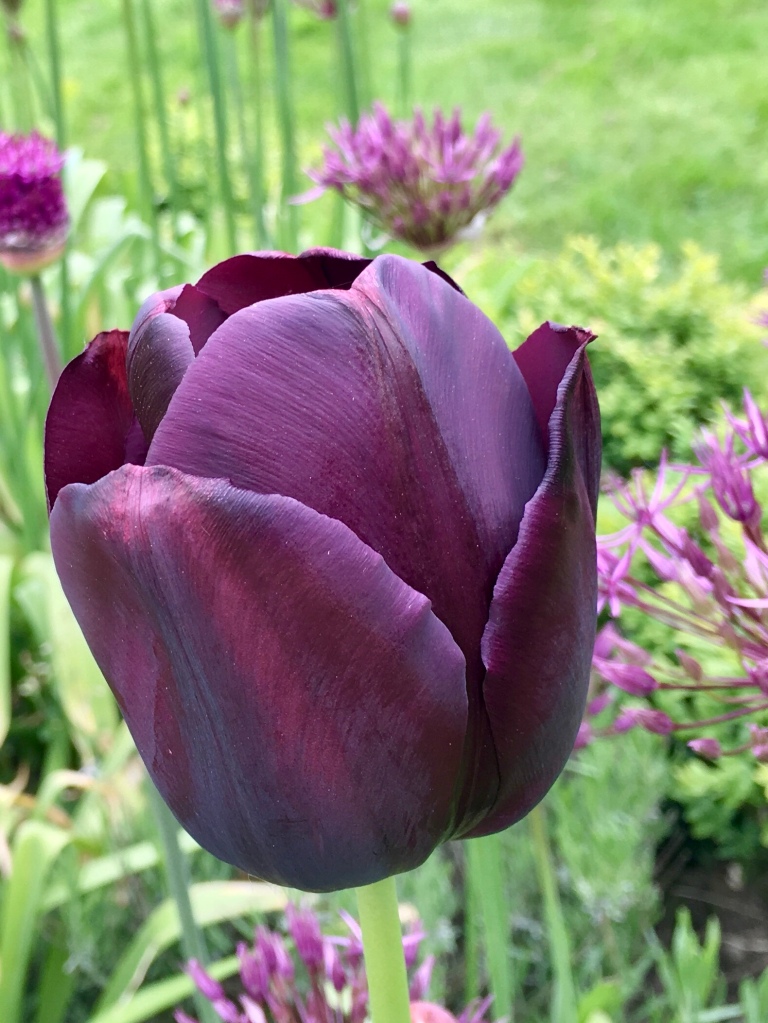

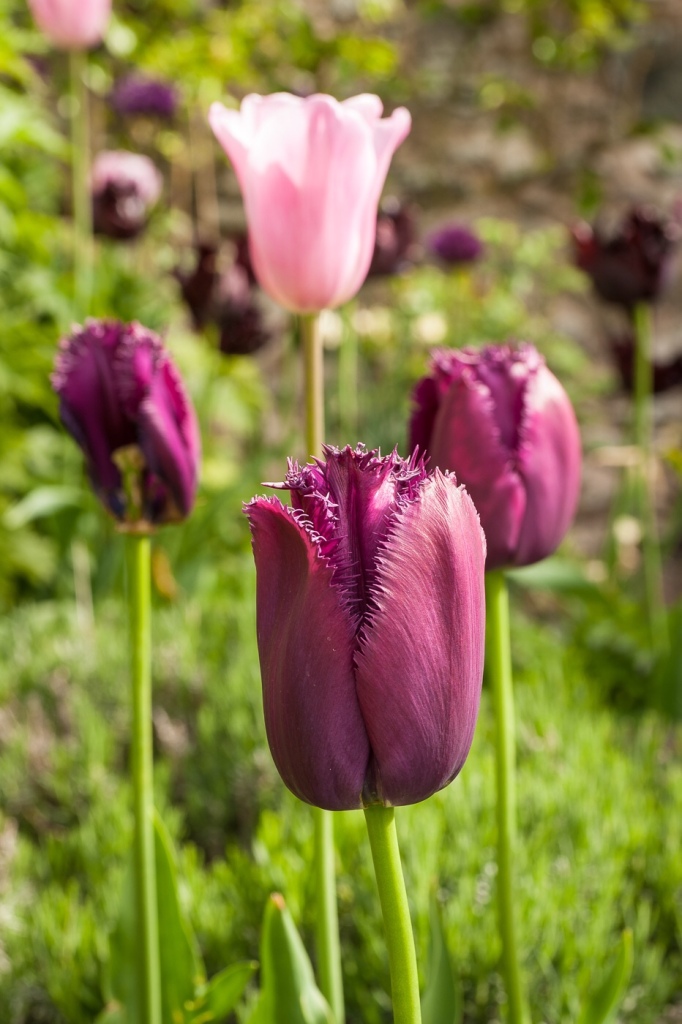



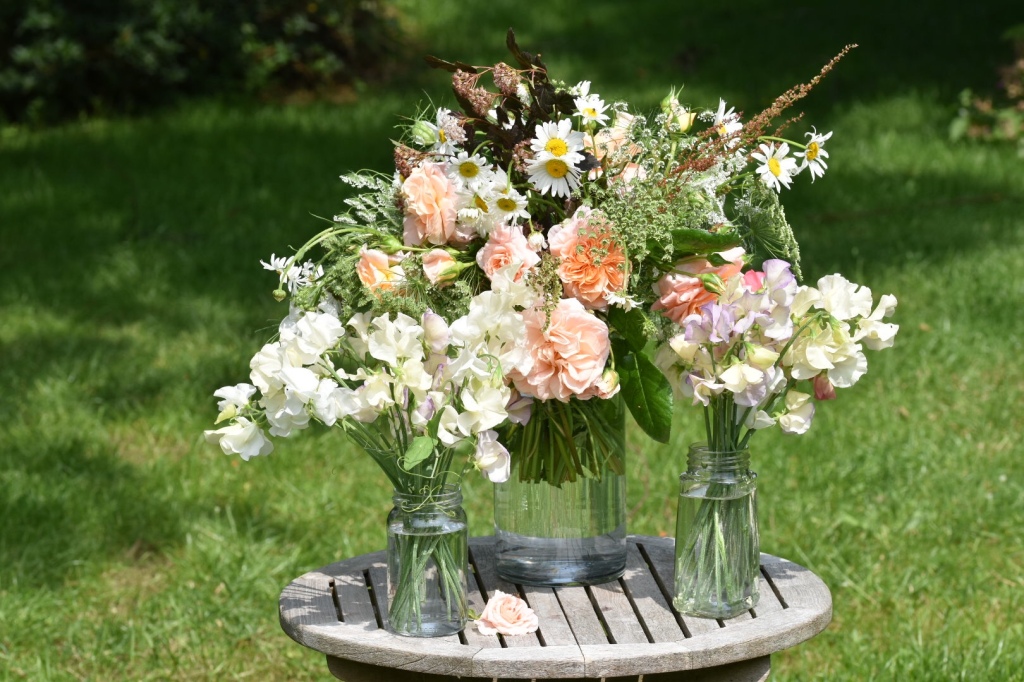




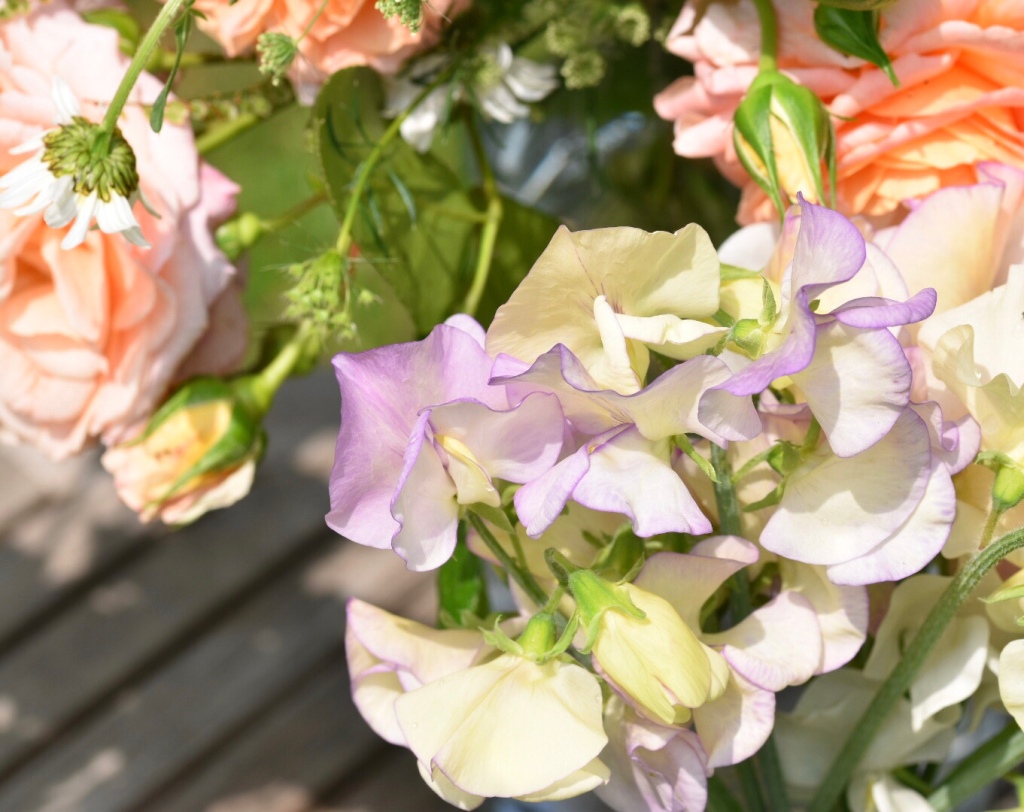
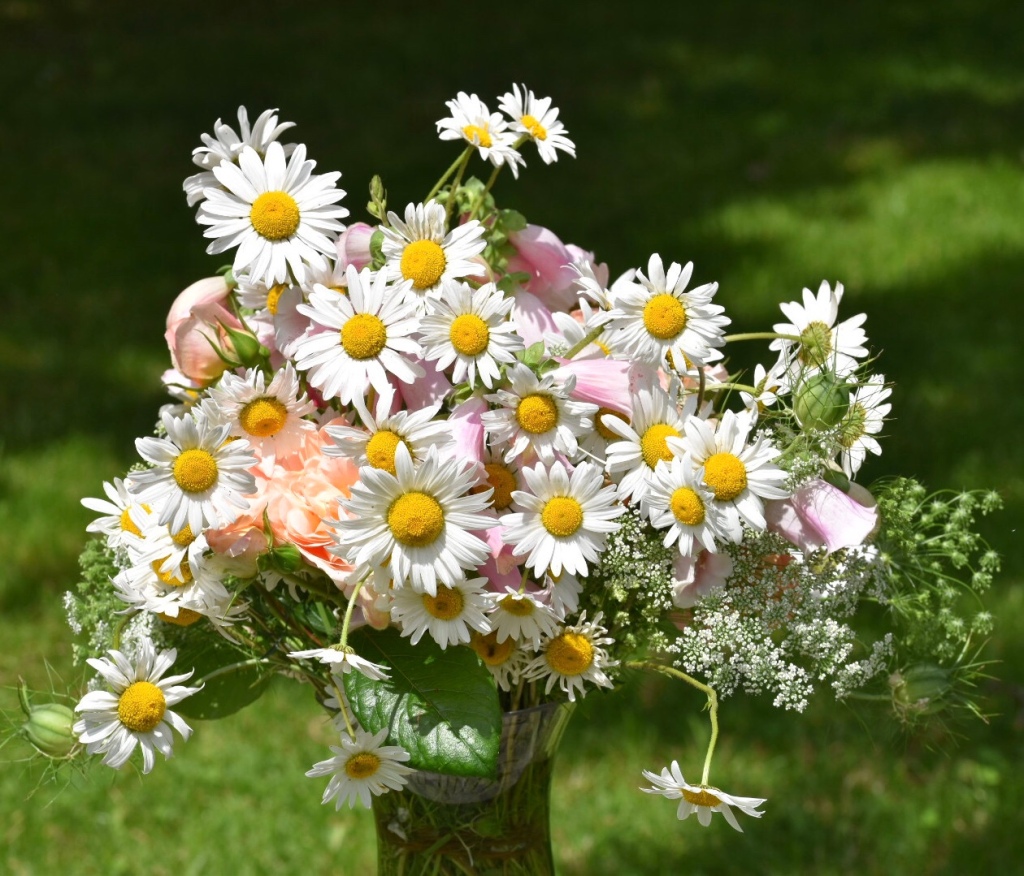

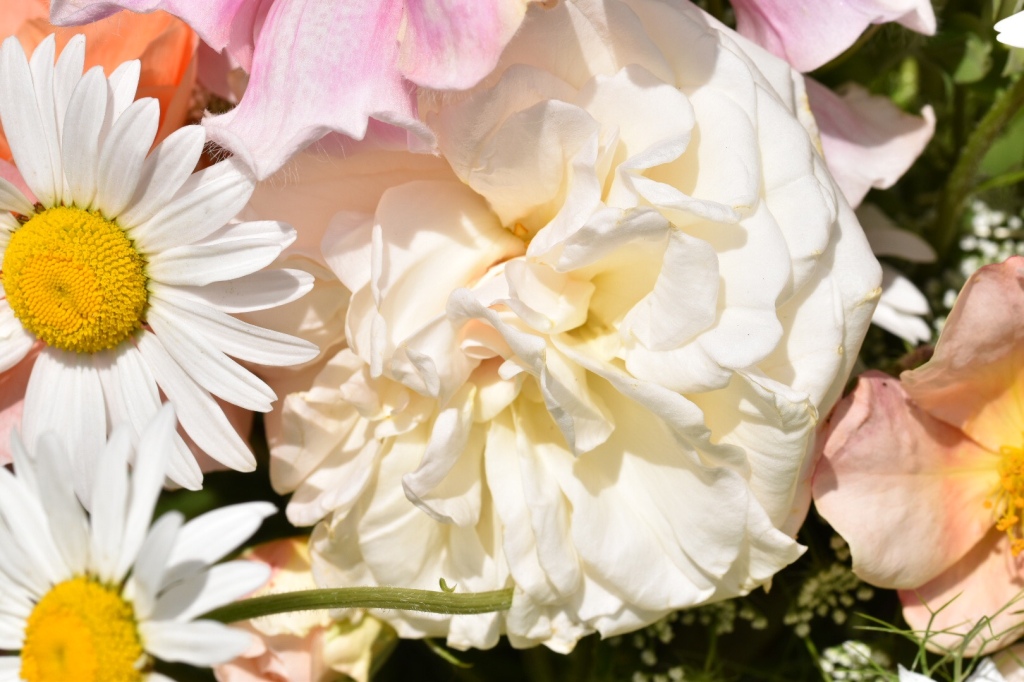



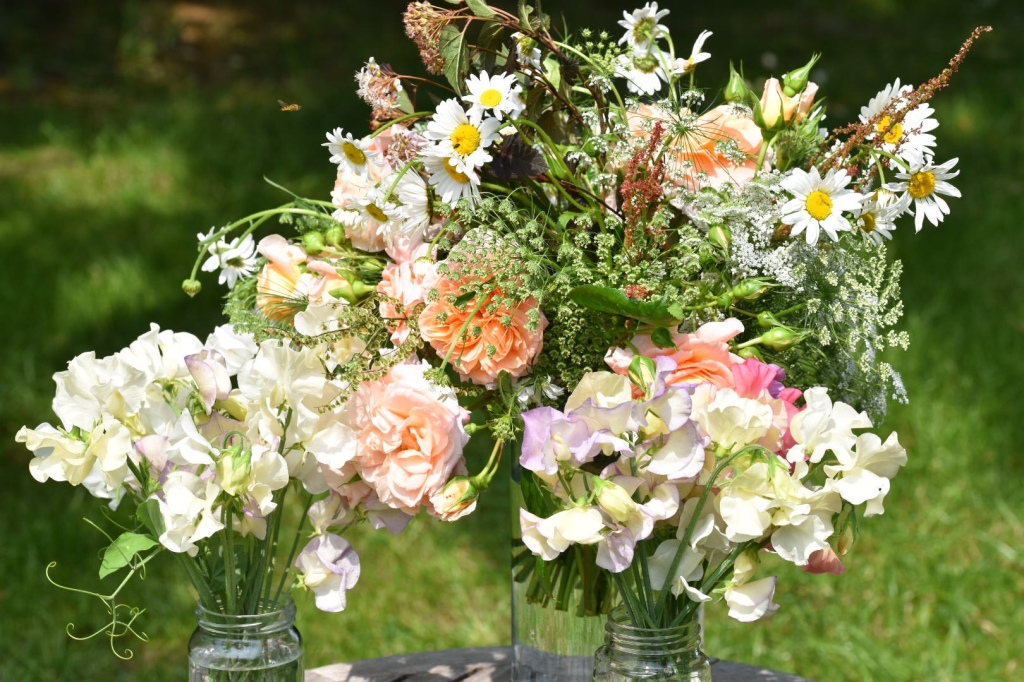
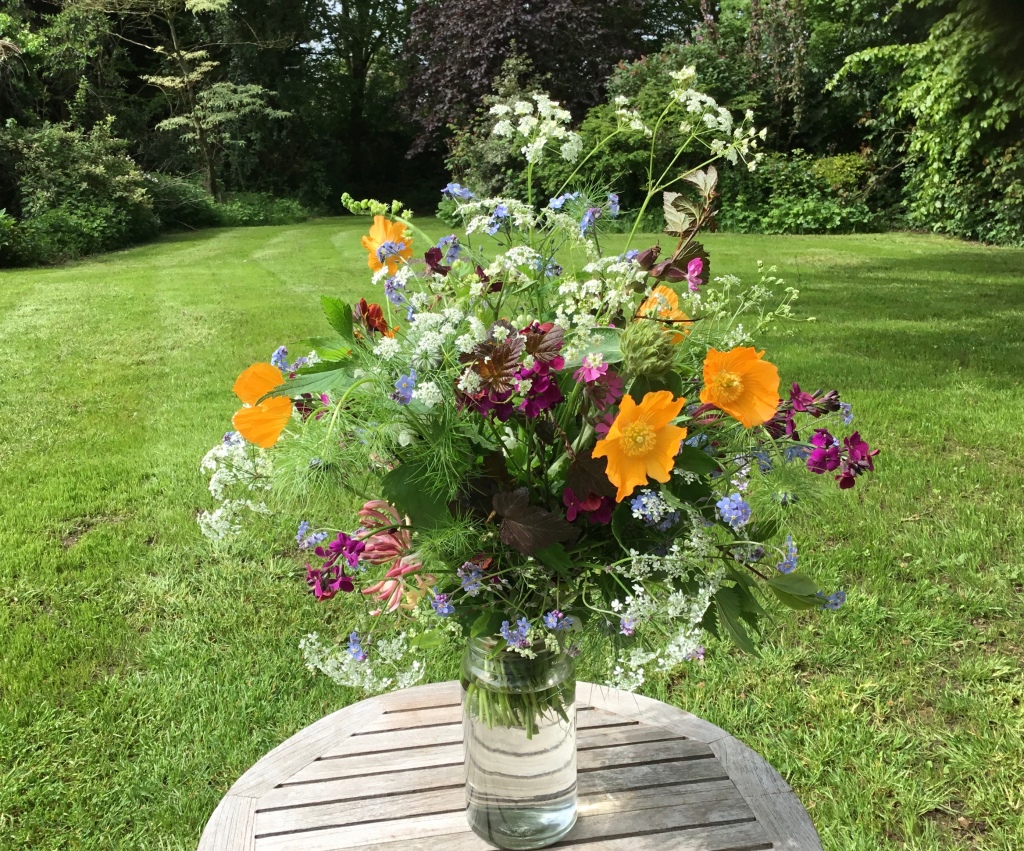
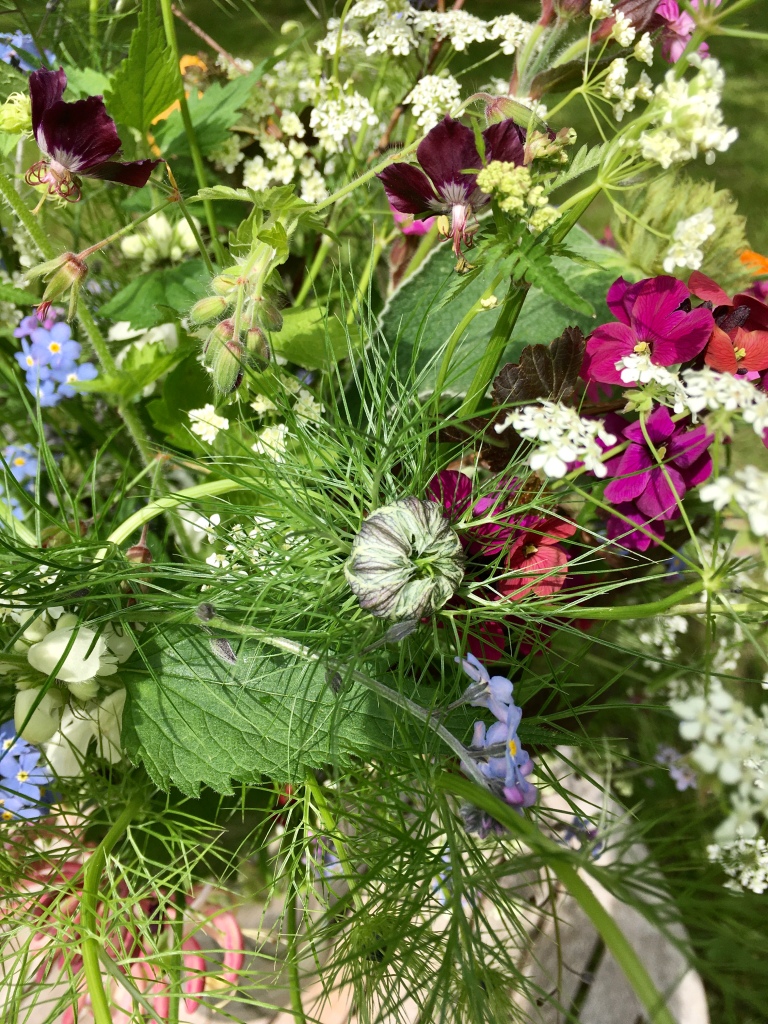


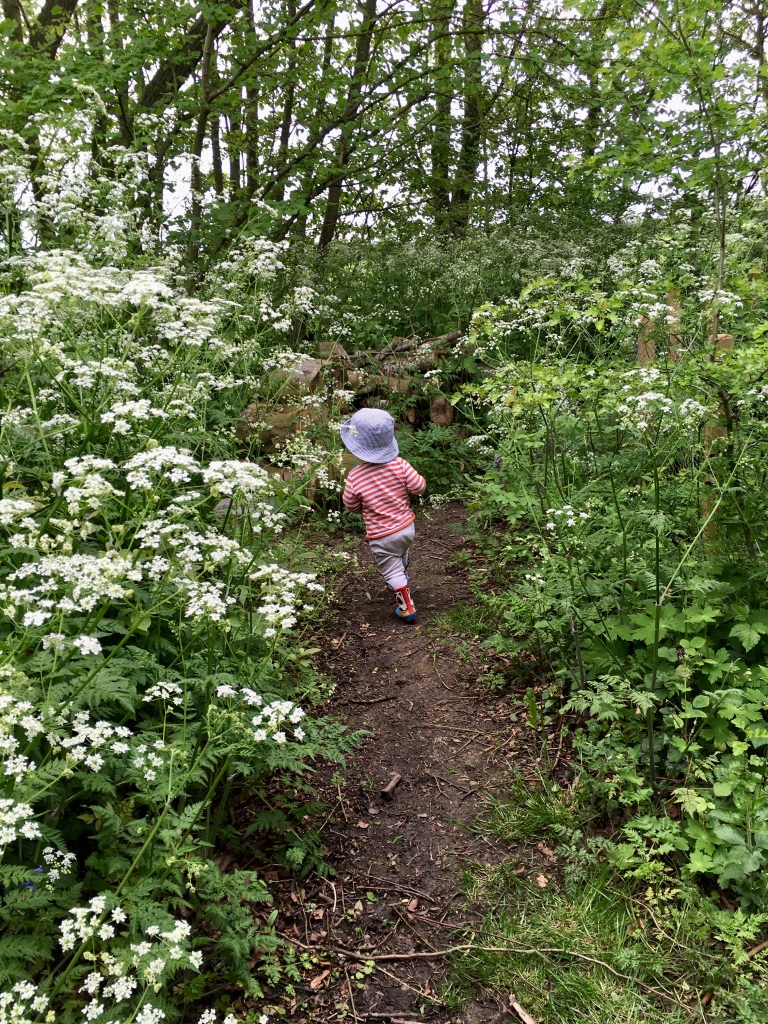







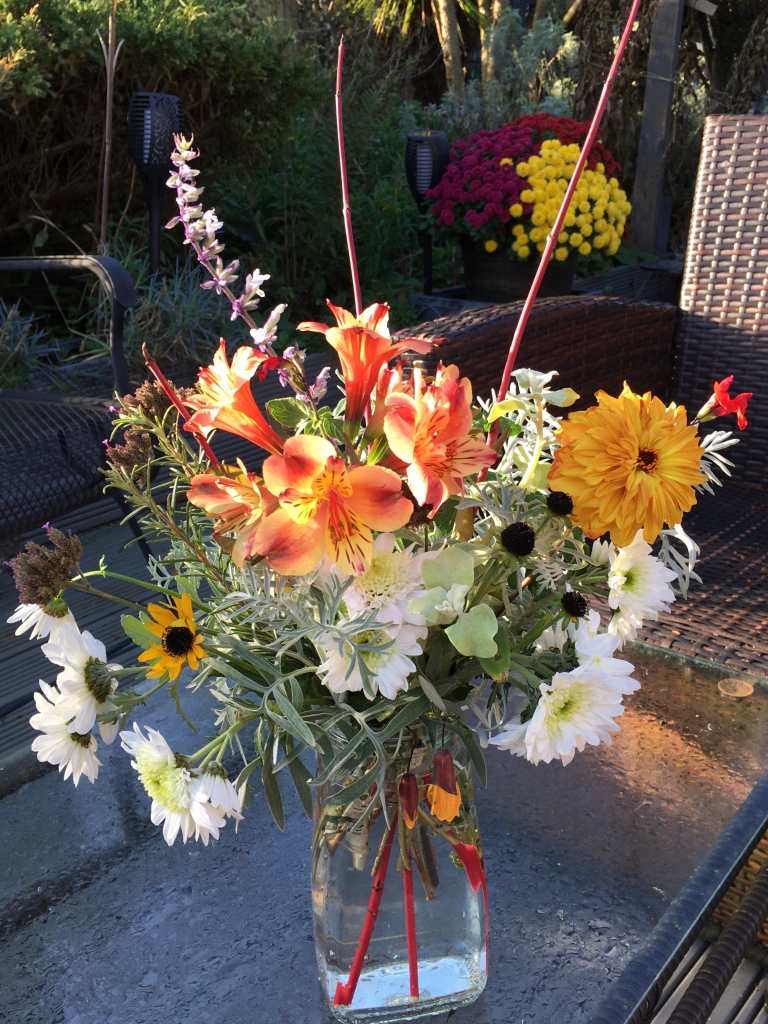
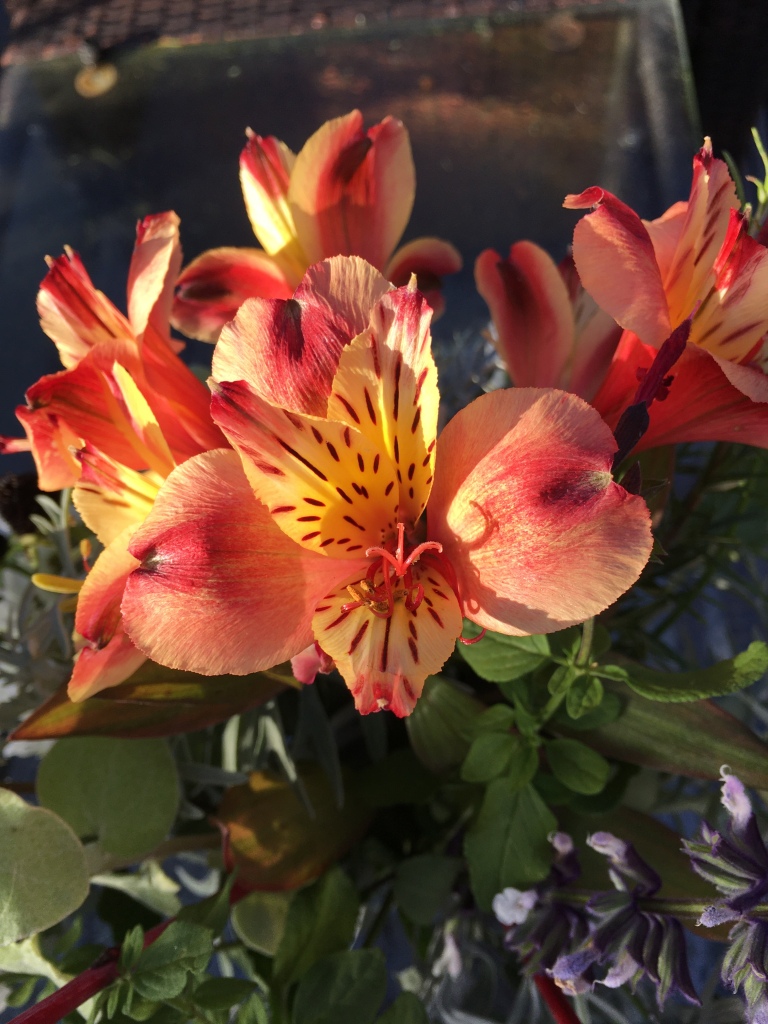


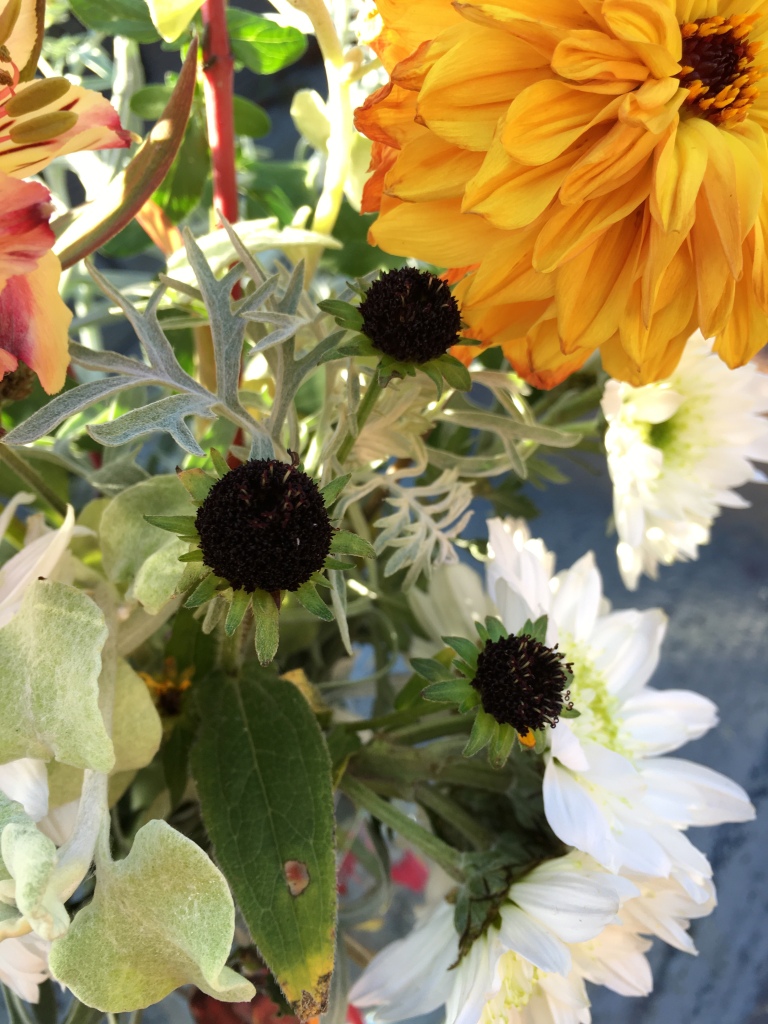


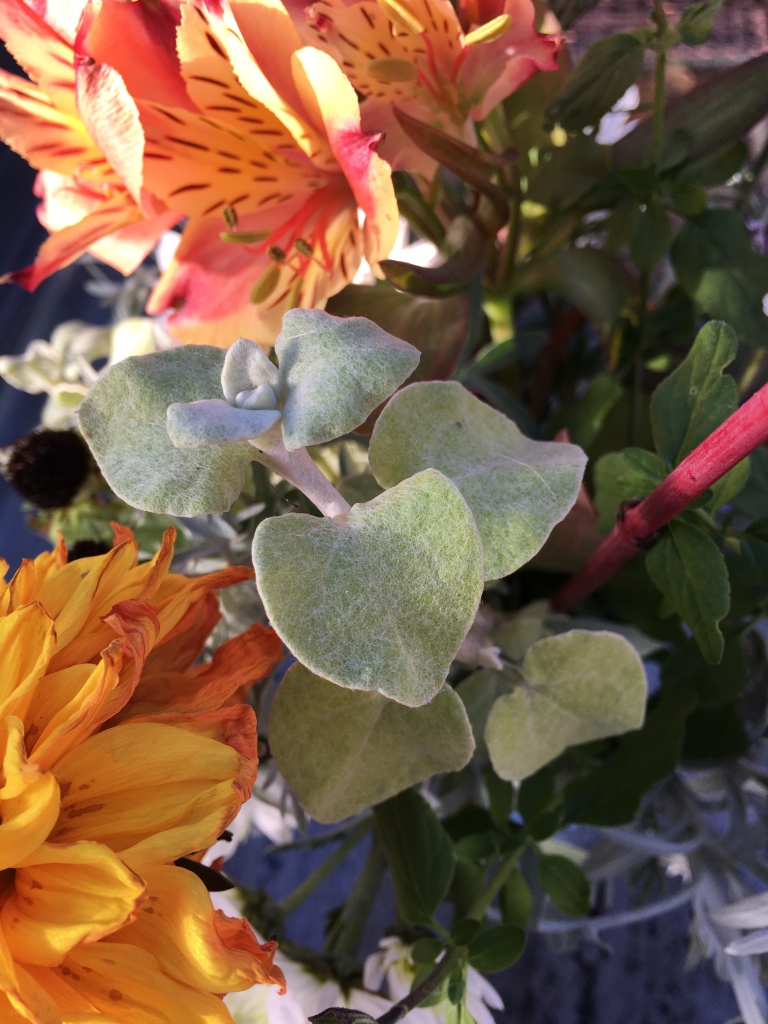

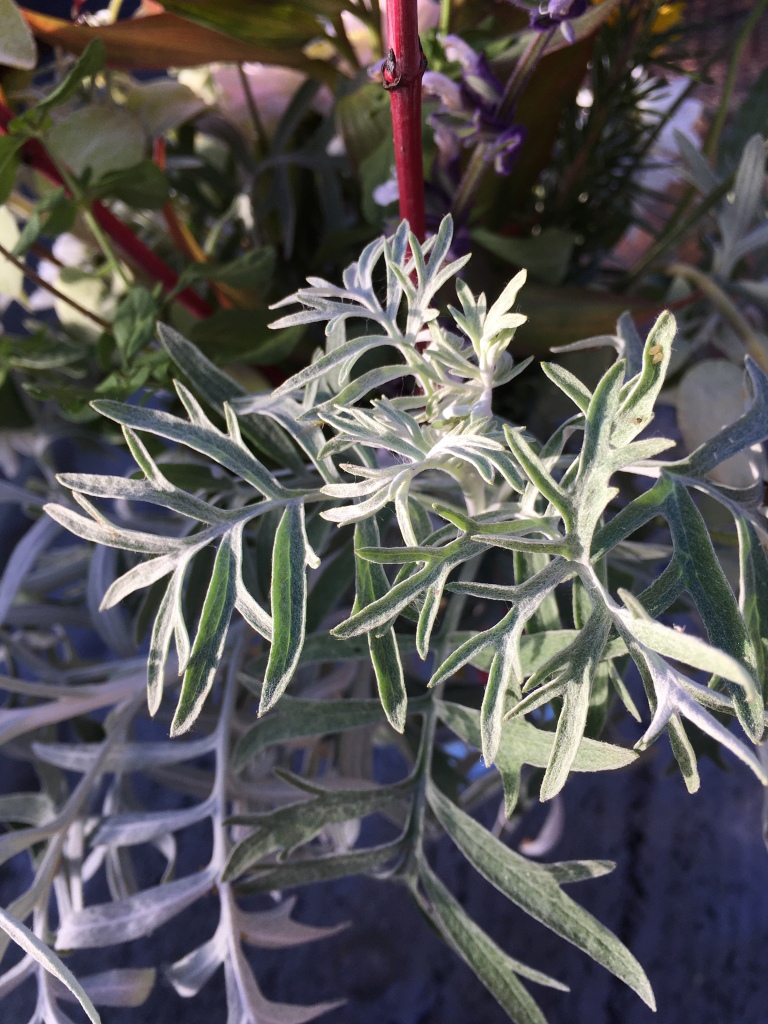







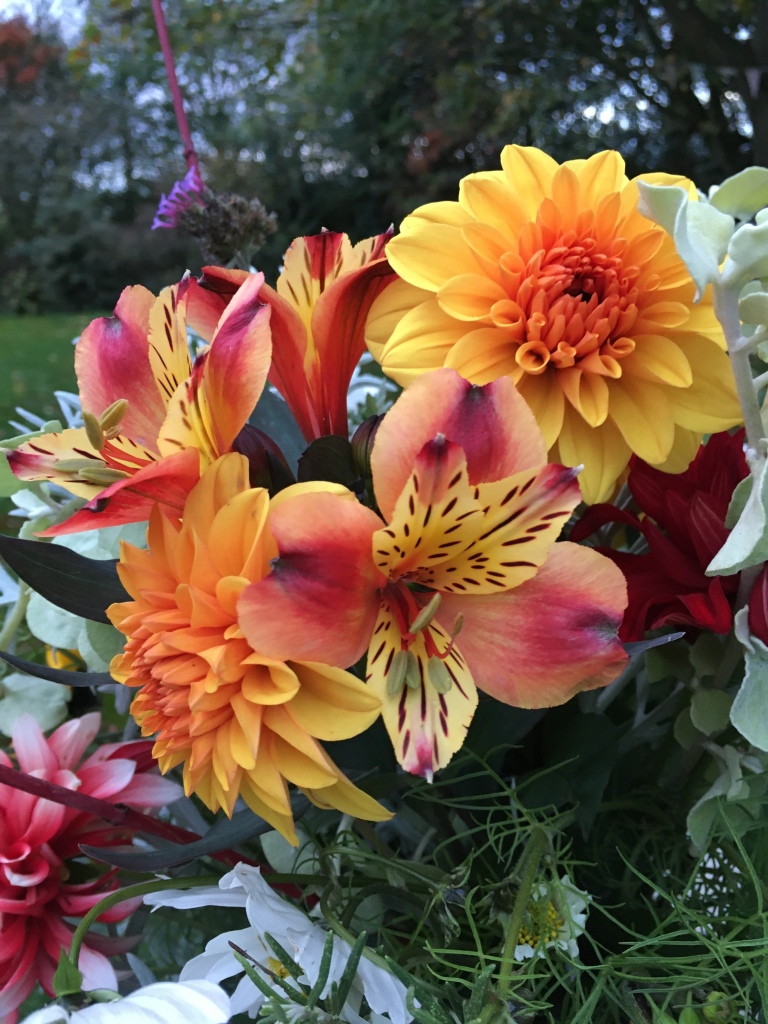


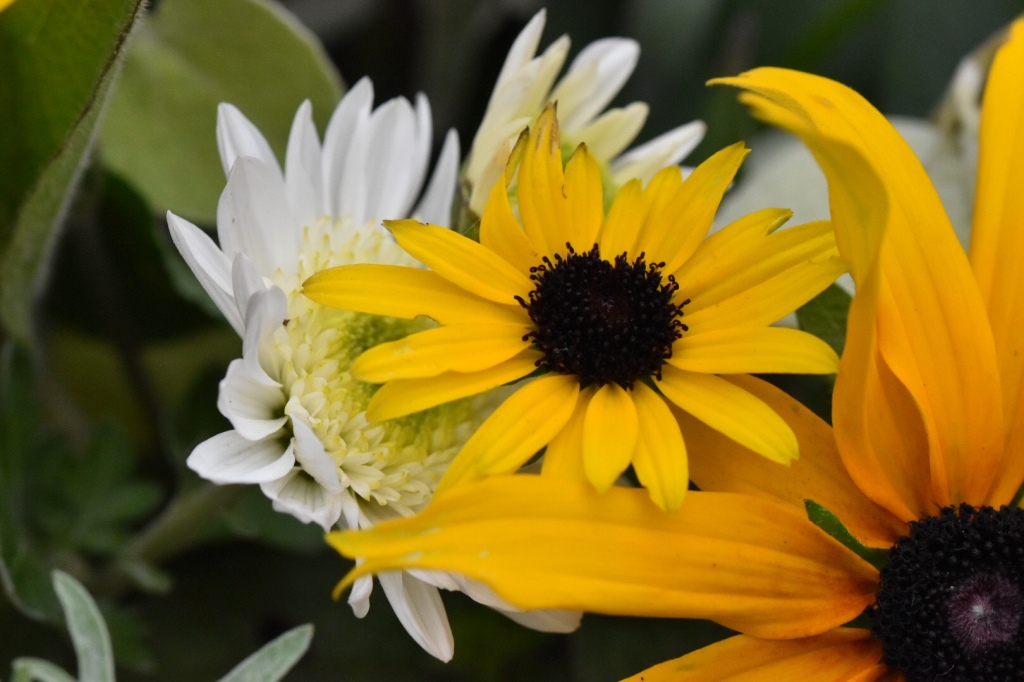
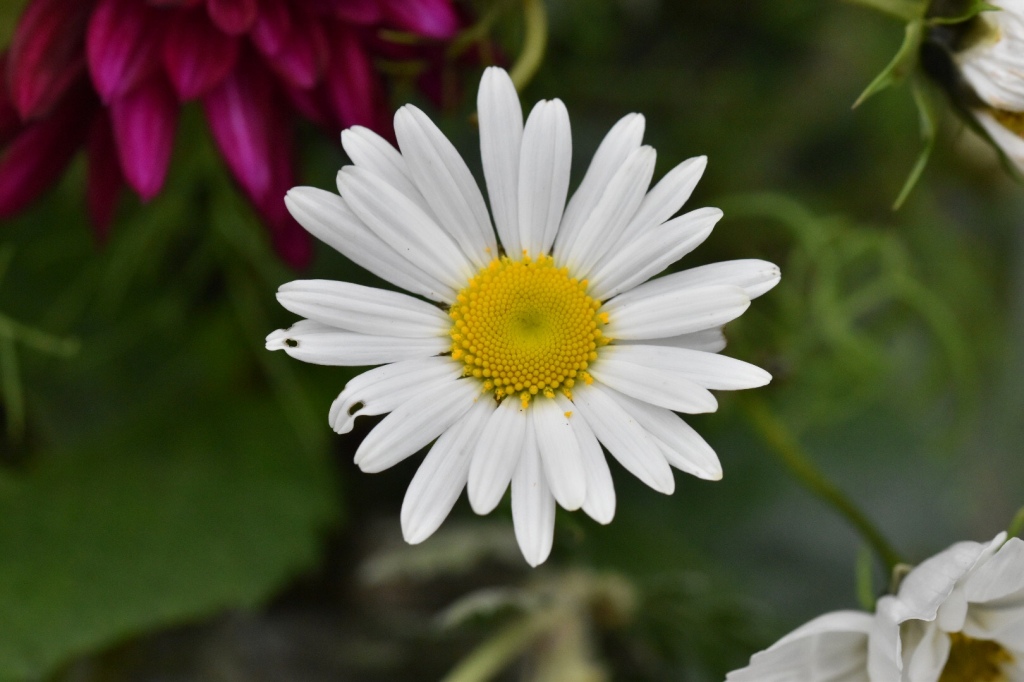



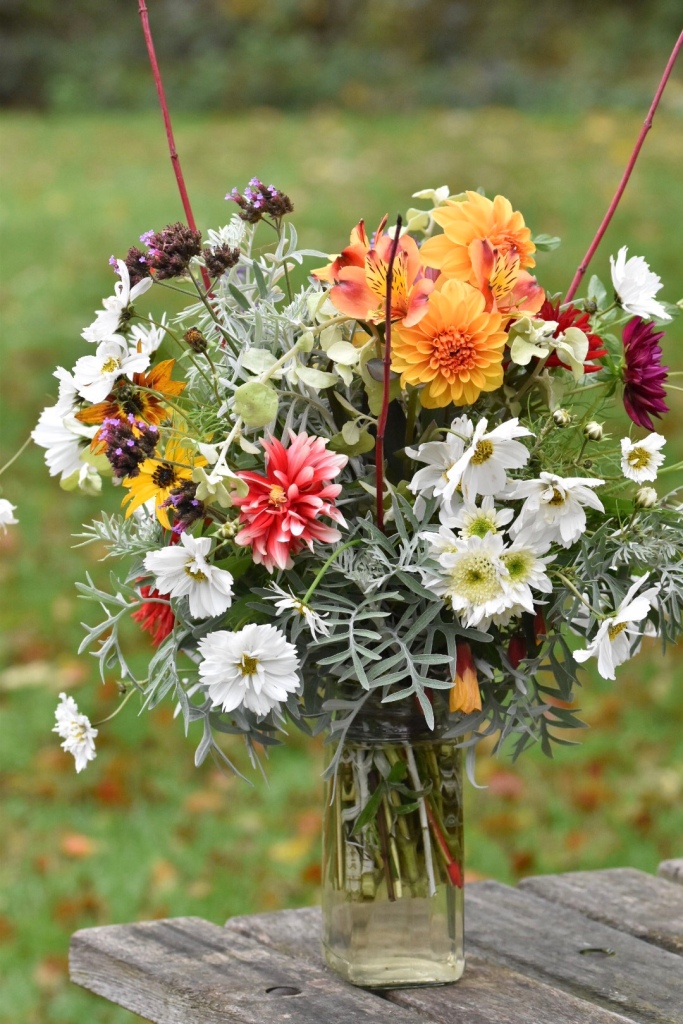
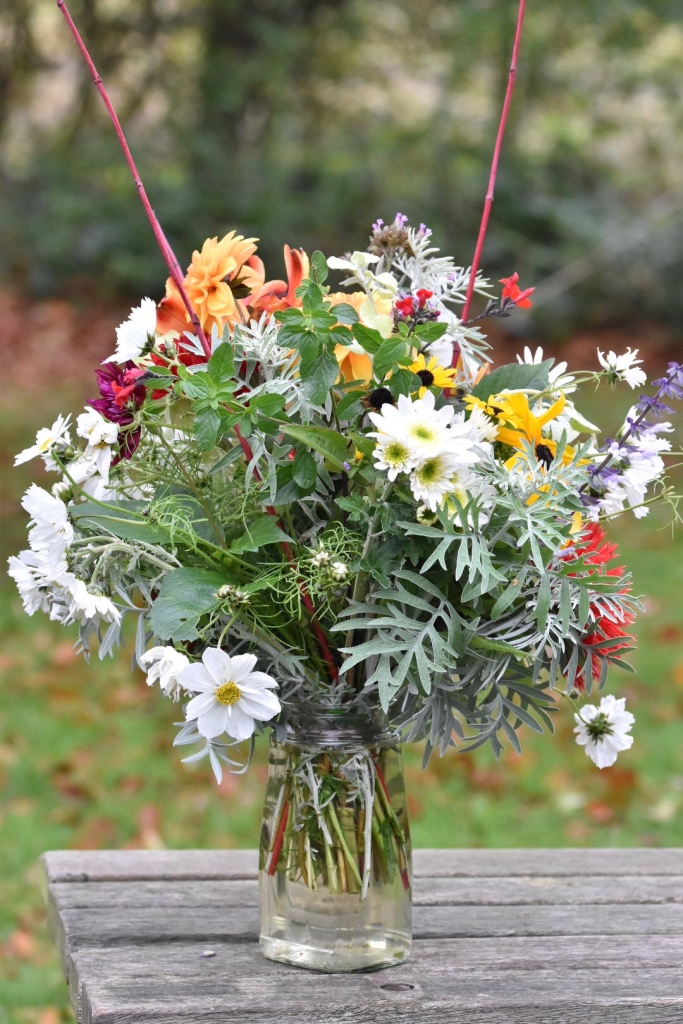
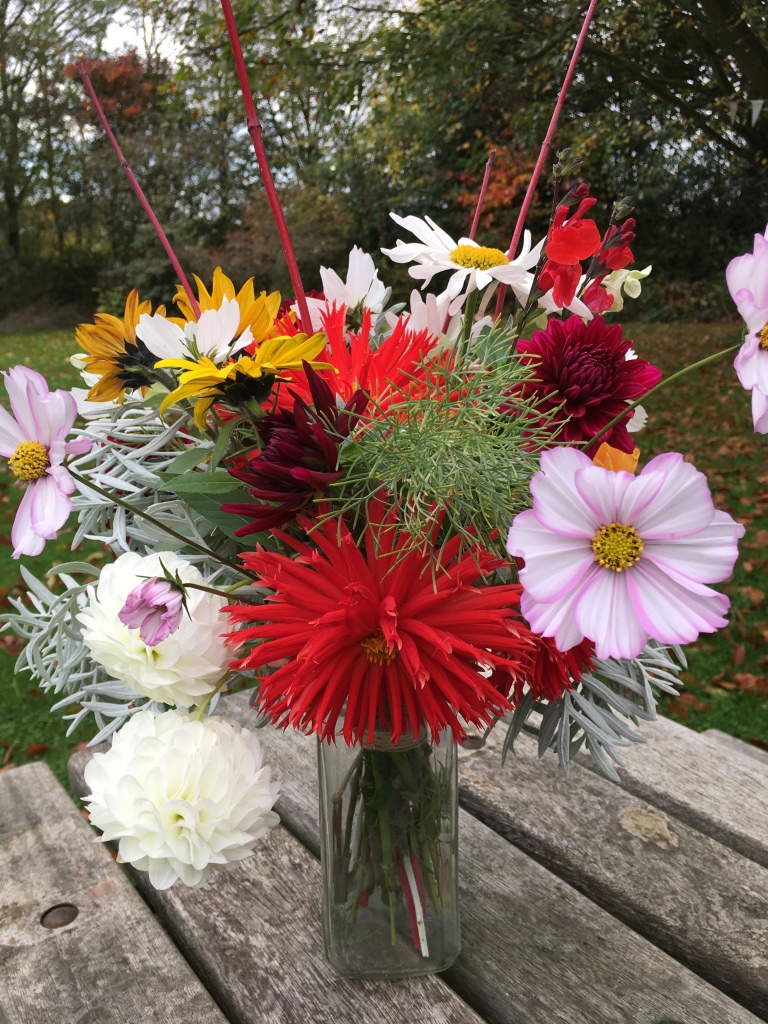


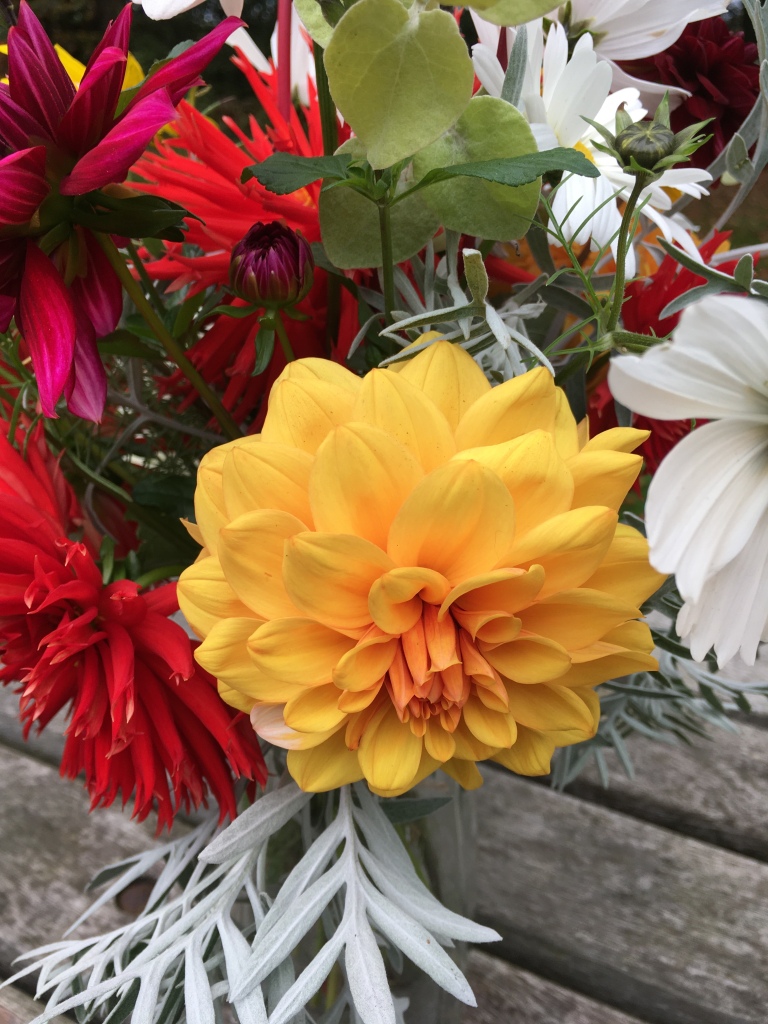



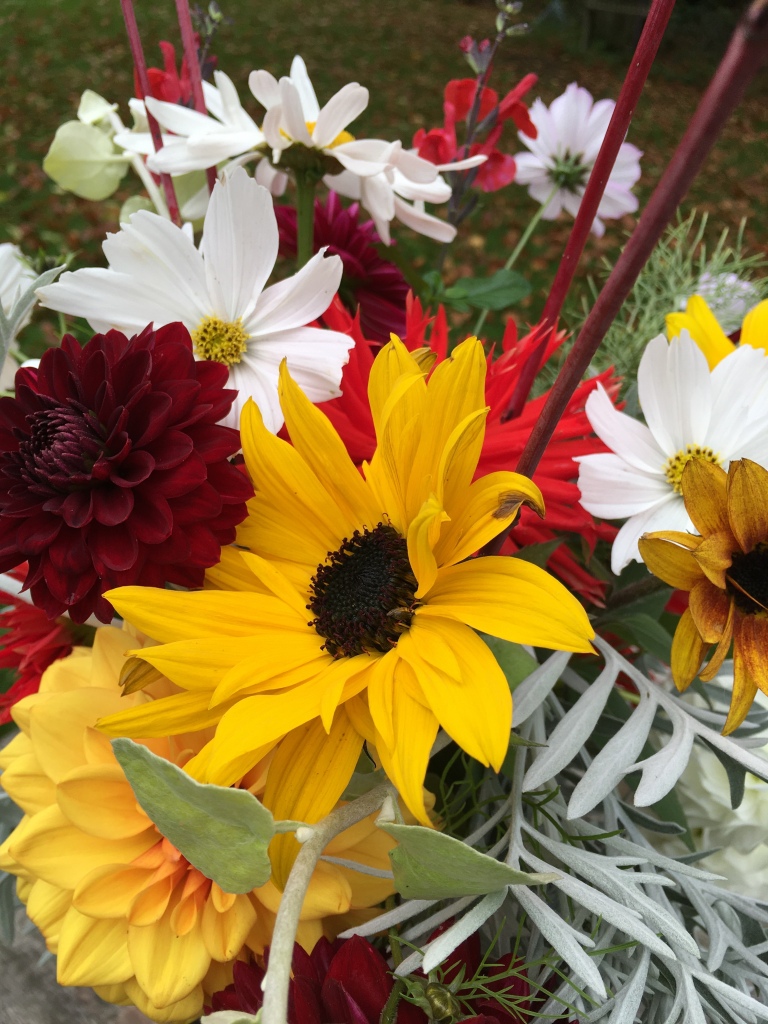


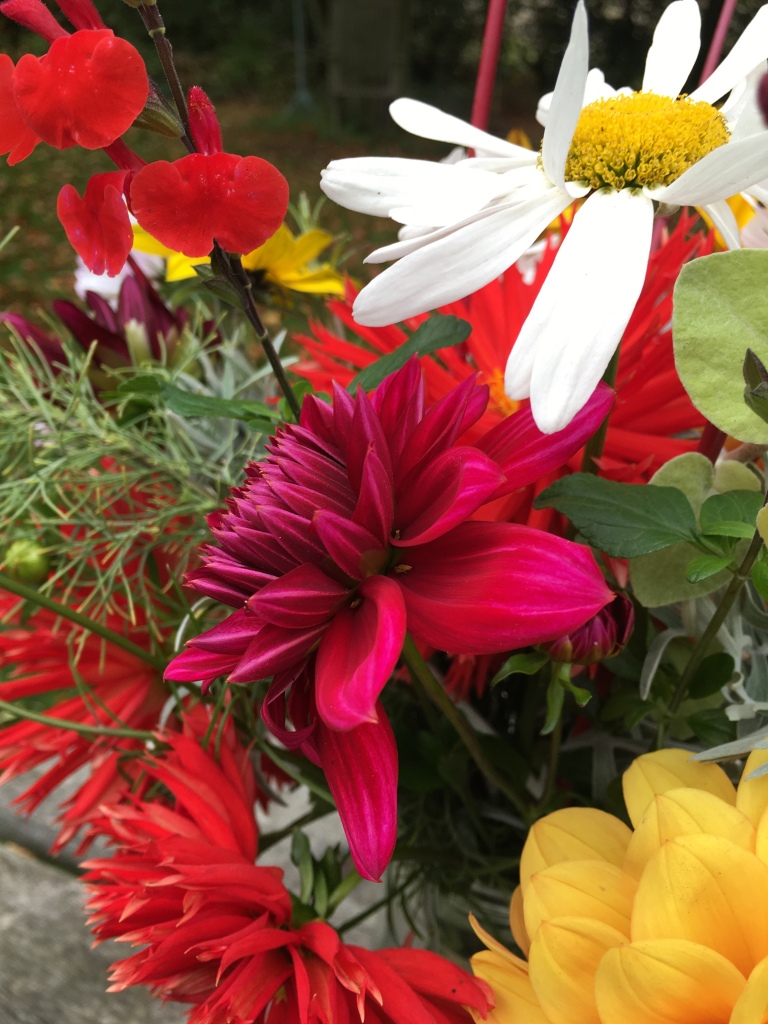



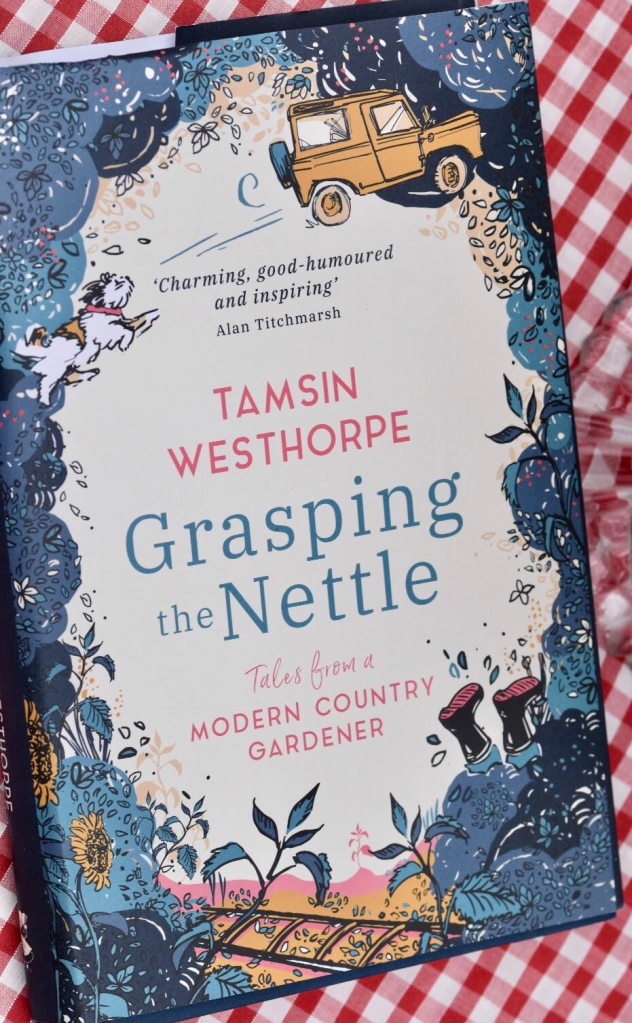


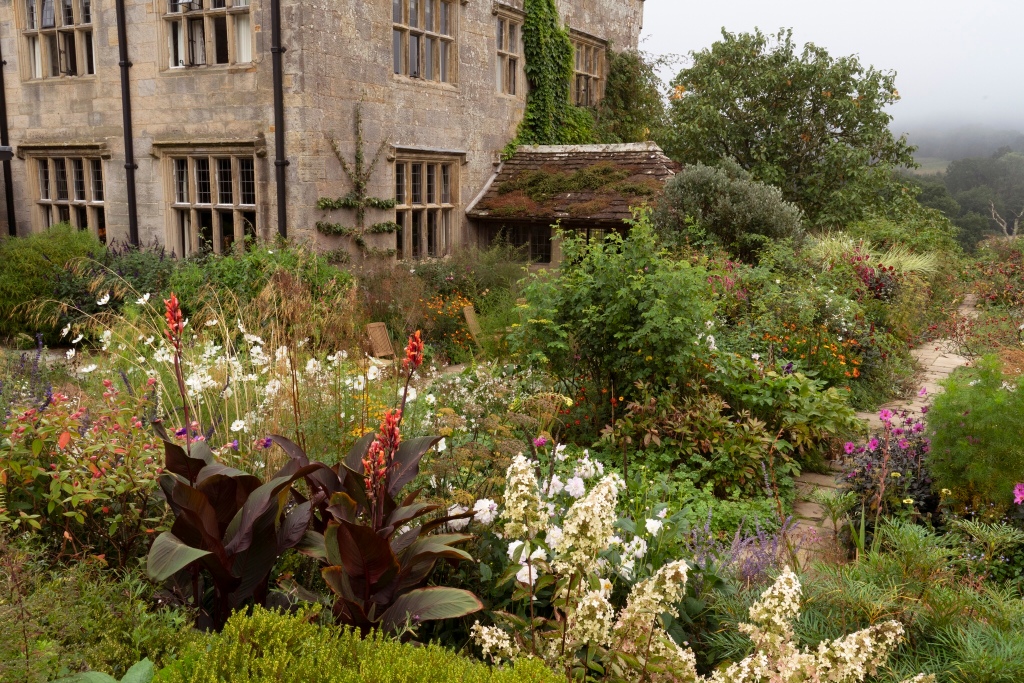

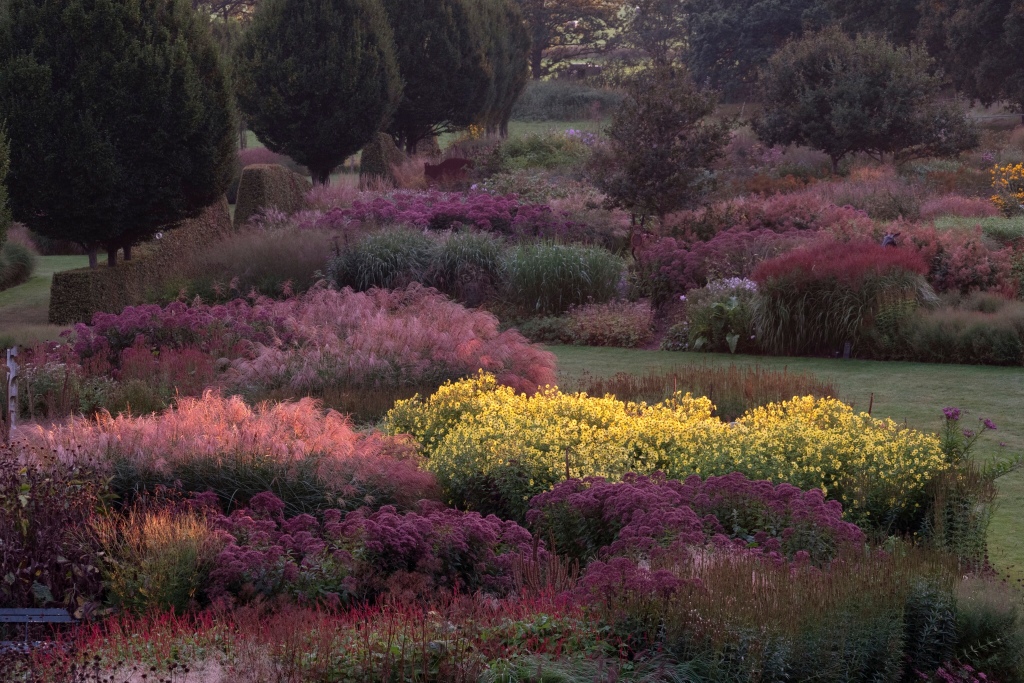



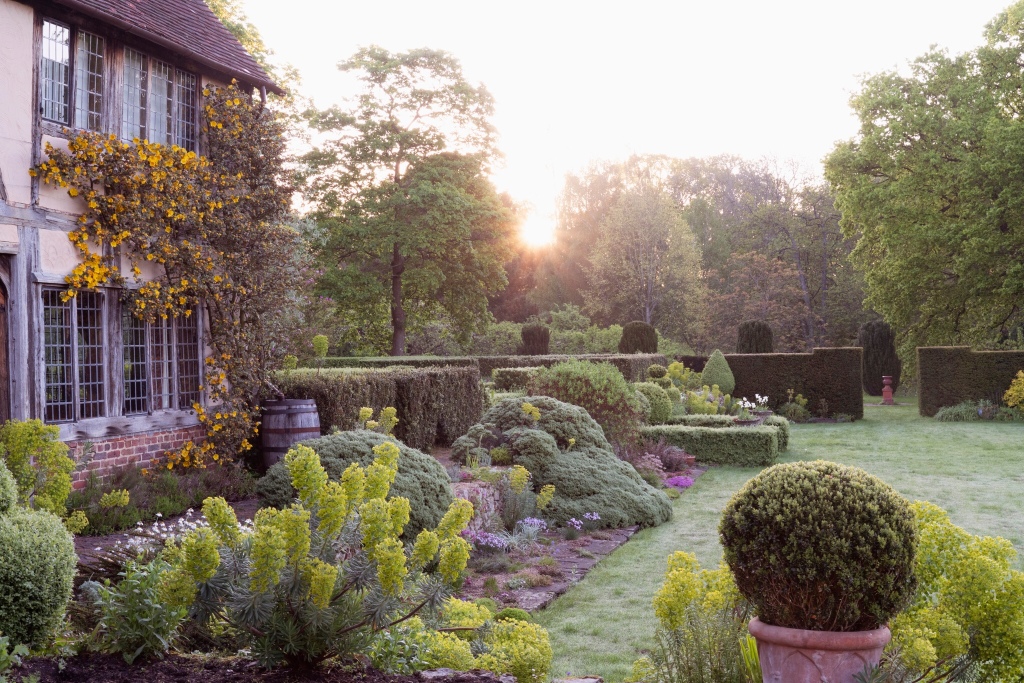













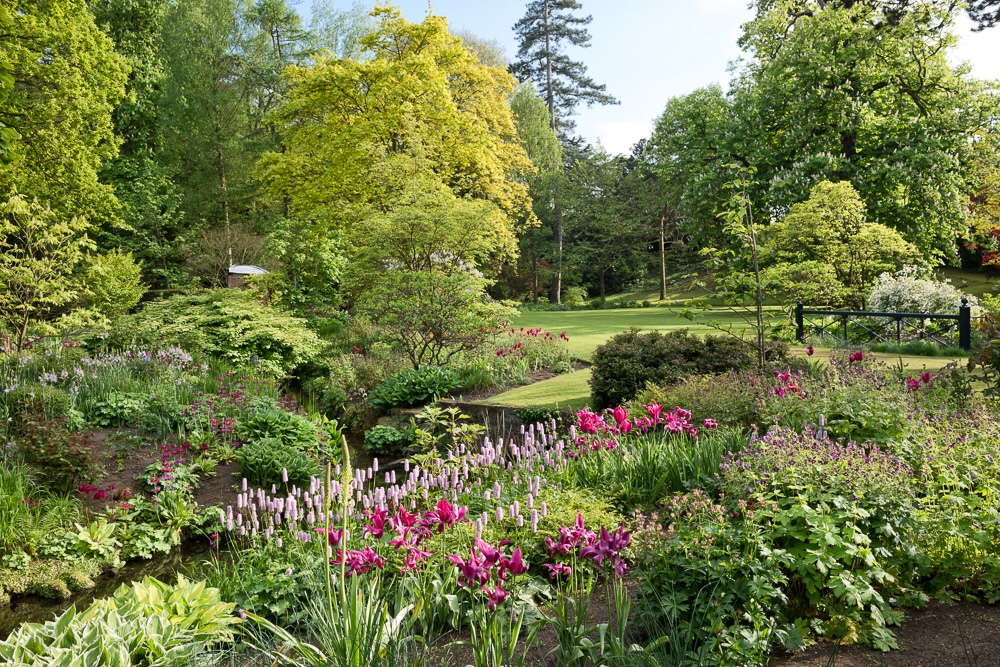

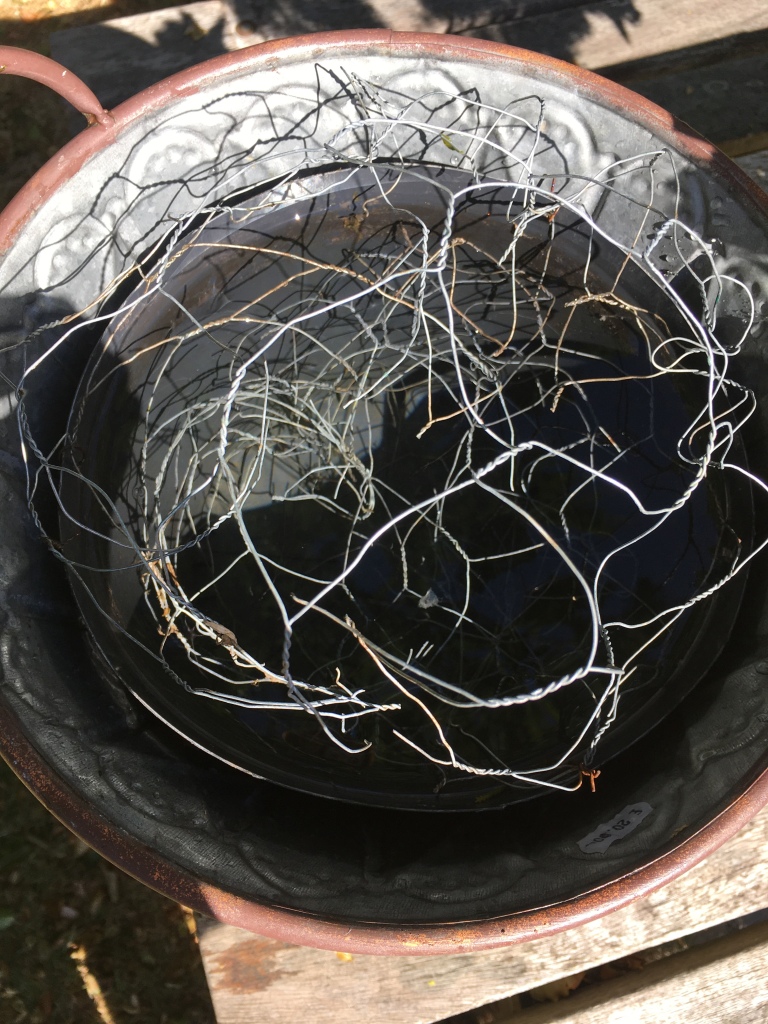
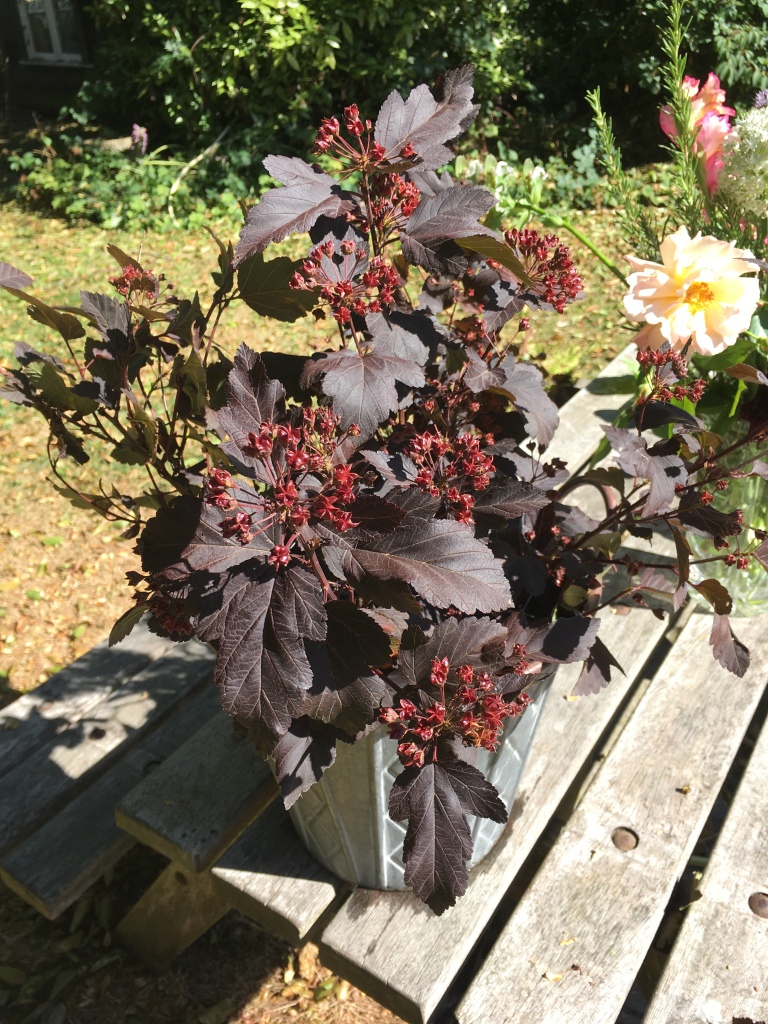









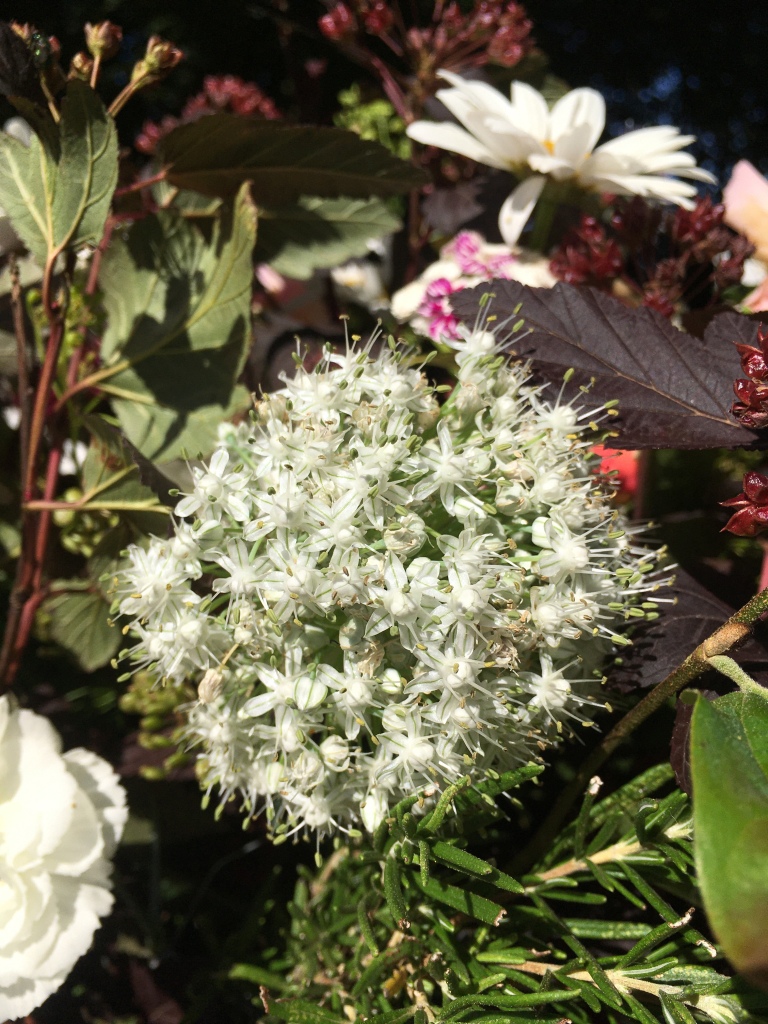








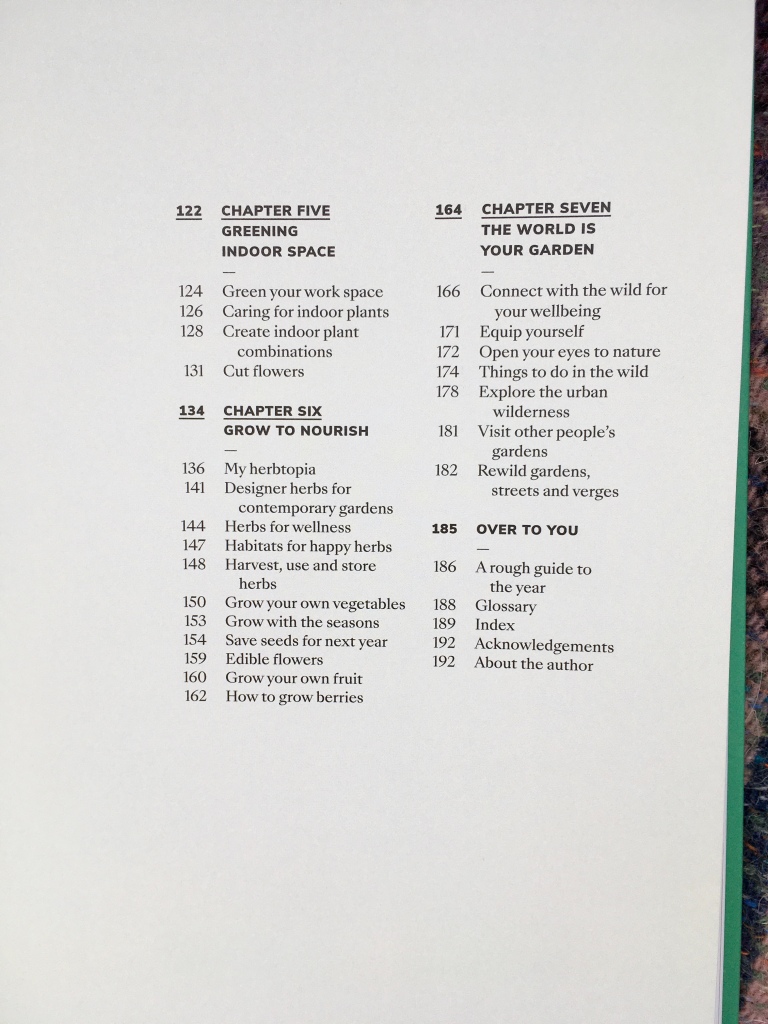
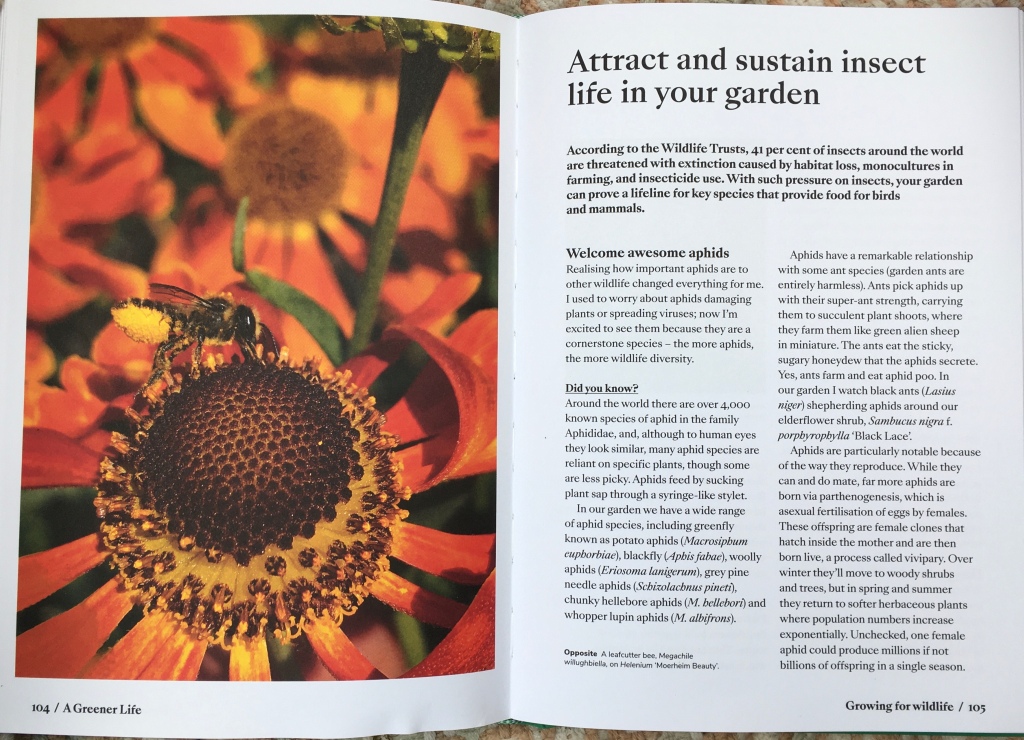





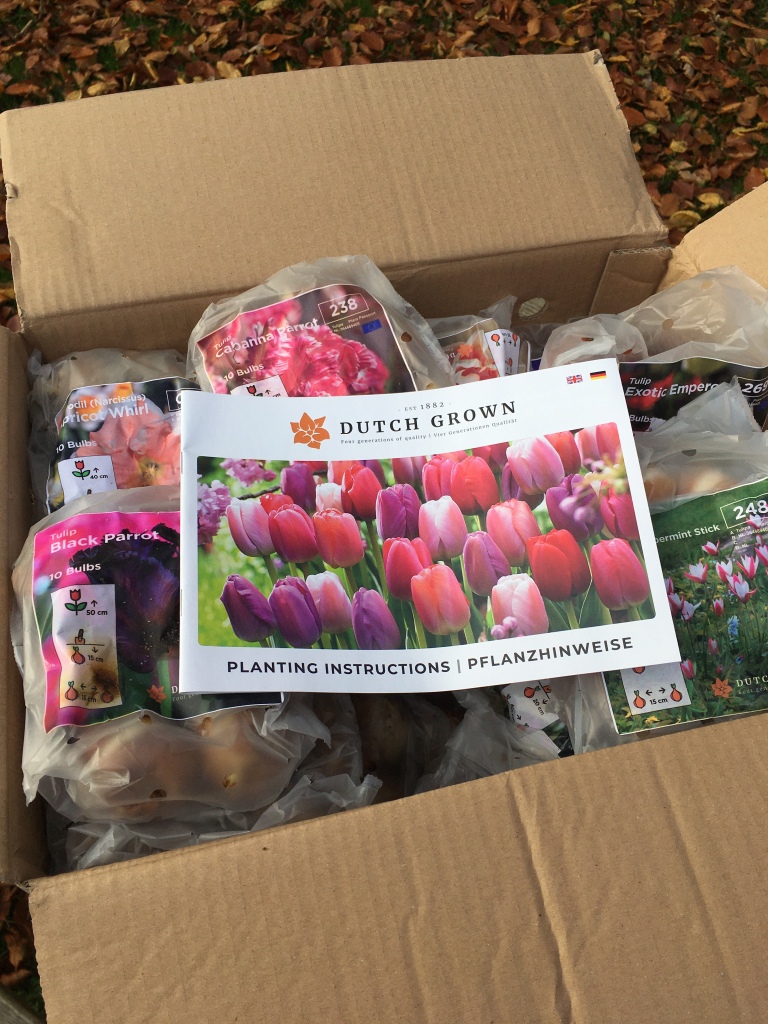
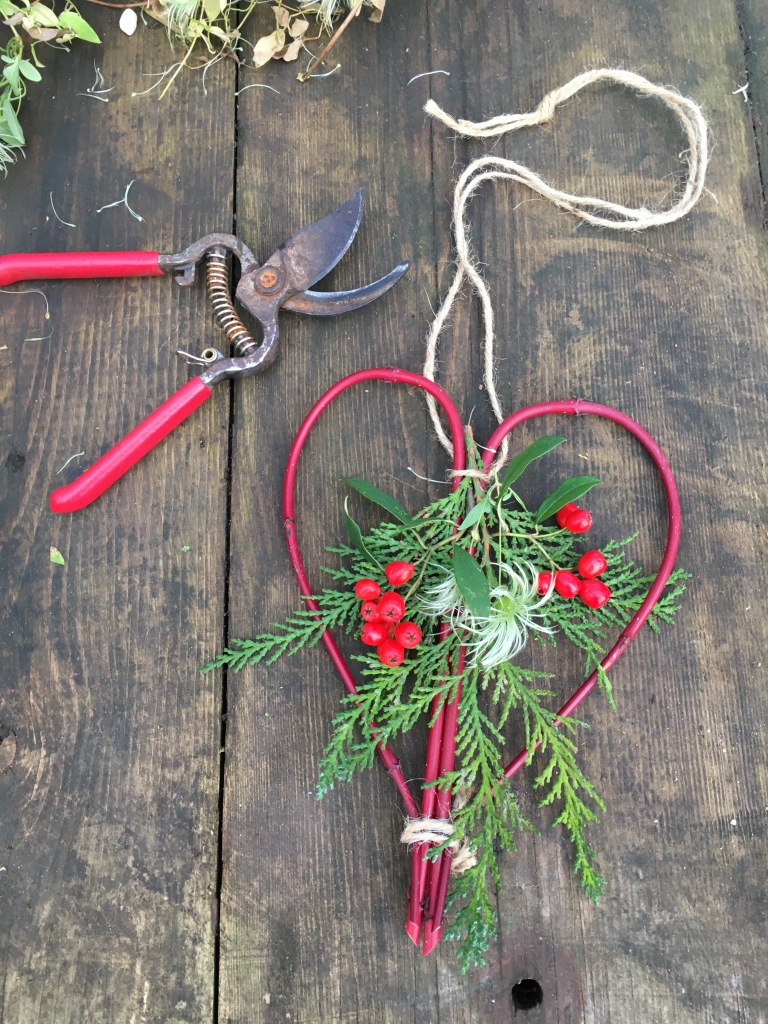



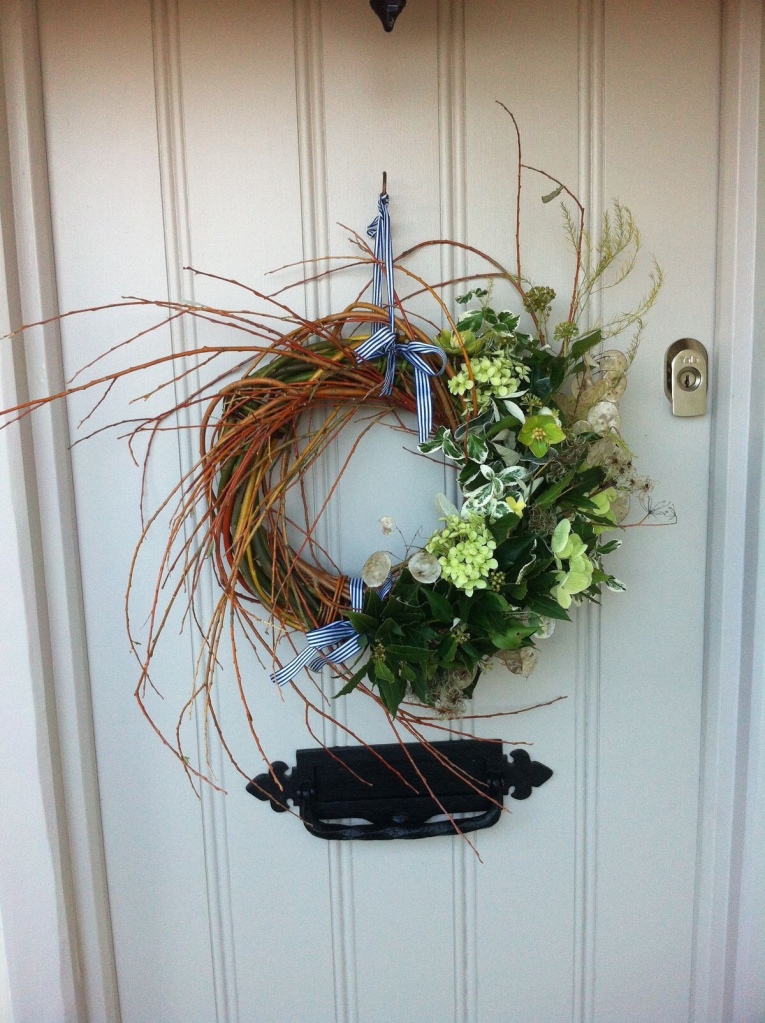










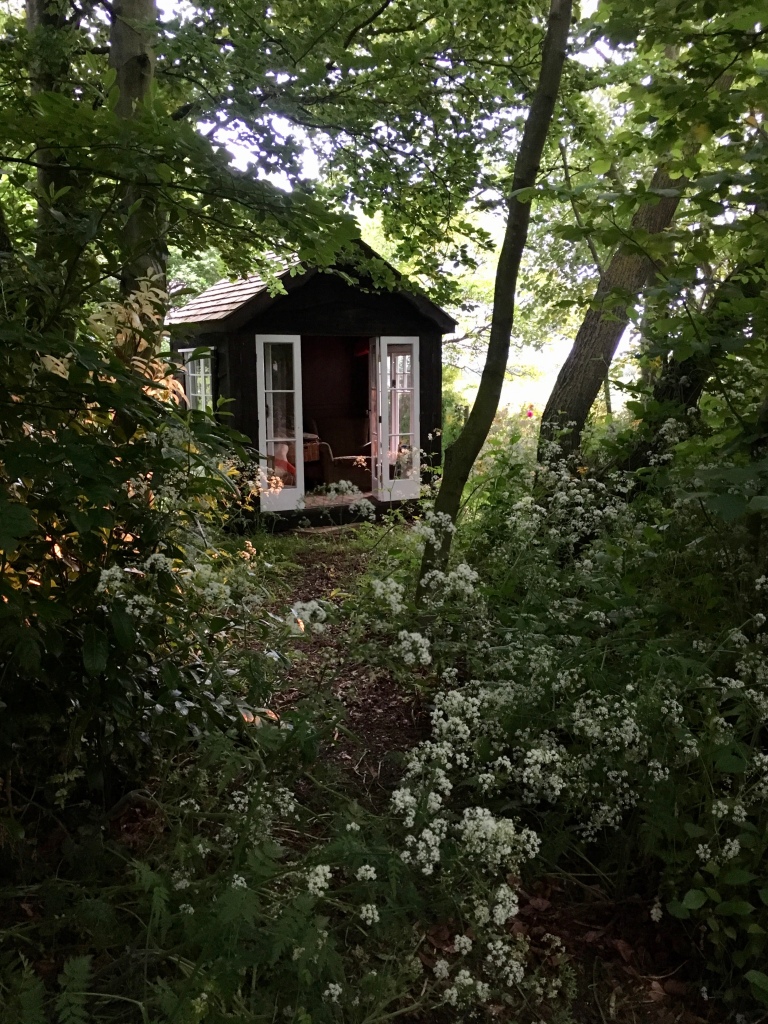
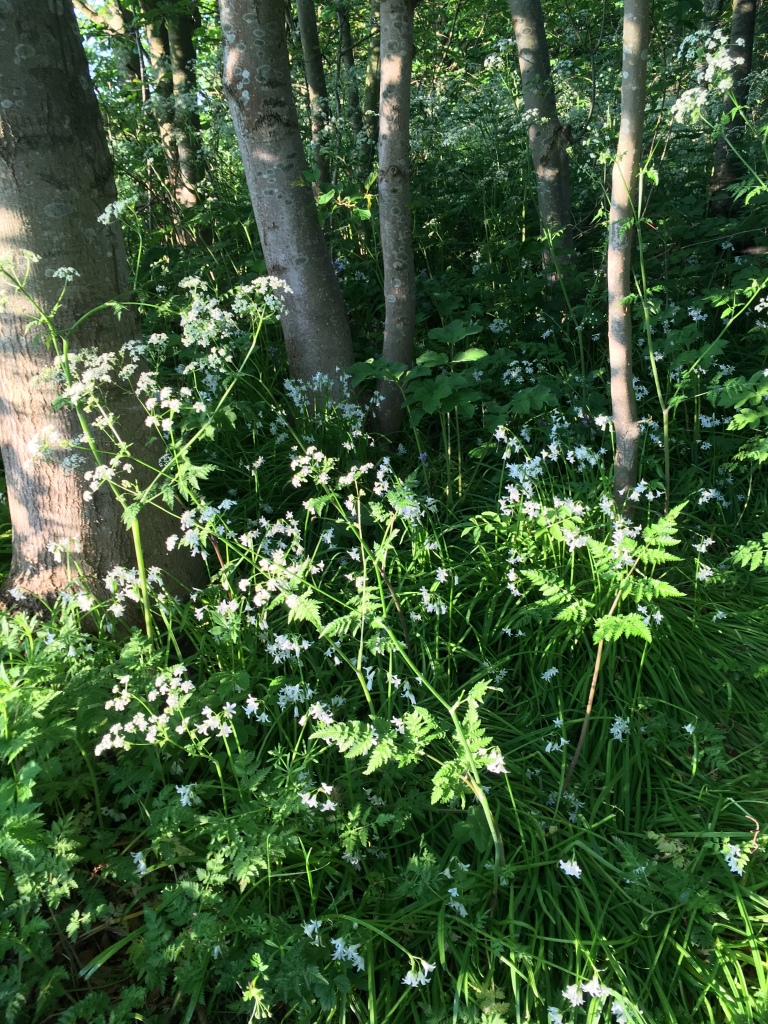







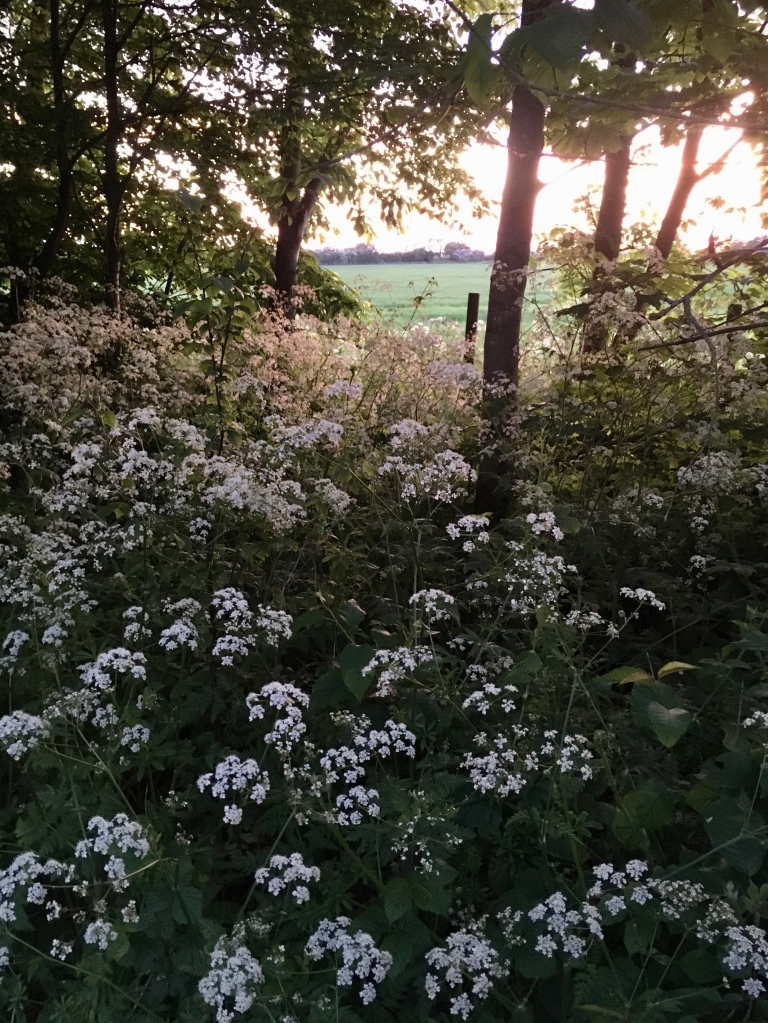





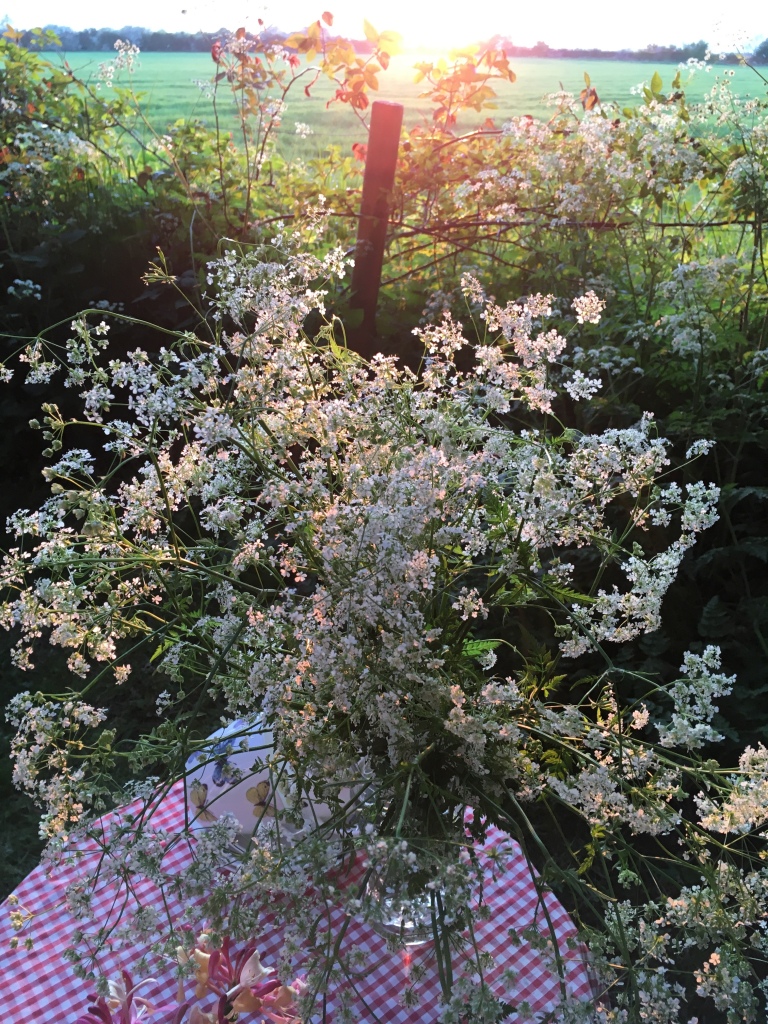

















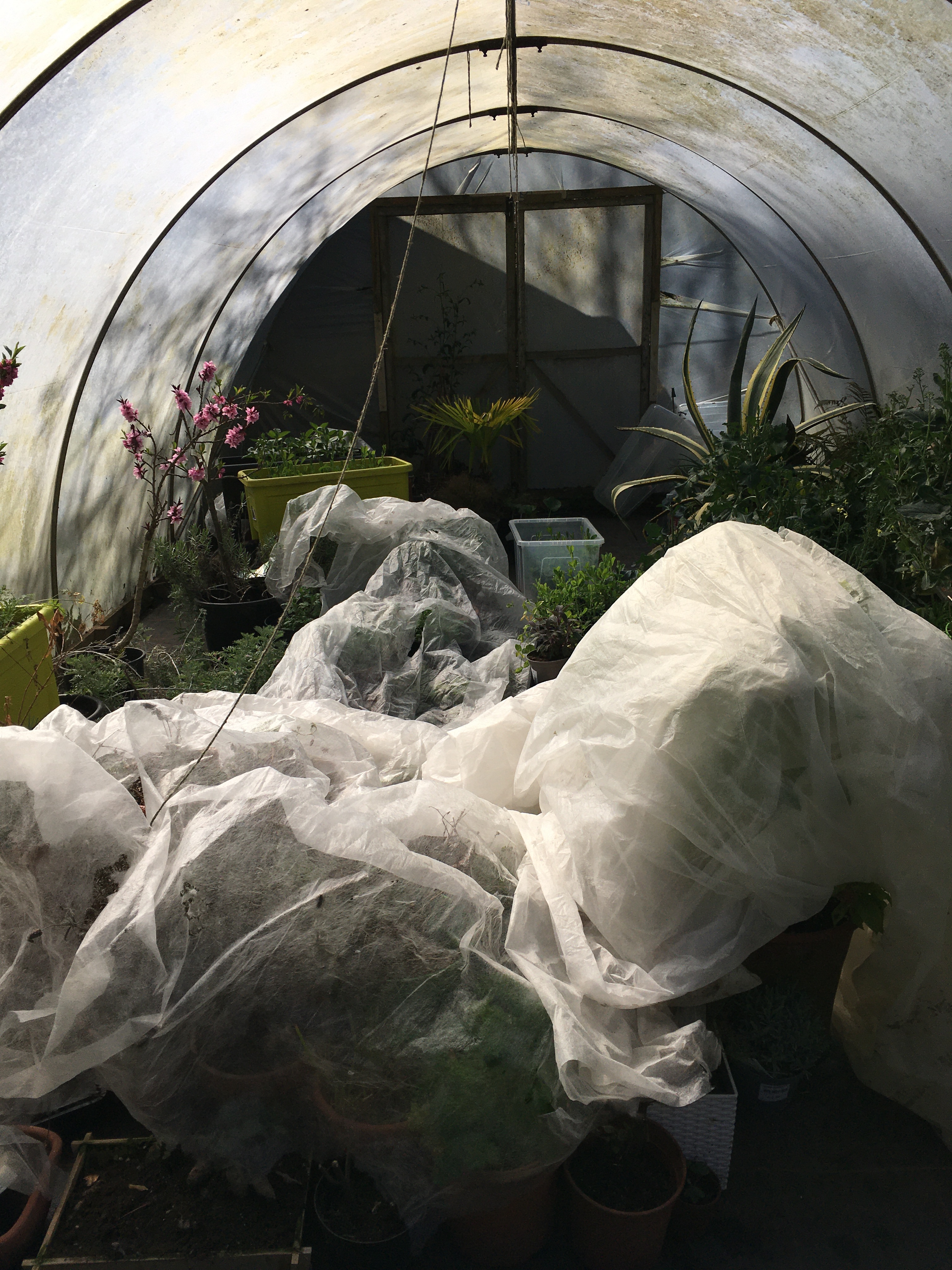

























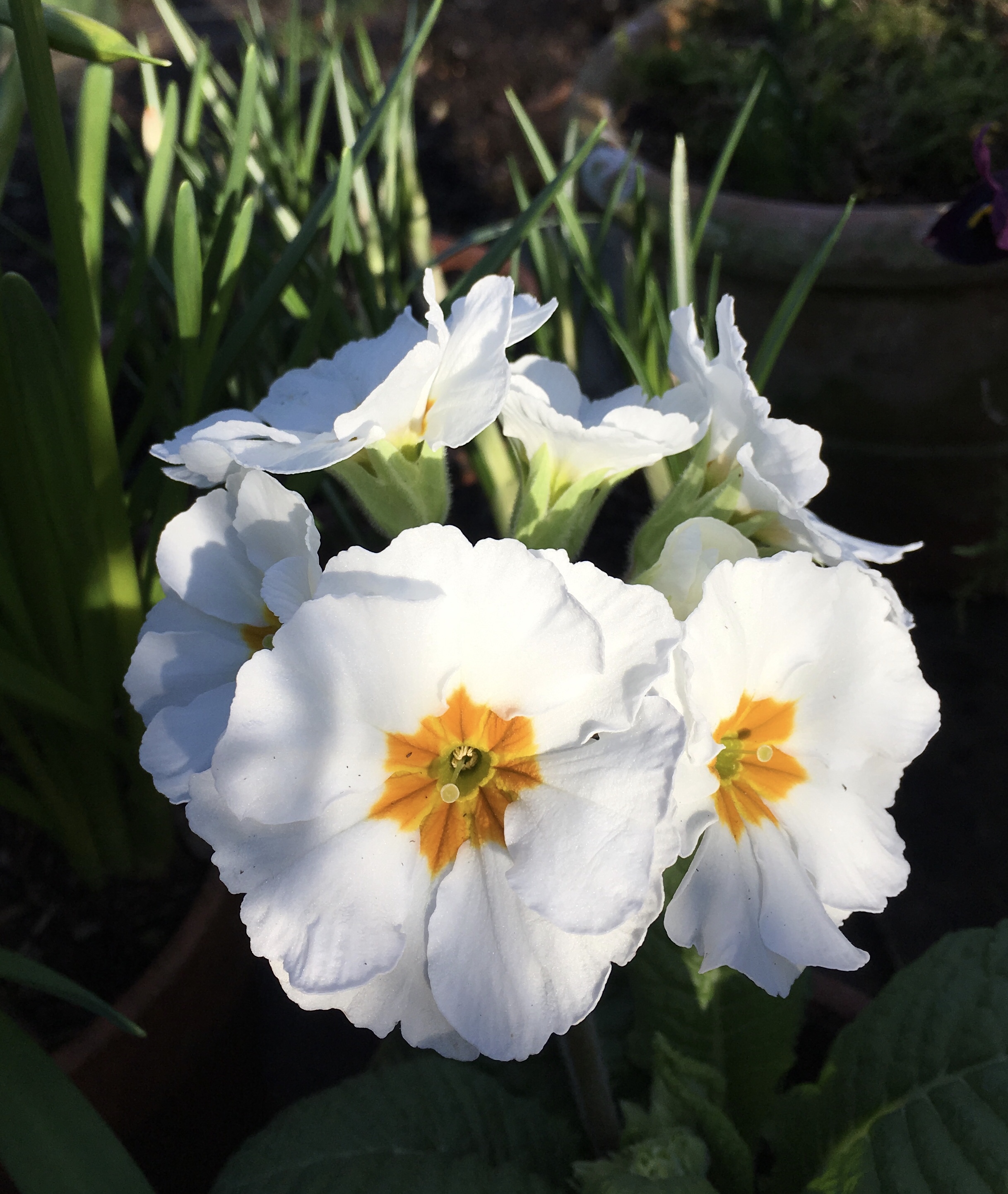


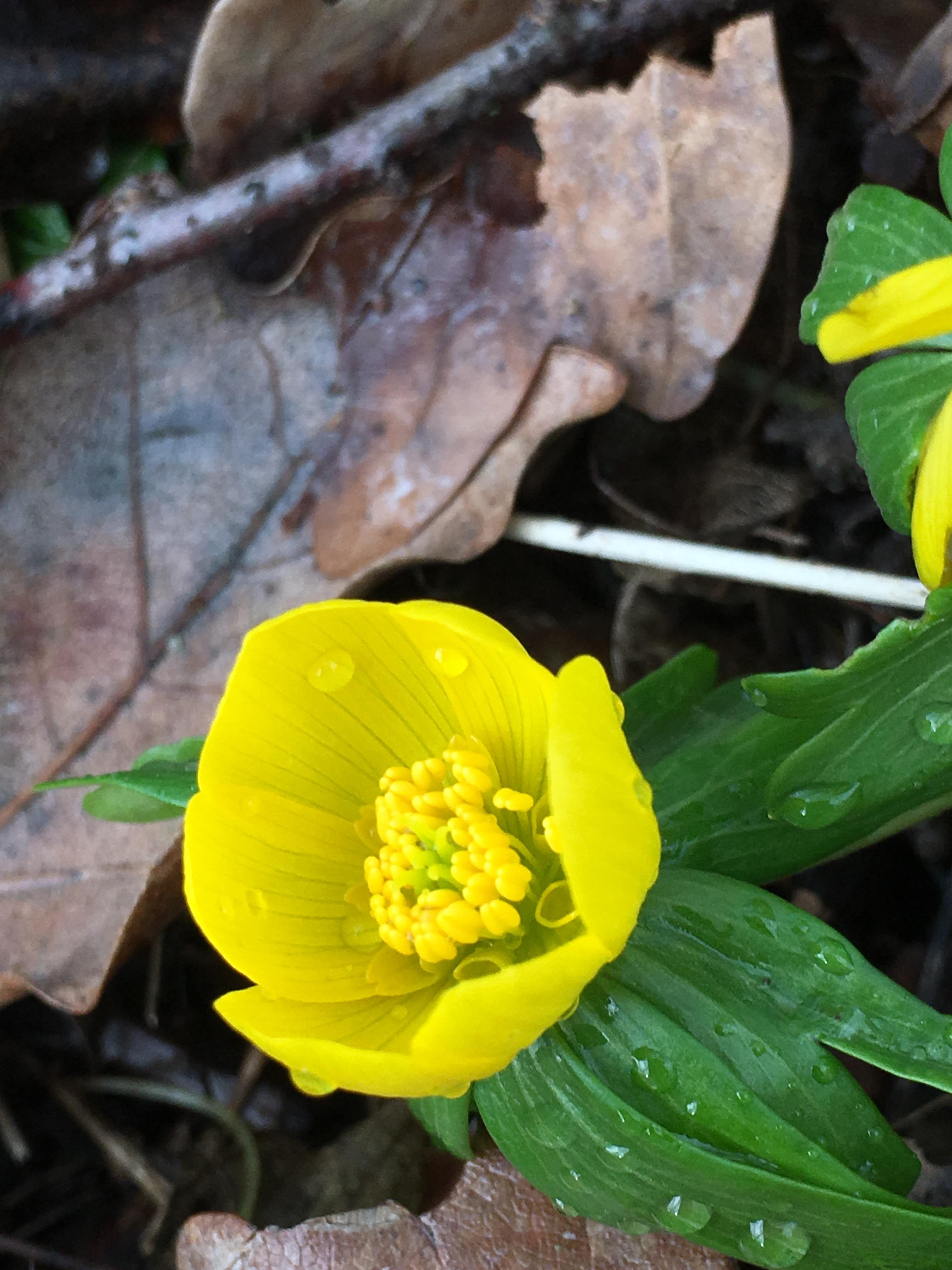
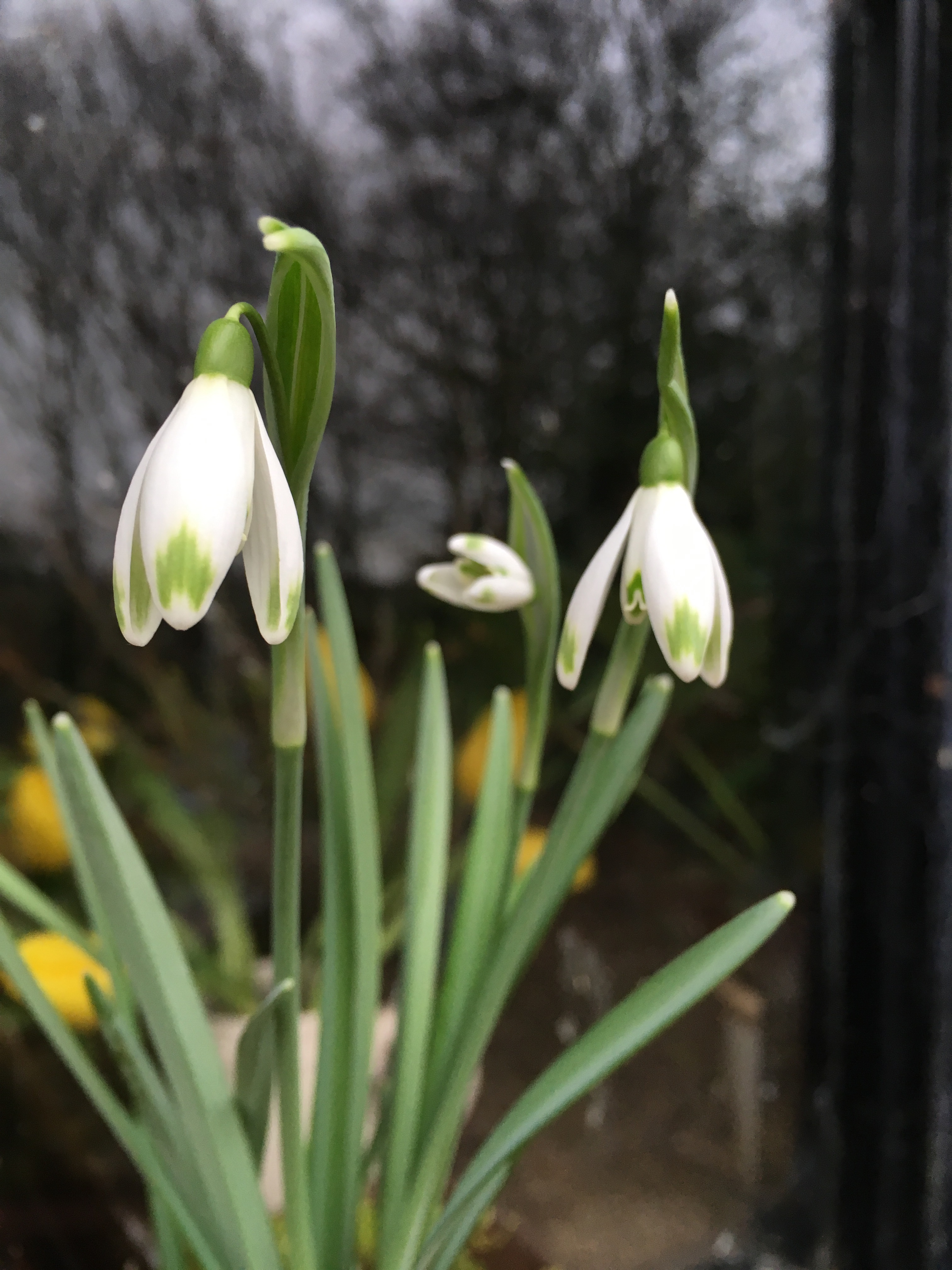




















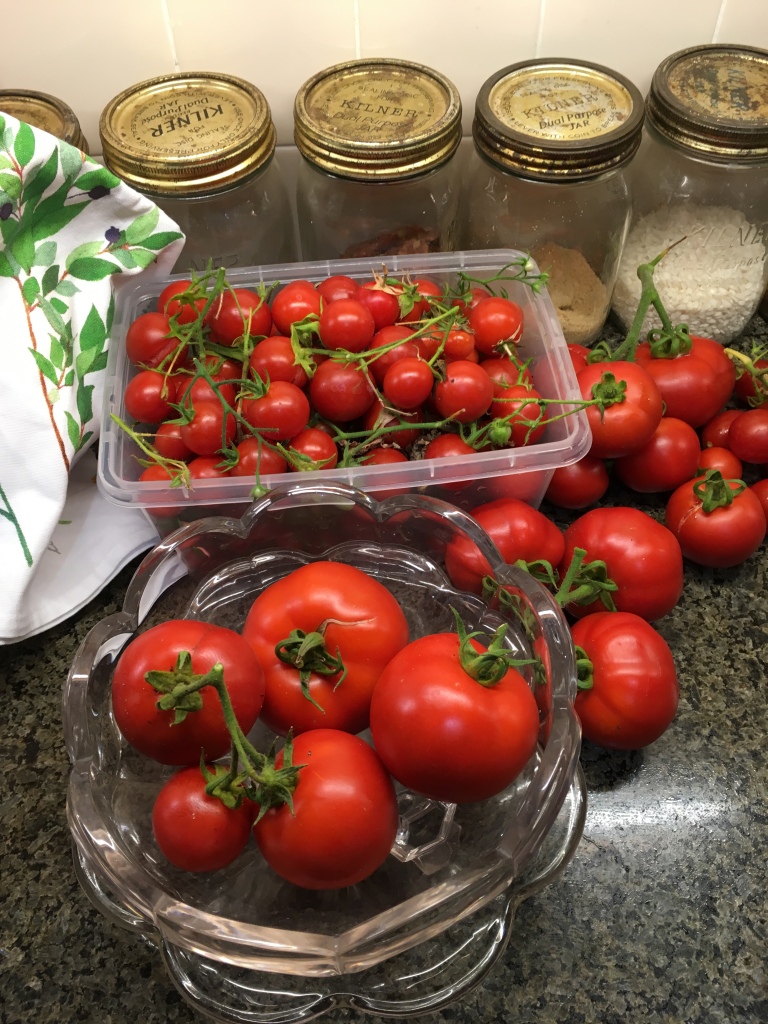
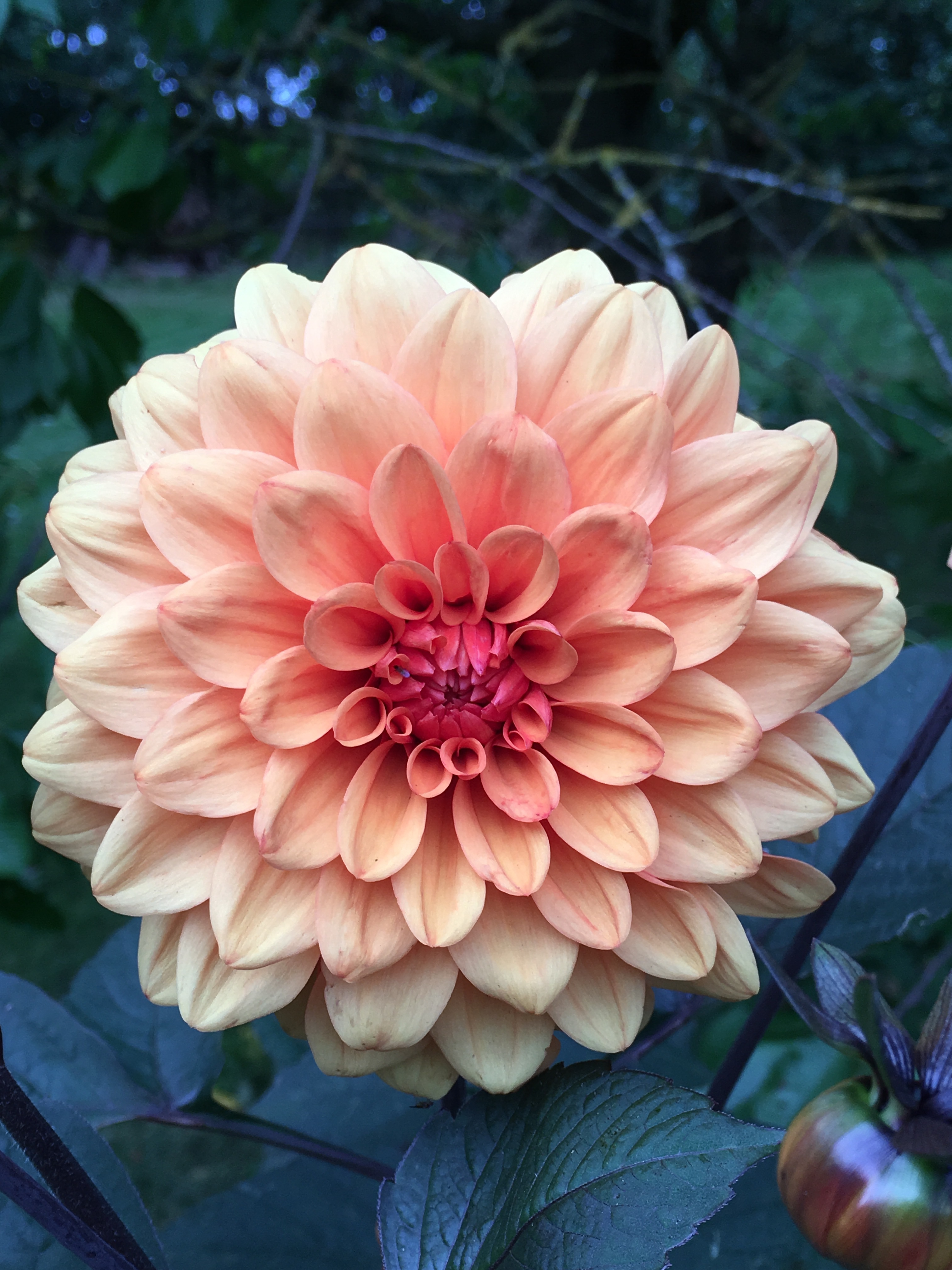



 Now for the ‘blue’ photos this week. I’ve chosen morning glory, Ipomoea purpurea. This is a seedling from a selection I’ve grown for years. Morning glory is an annual climber reaching 4-5m given a warm sunny fence or wall. Mine grow up through my climbing French beans. I’m hoping the flowers will attract pollinators which will benefit my vegetables. You can see the nectar guides in this photo. Flowers have visible and UV guides or lines directing bees to the nectary. Sunshine has highlighted the lines. It’s almost mesmerising. I save my seed each summer and store it in a cool, dark place over winter. I’ll start them off again in 3″ pots on the kitchen windowsill in February. Recommended varieties include Star of Yelta, Grandpa Ott and Heavenly Blue. All easy to grow, and once you’ve bought a packet of seed, you’ll have morning glory for ever more. Such a lovely thought!
Now for the ‘blue’ photos this week. I’ve chosen morning glory, Ipomoea purpurea. This is a seedling from a selection I’ve grown for years. Morning glory is an annual climber reaching 4-5m given a warm sunny fence or wall. Mine grow up through my climbing French beans. I’m hoping the flowers will attract pollinators which will benefit my vegetables. You can see the nectar guides in this photo. Flowers have visible and UV guides or lines directing bees to the nectary. Sunshine has highlighted the lines. It’s almost mesmerising. I save my seed each summer and store it in a cool, dark place over winter. I’ll start them off again in 3″ pots on the kitchen windowsill in February. Recommended varieties include Star of Yelta, Grandpa Ott and Heavenly Blue. All easy to grow, and once you’ve bought a packet of seed, you’ll have morning glory for ever more. Such a lovely thought!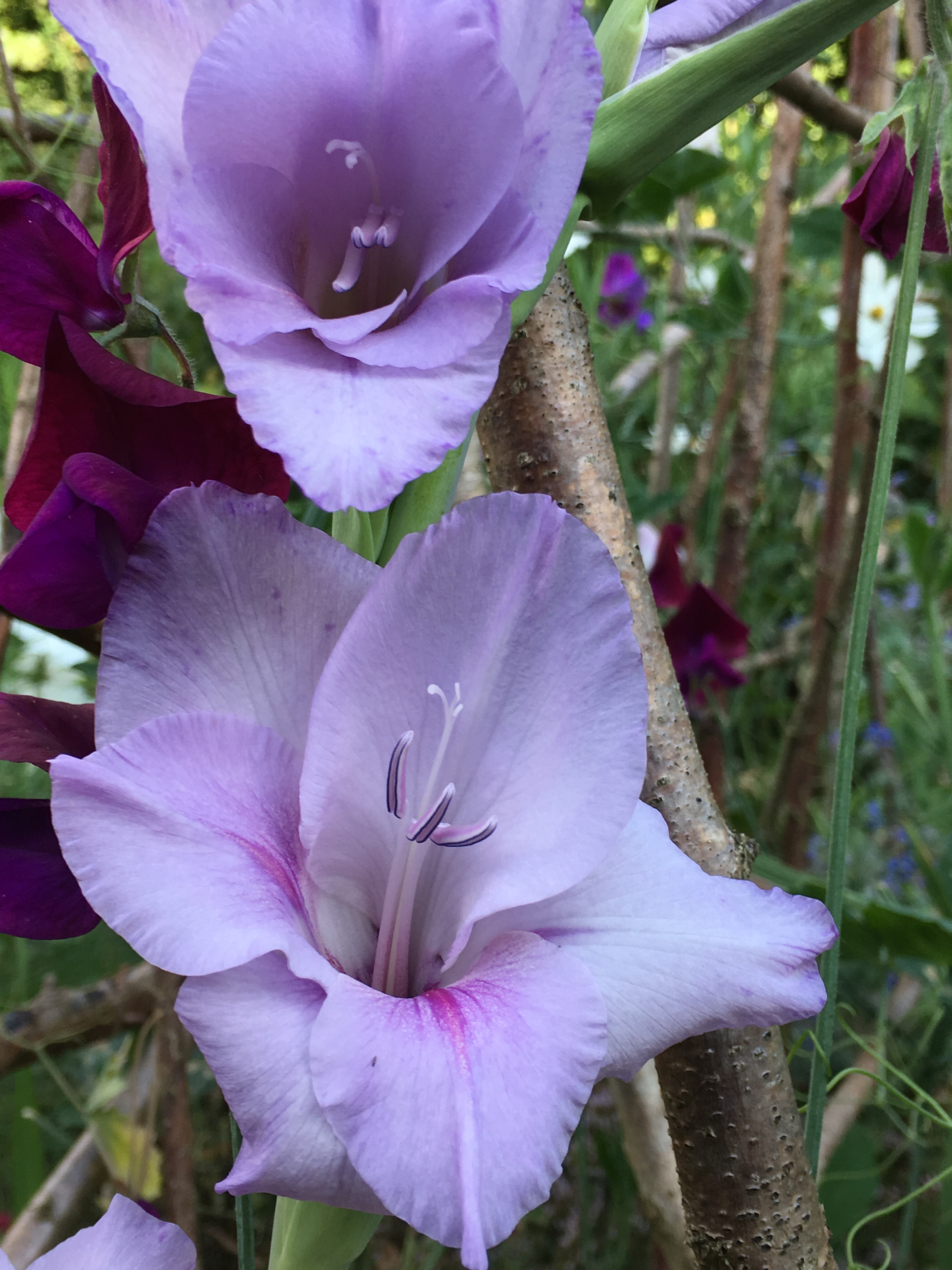





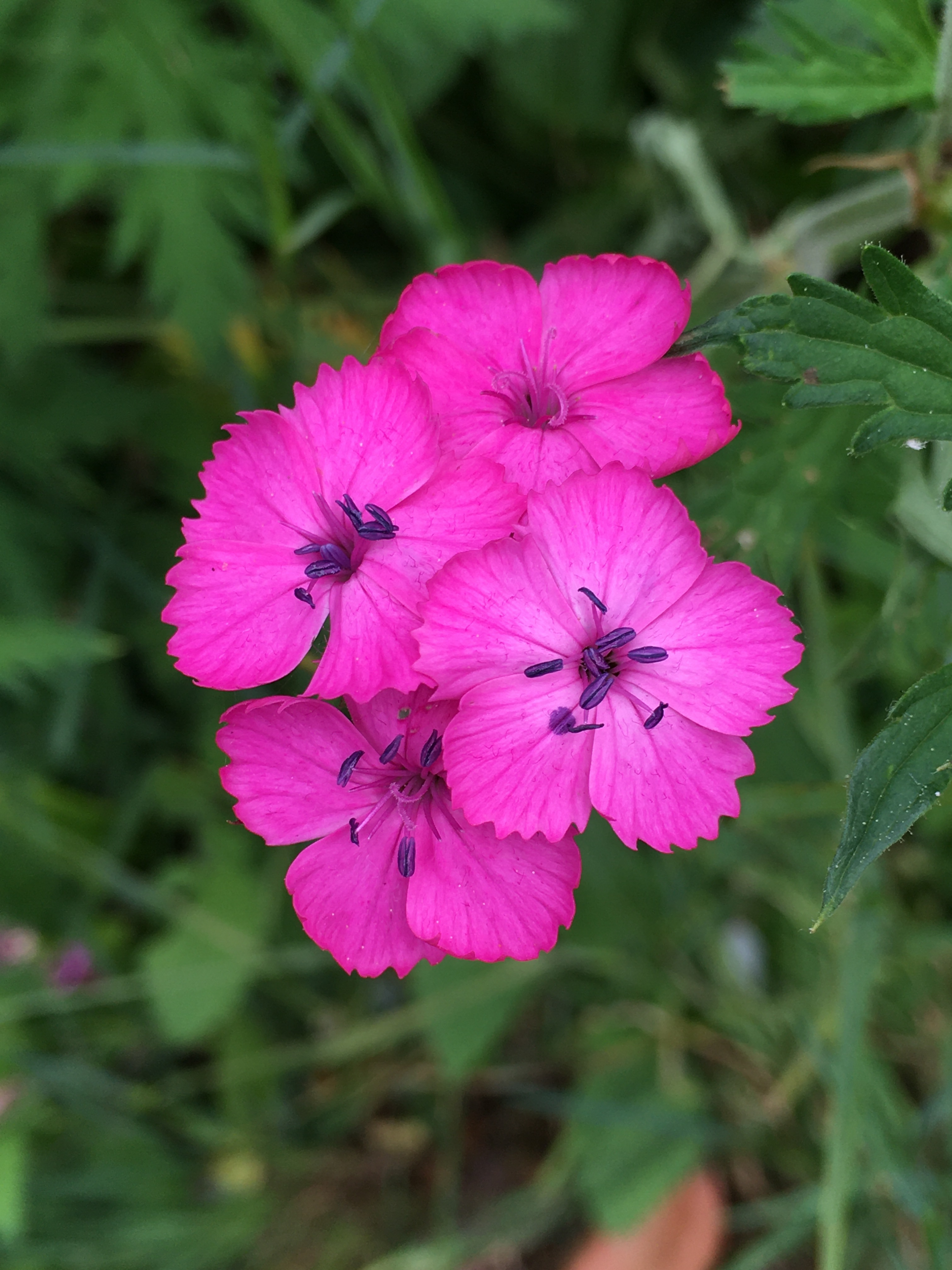

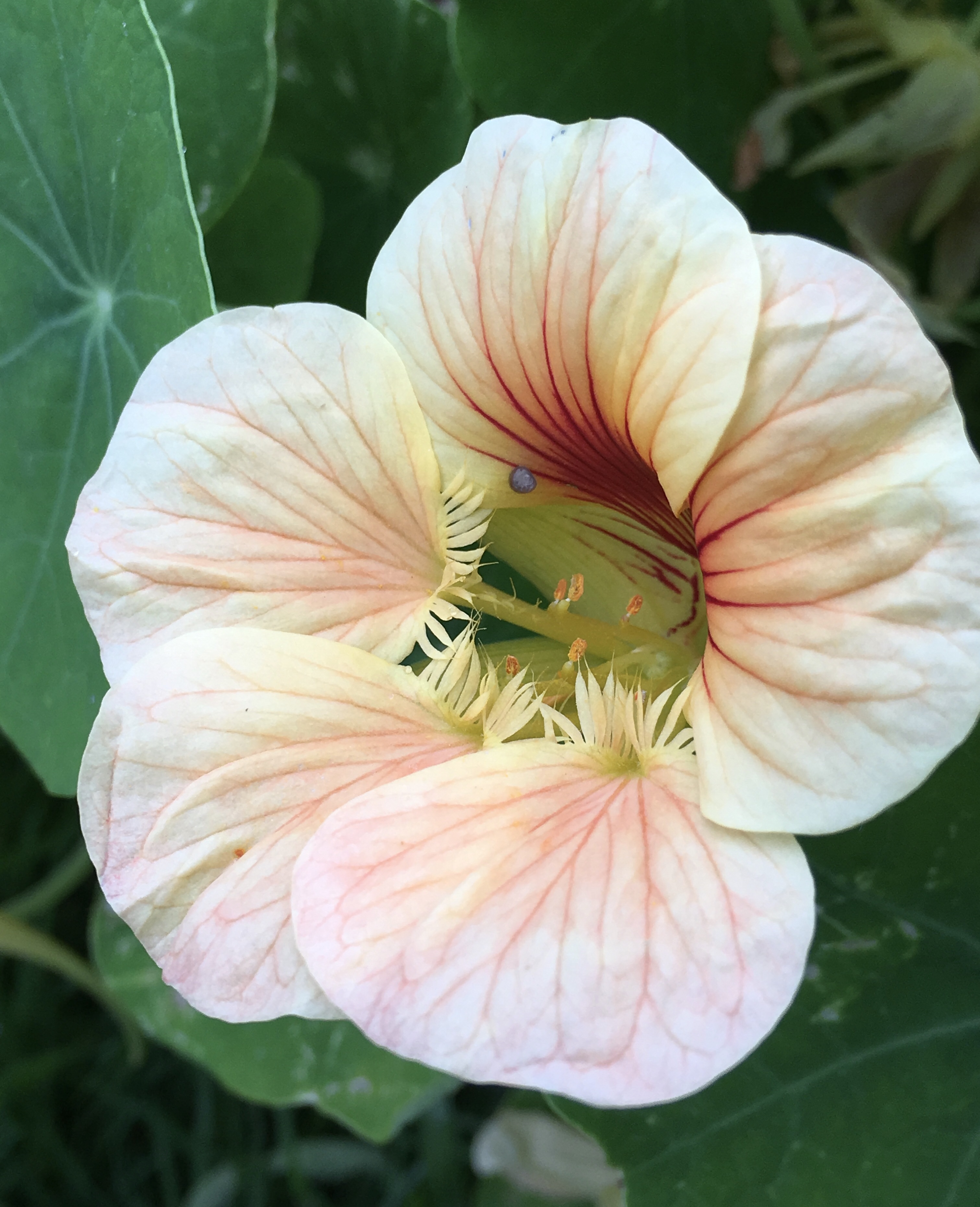
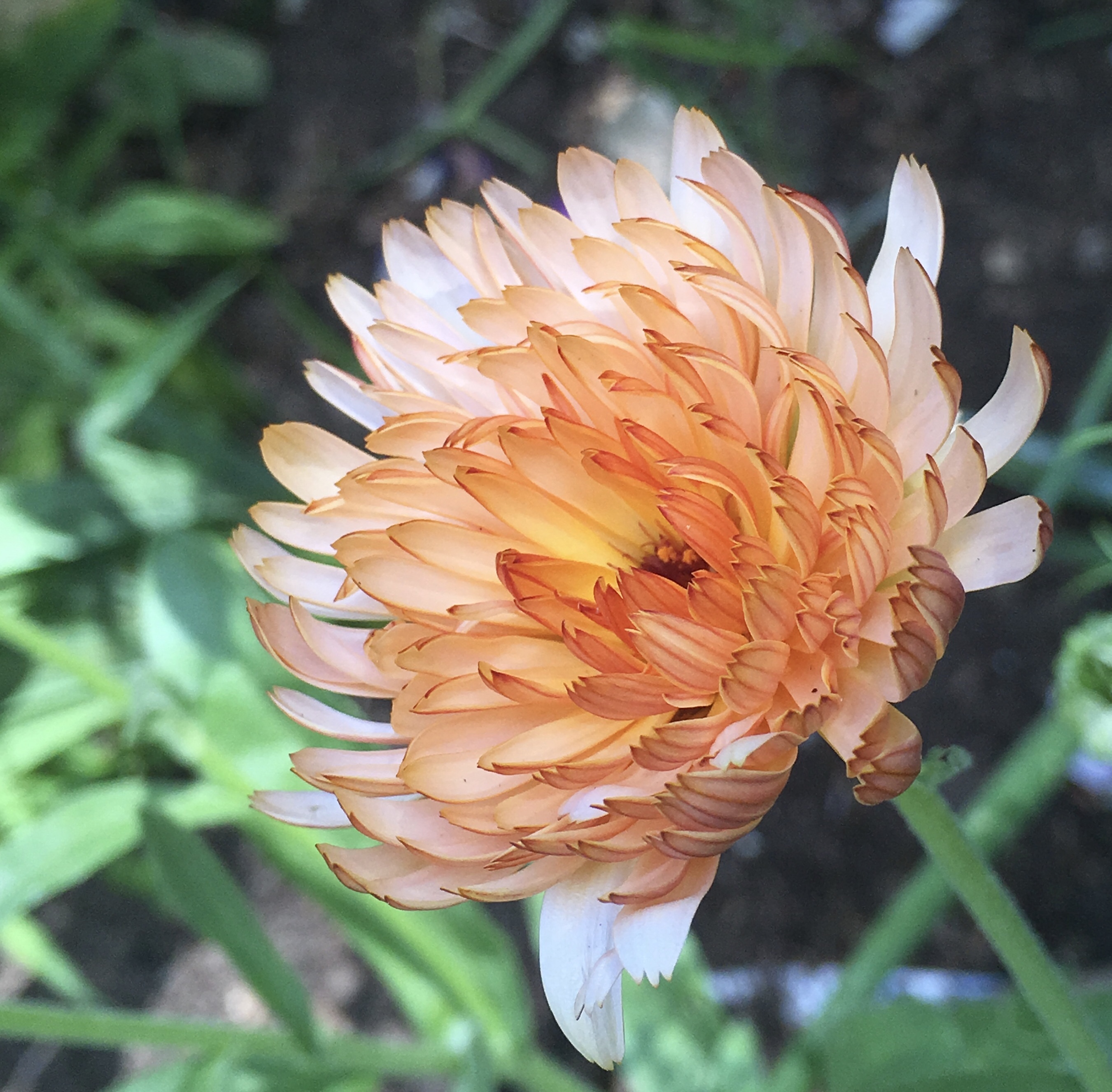
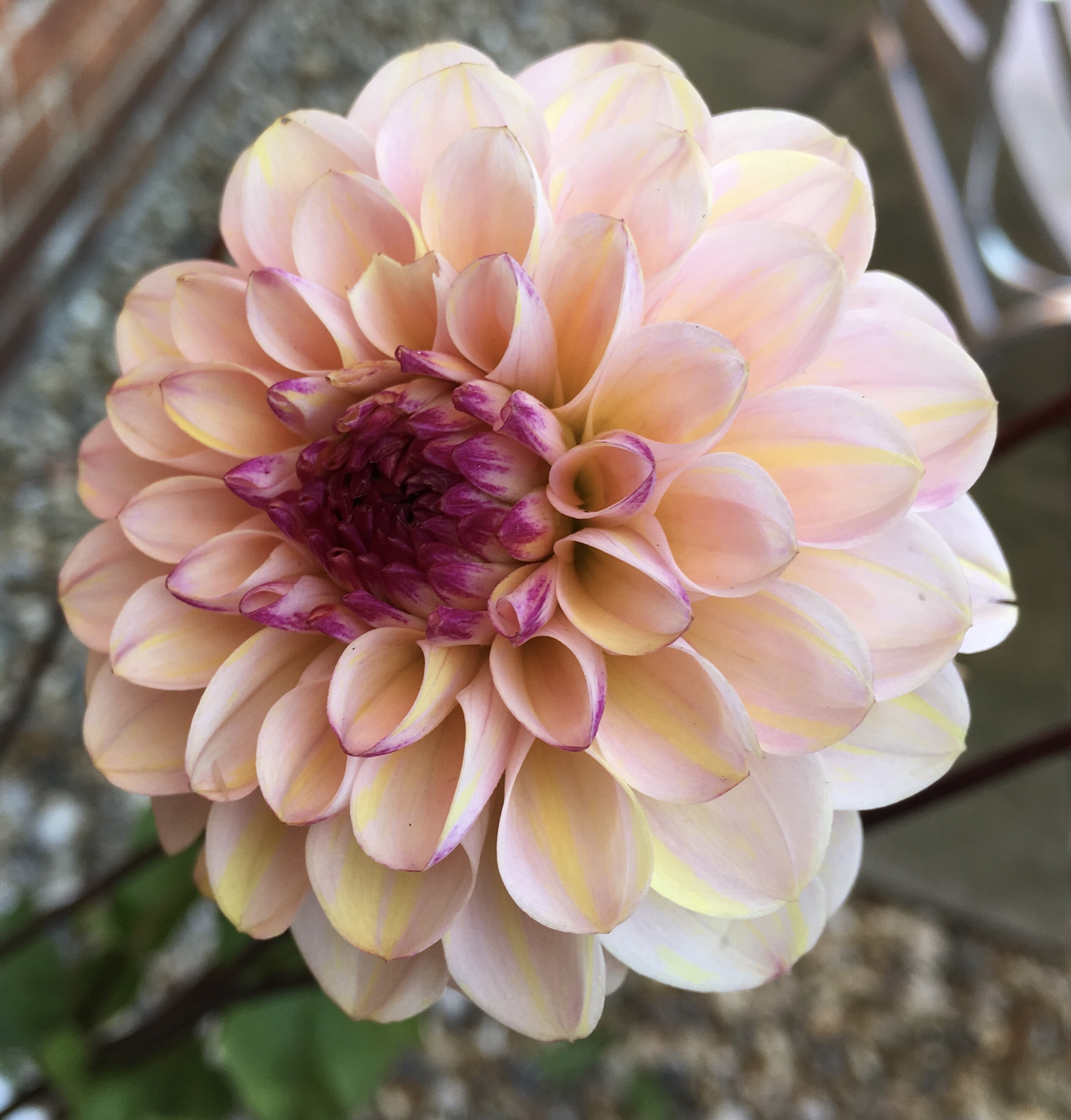
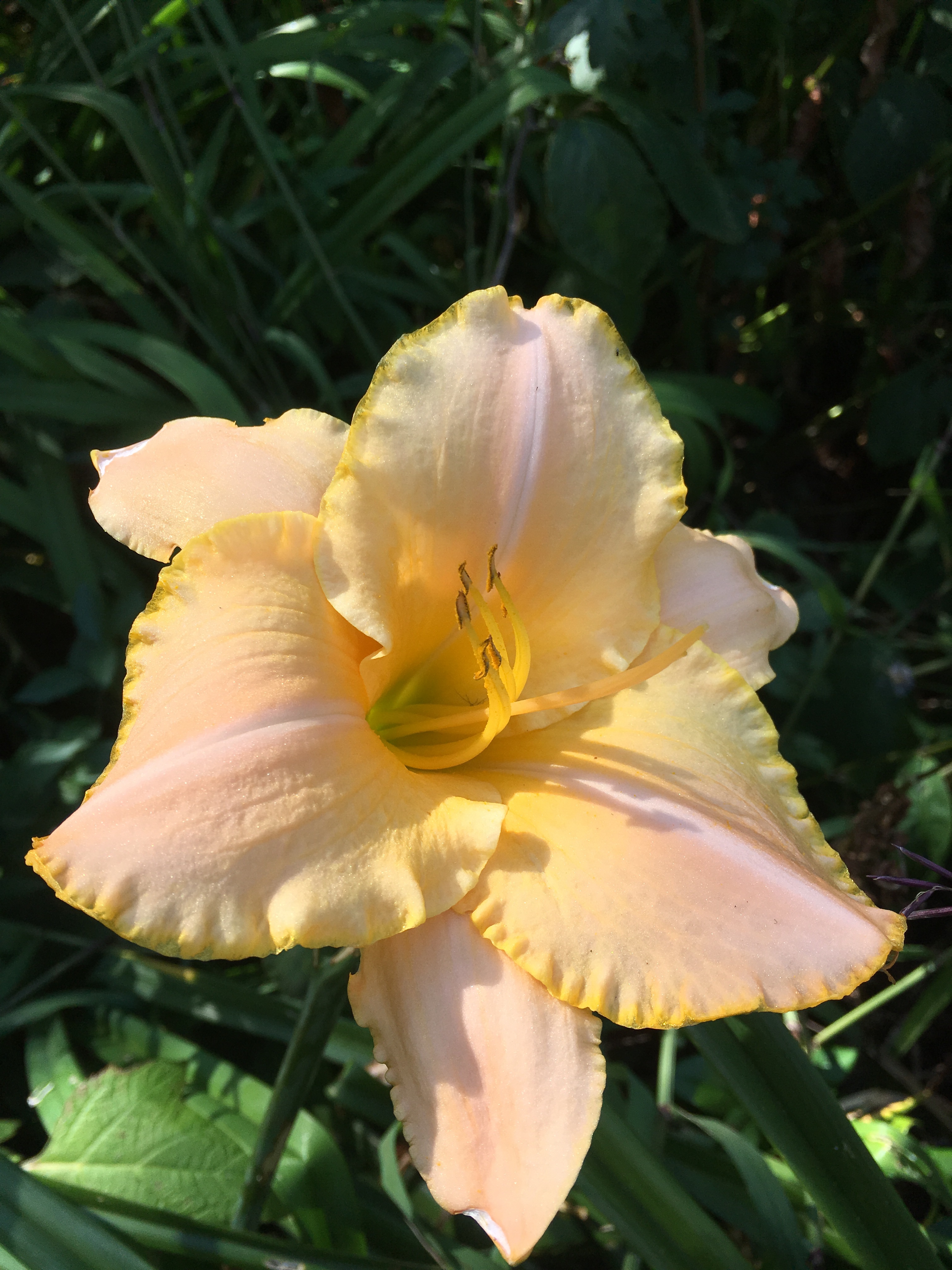
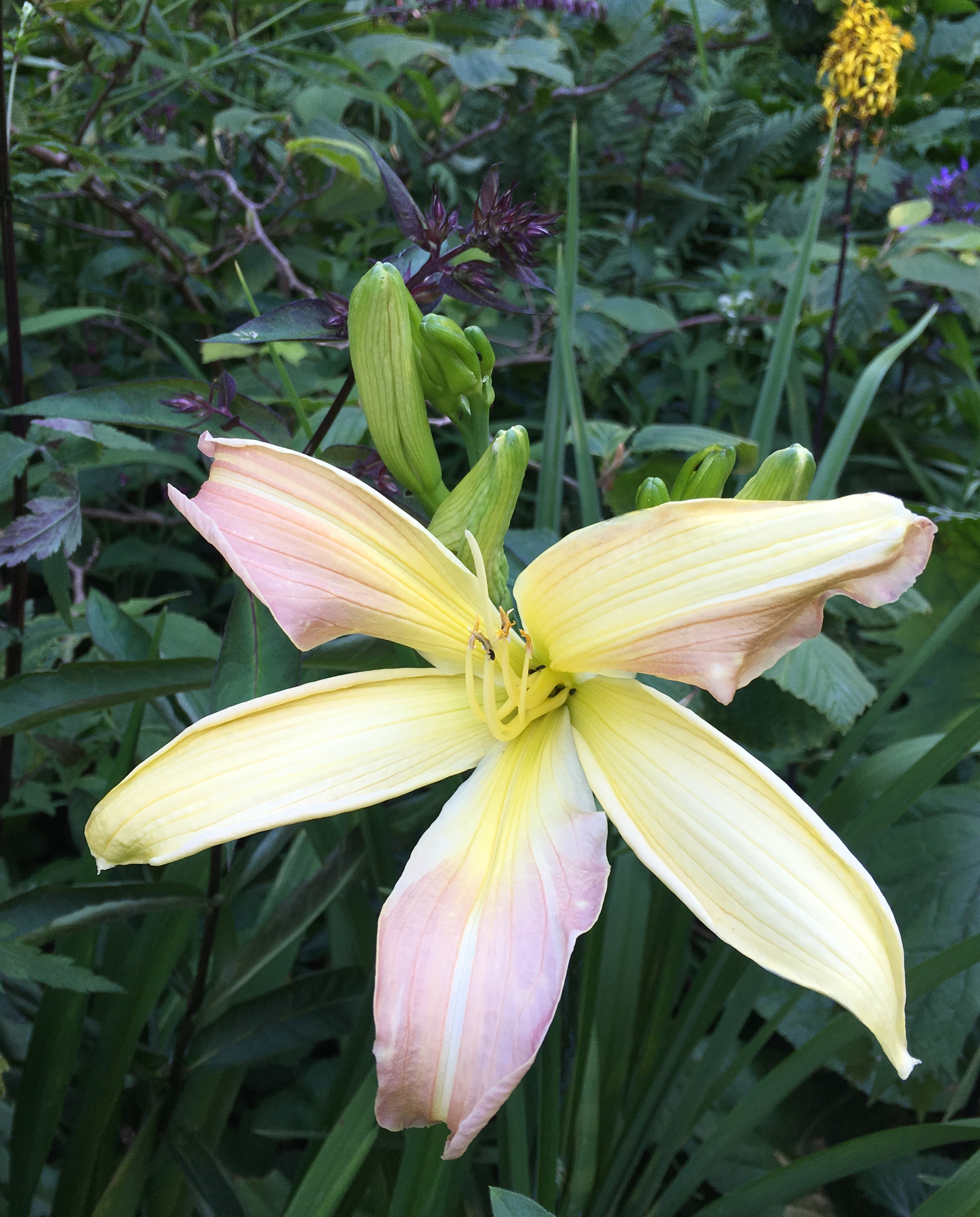
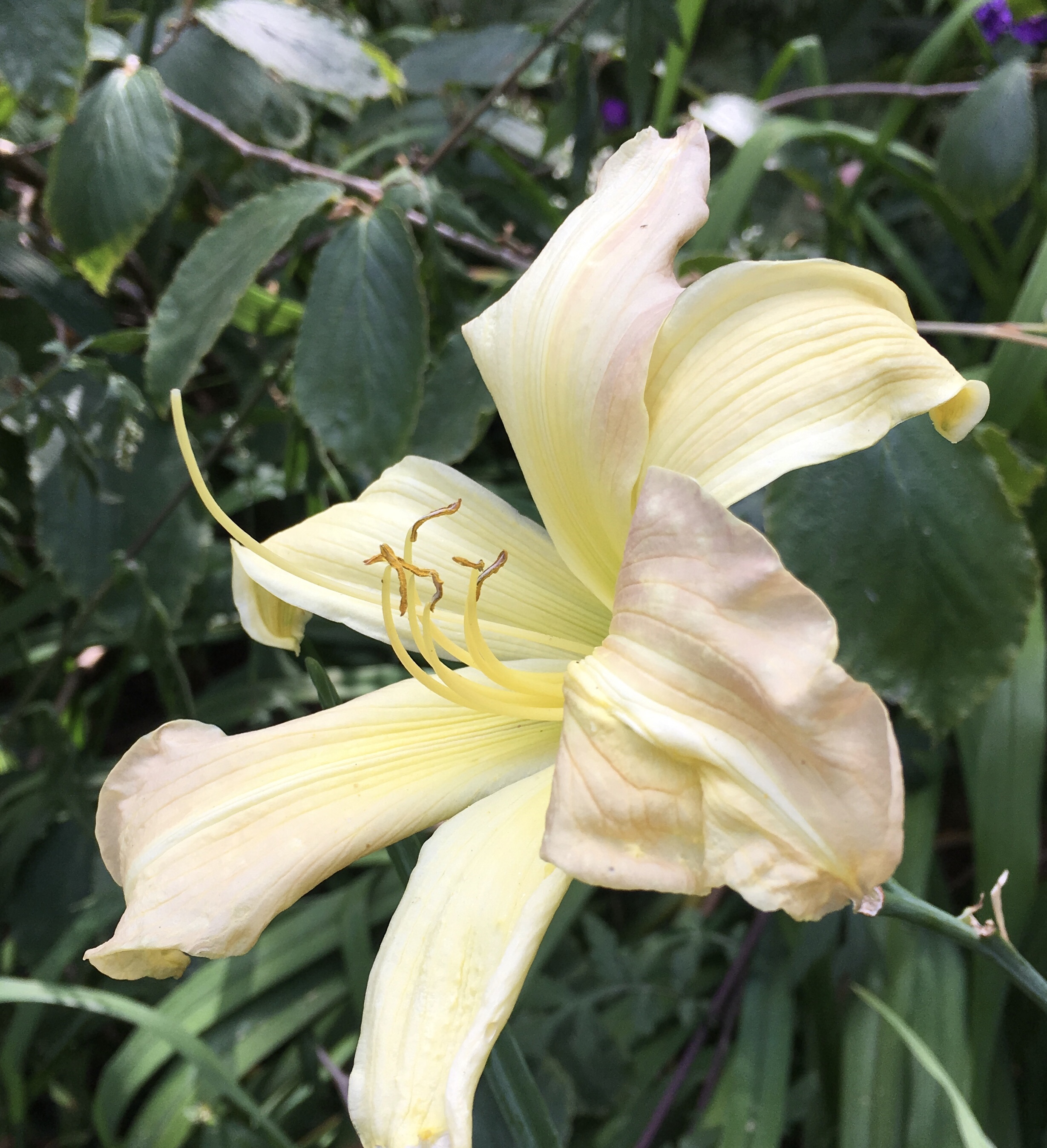
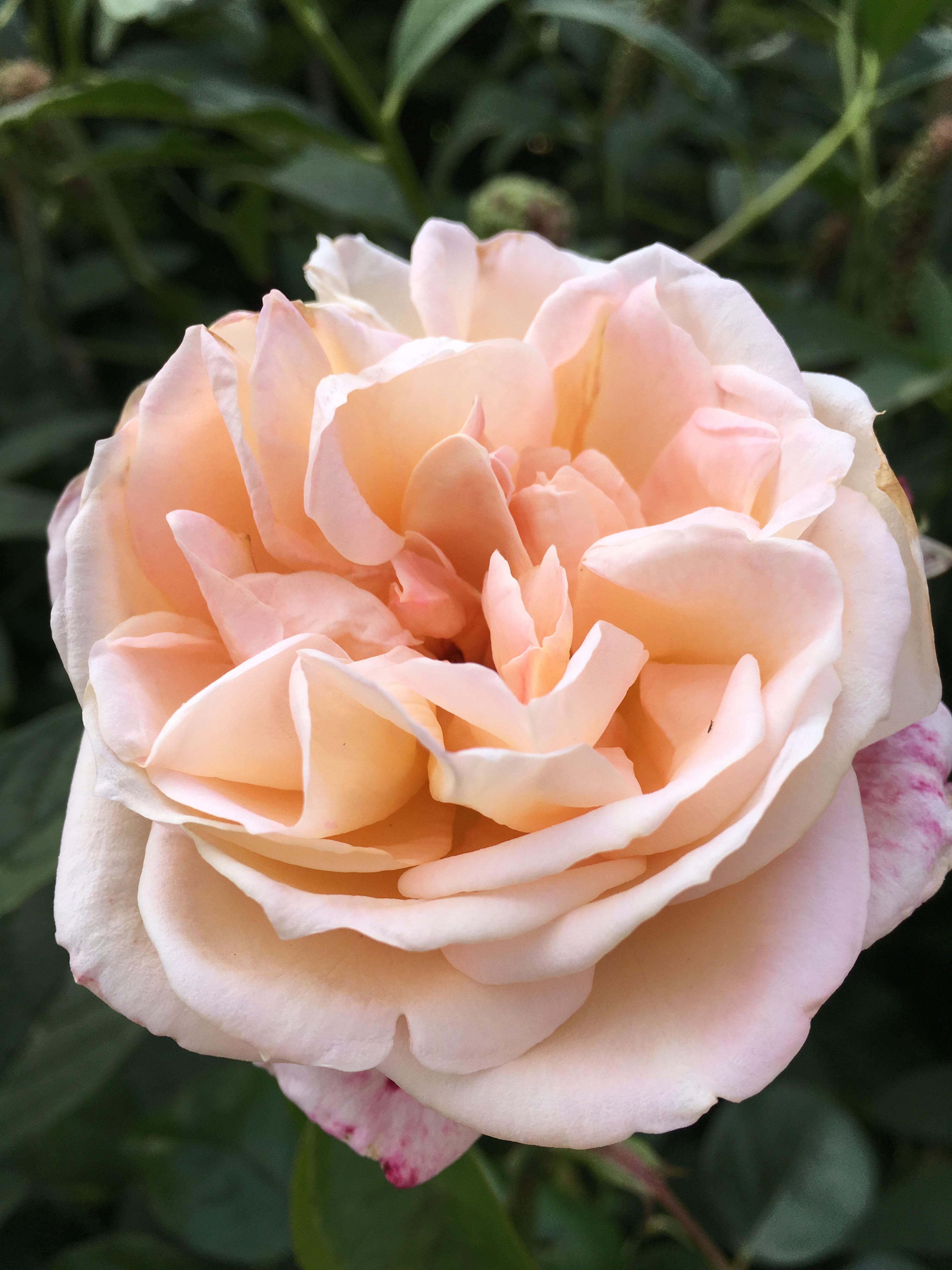
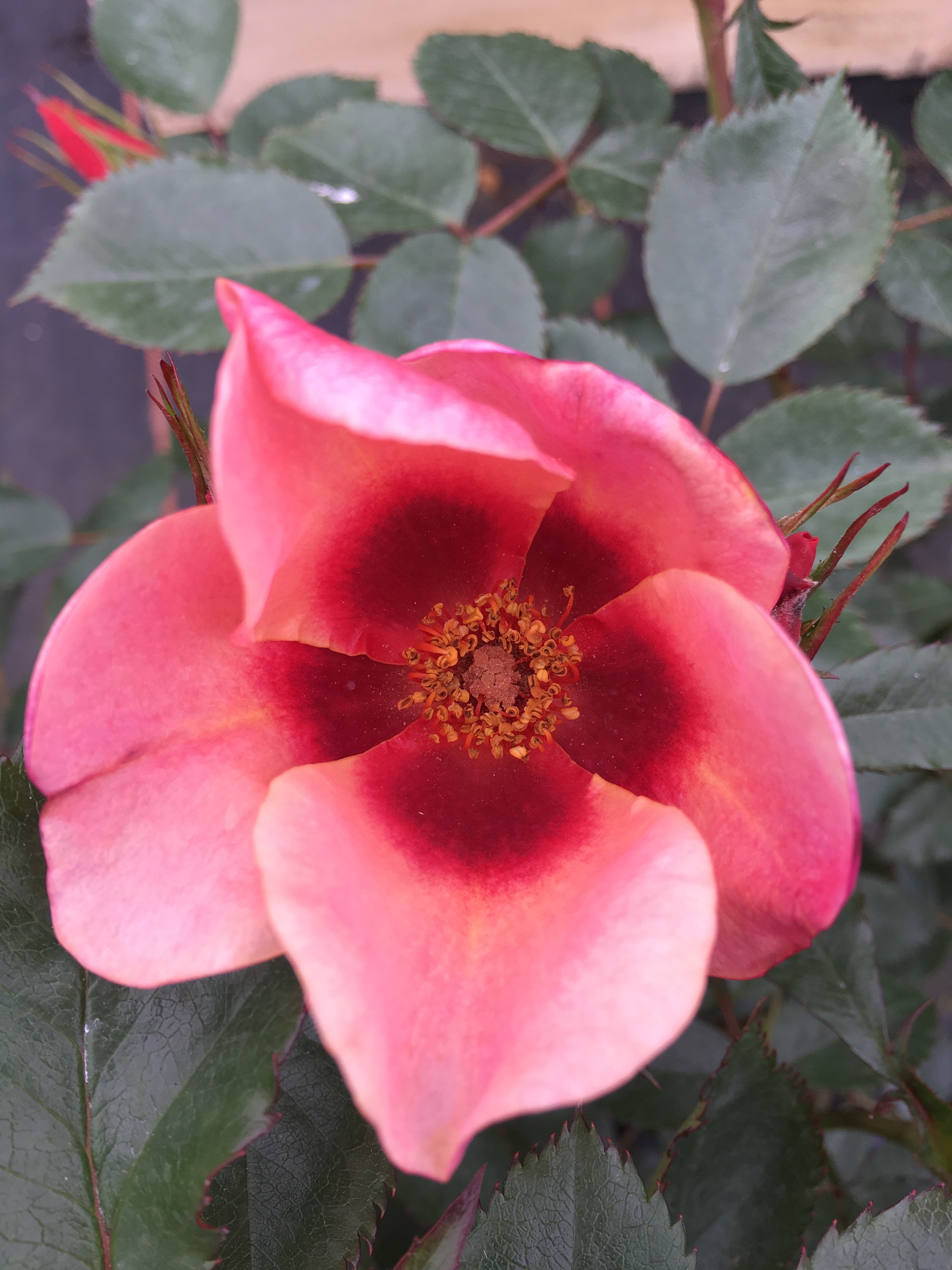








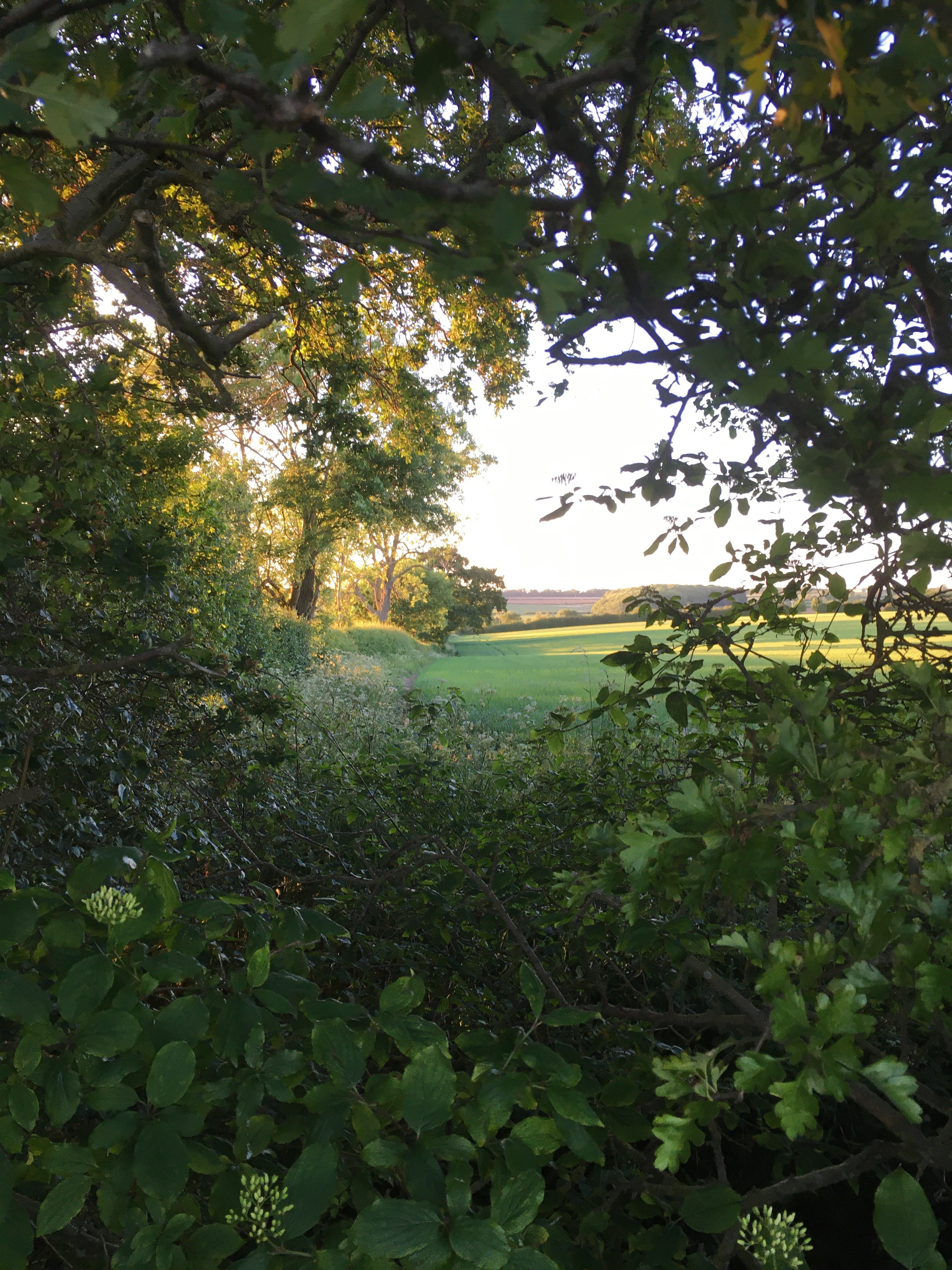






























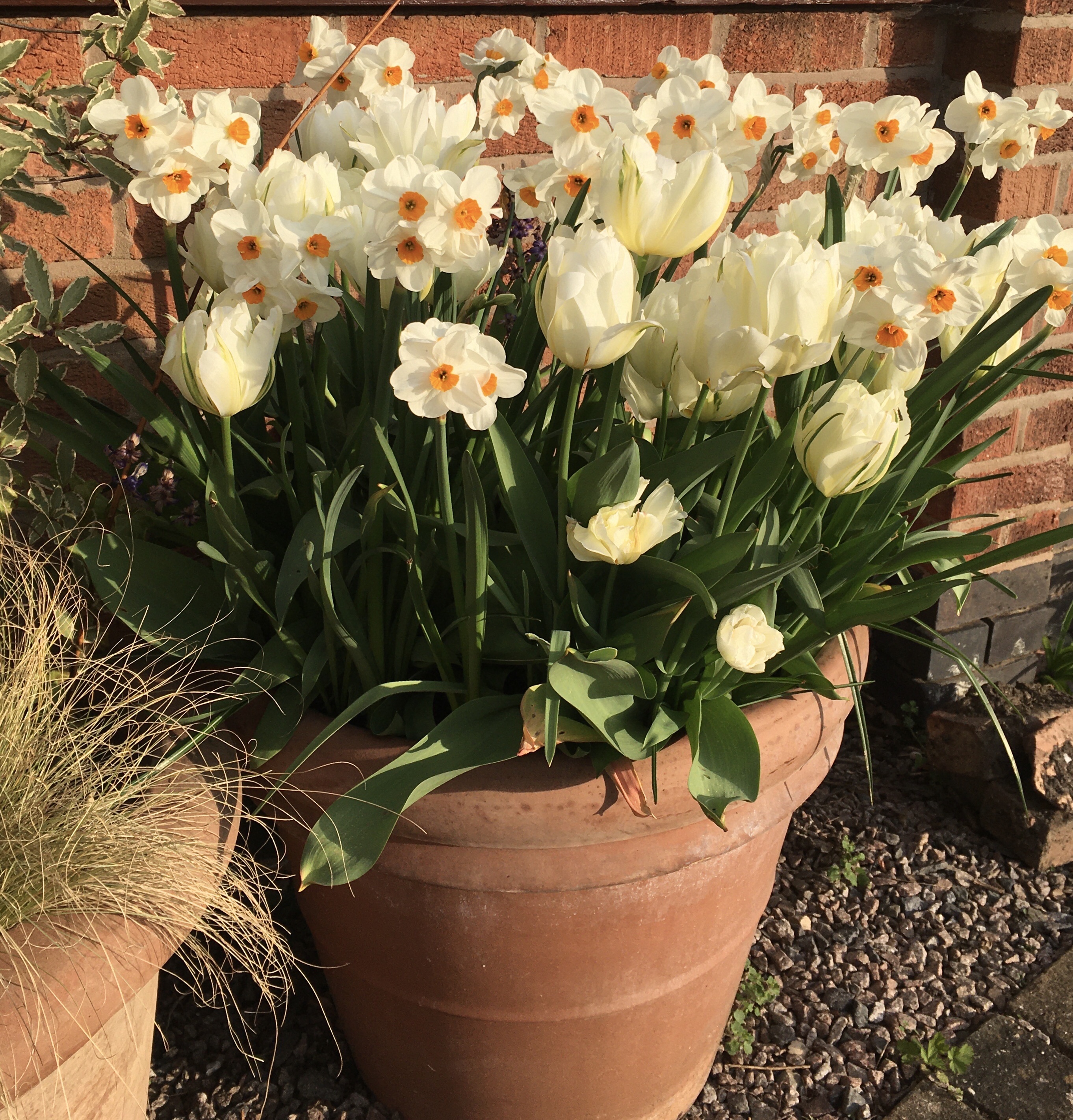





































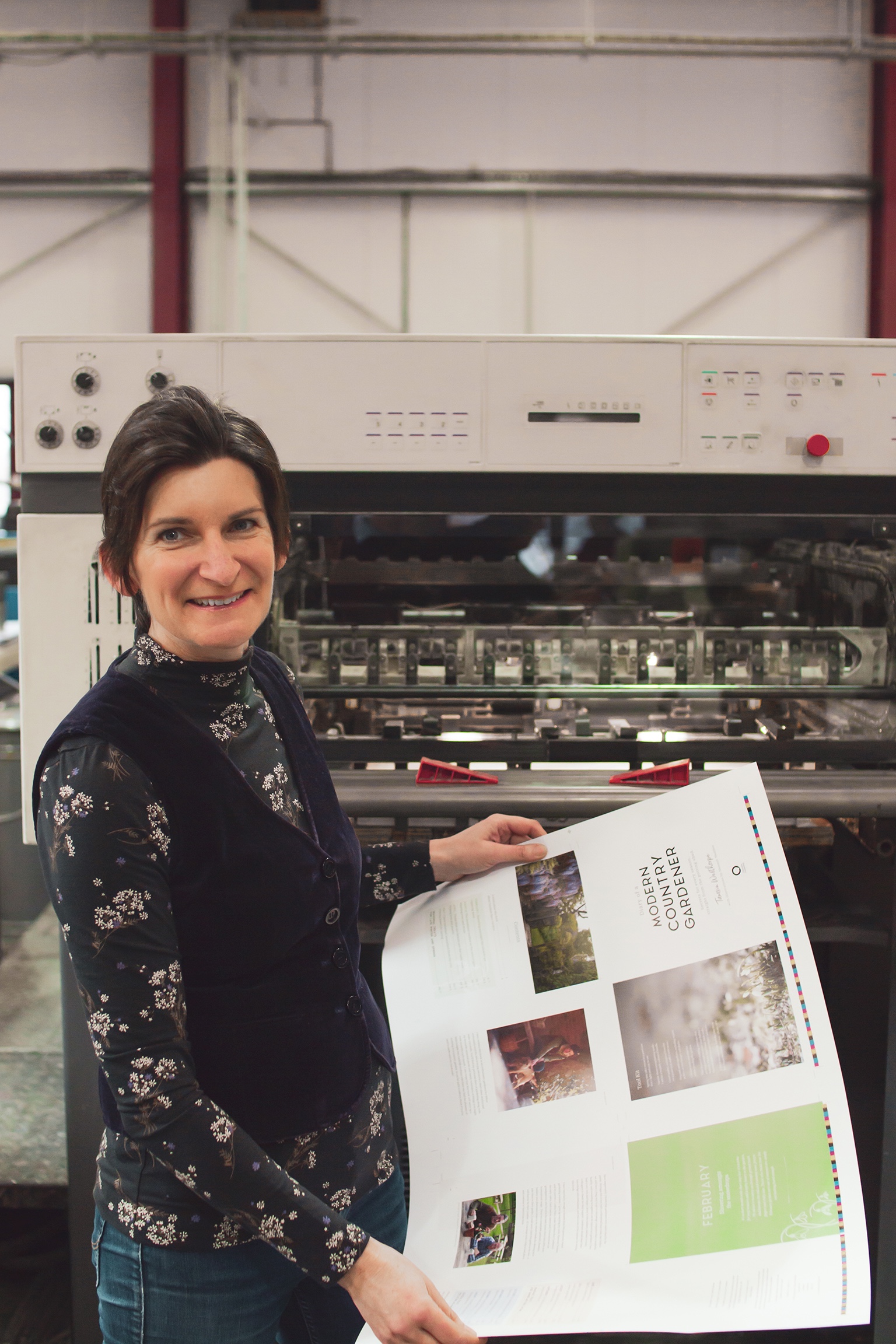





























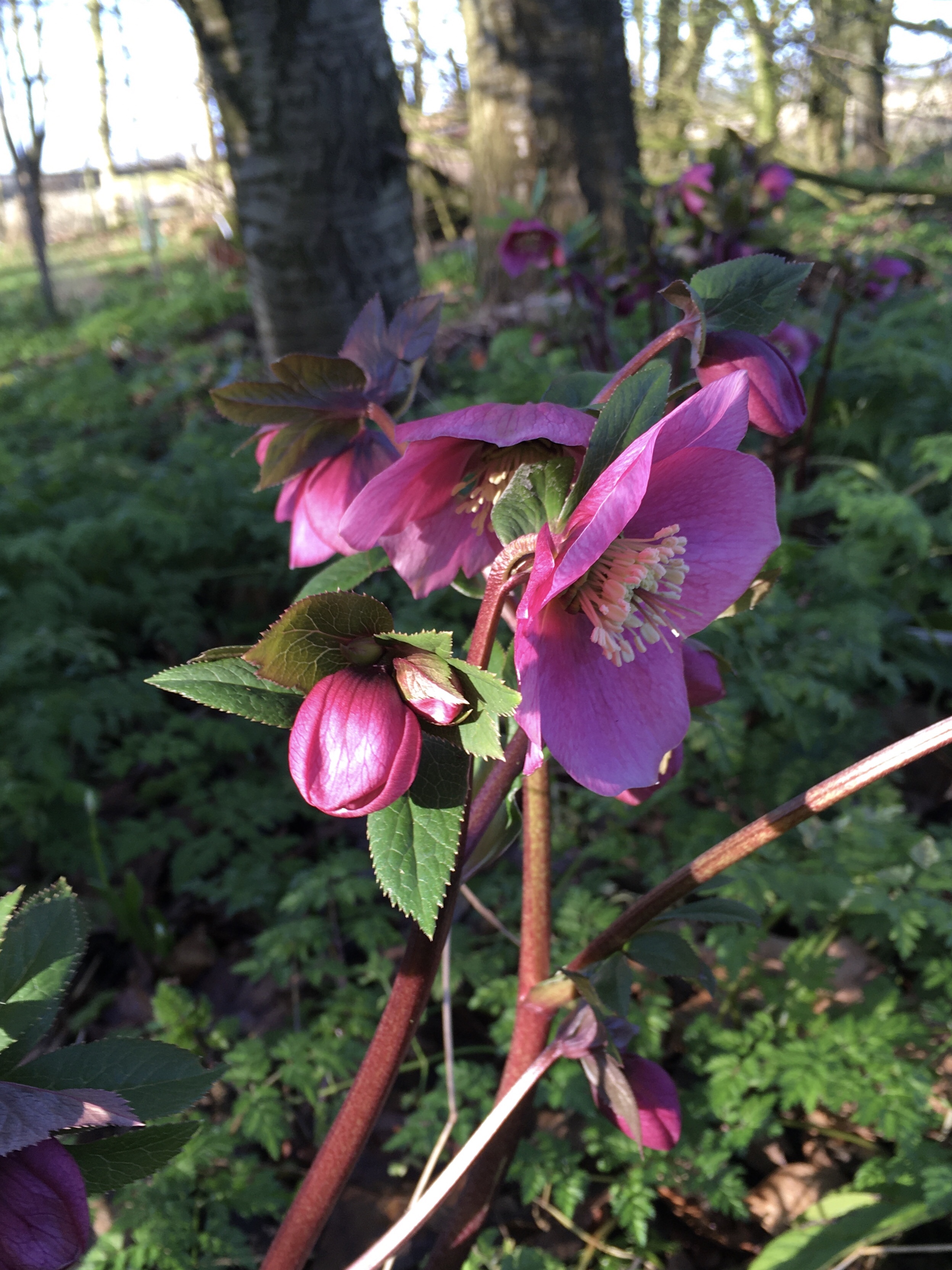






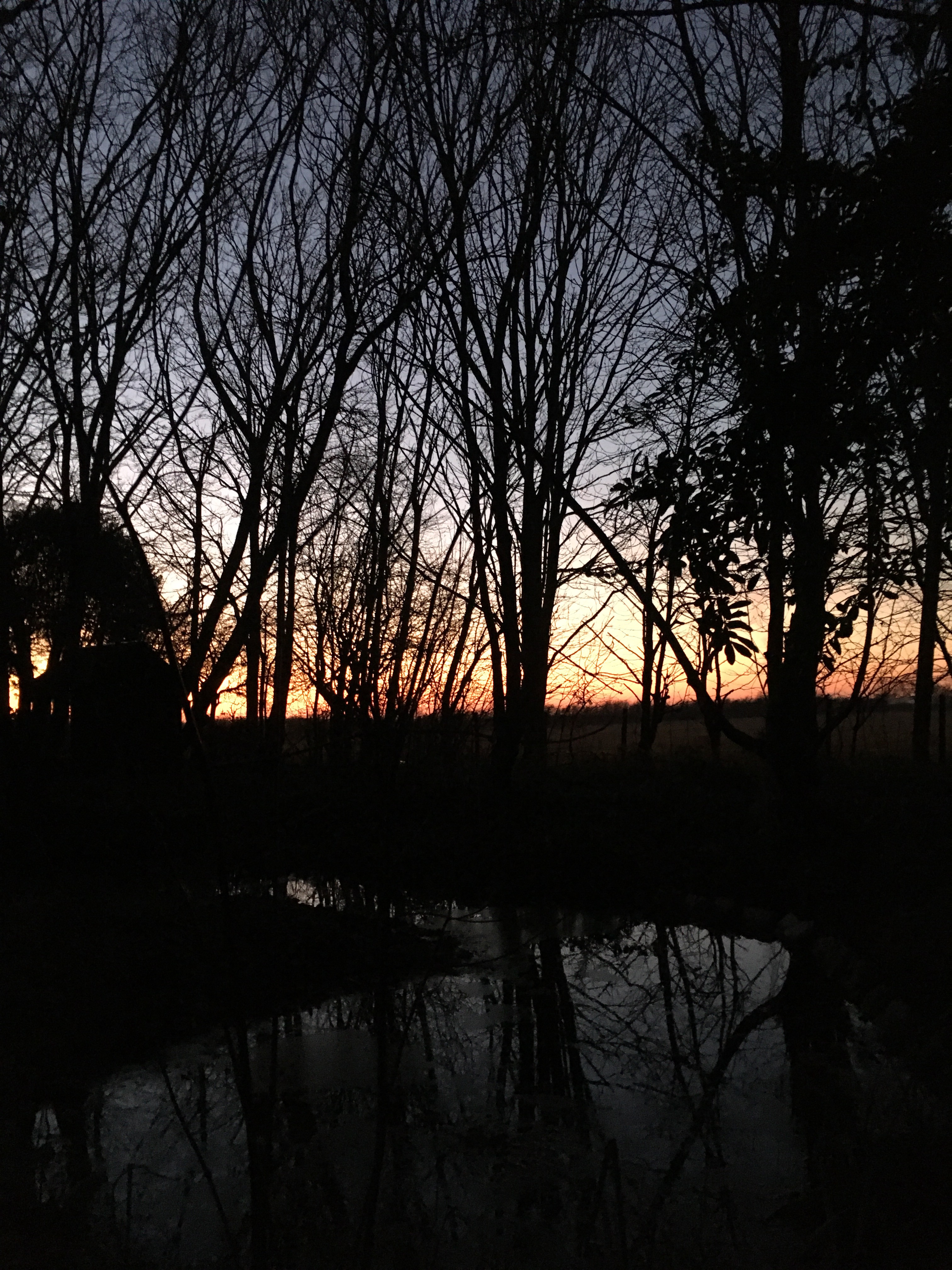










































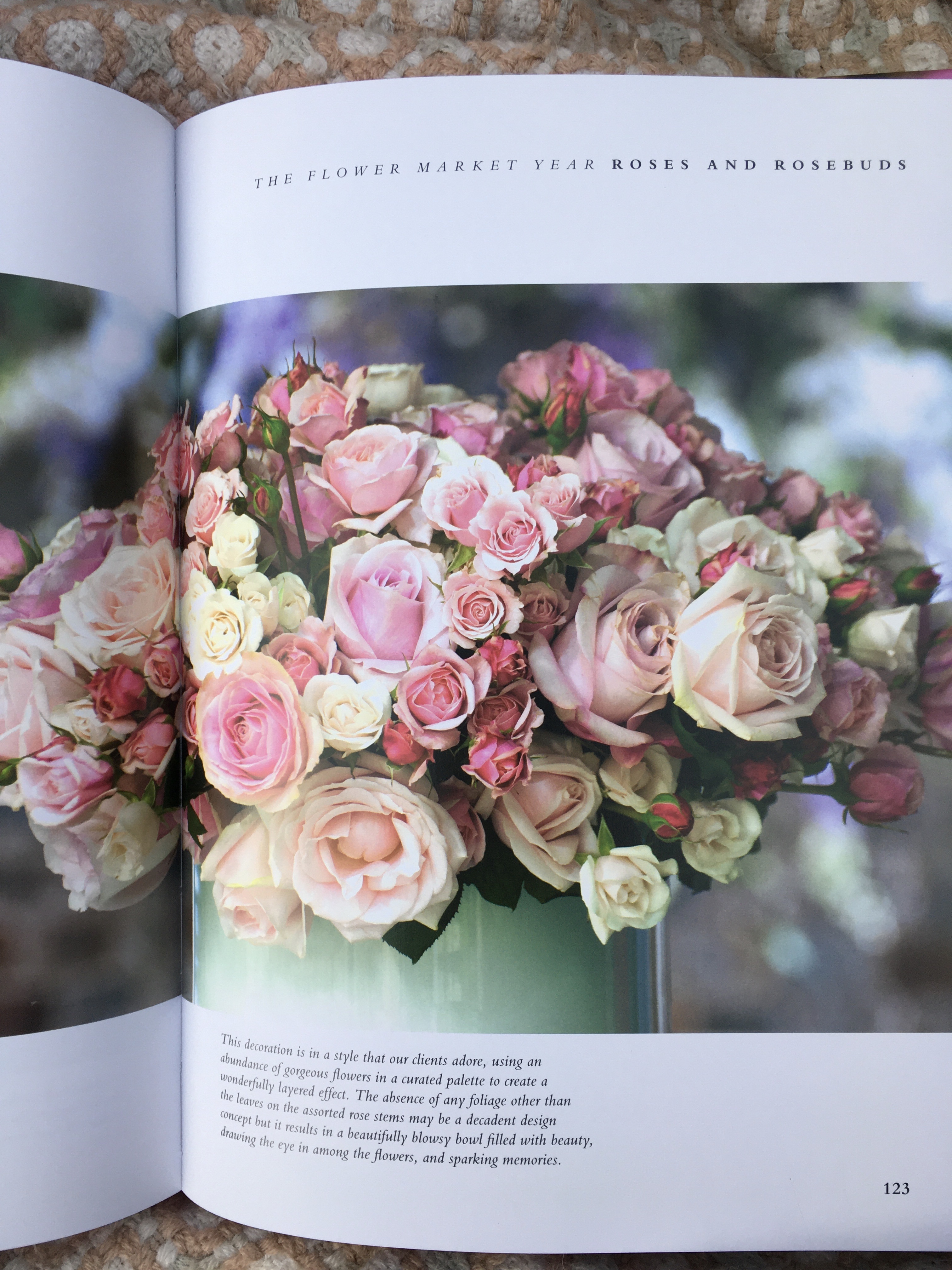
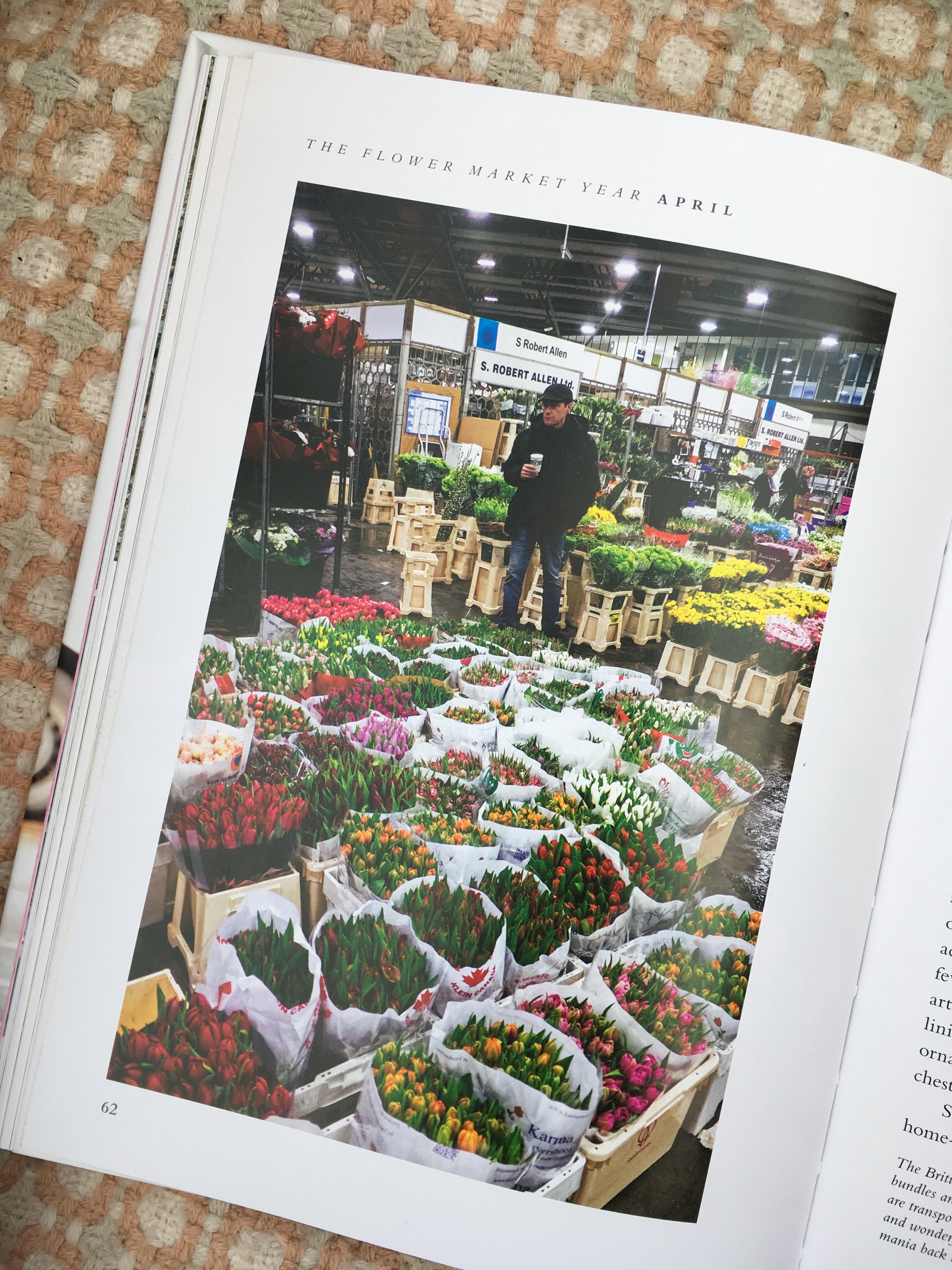
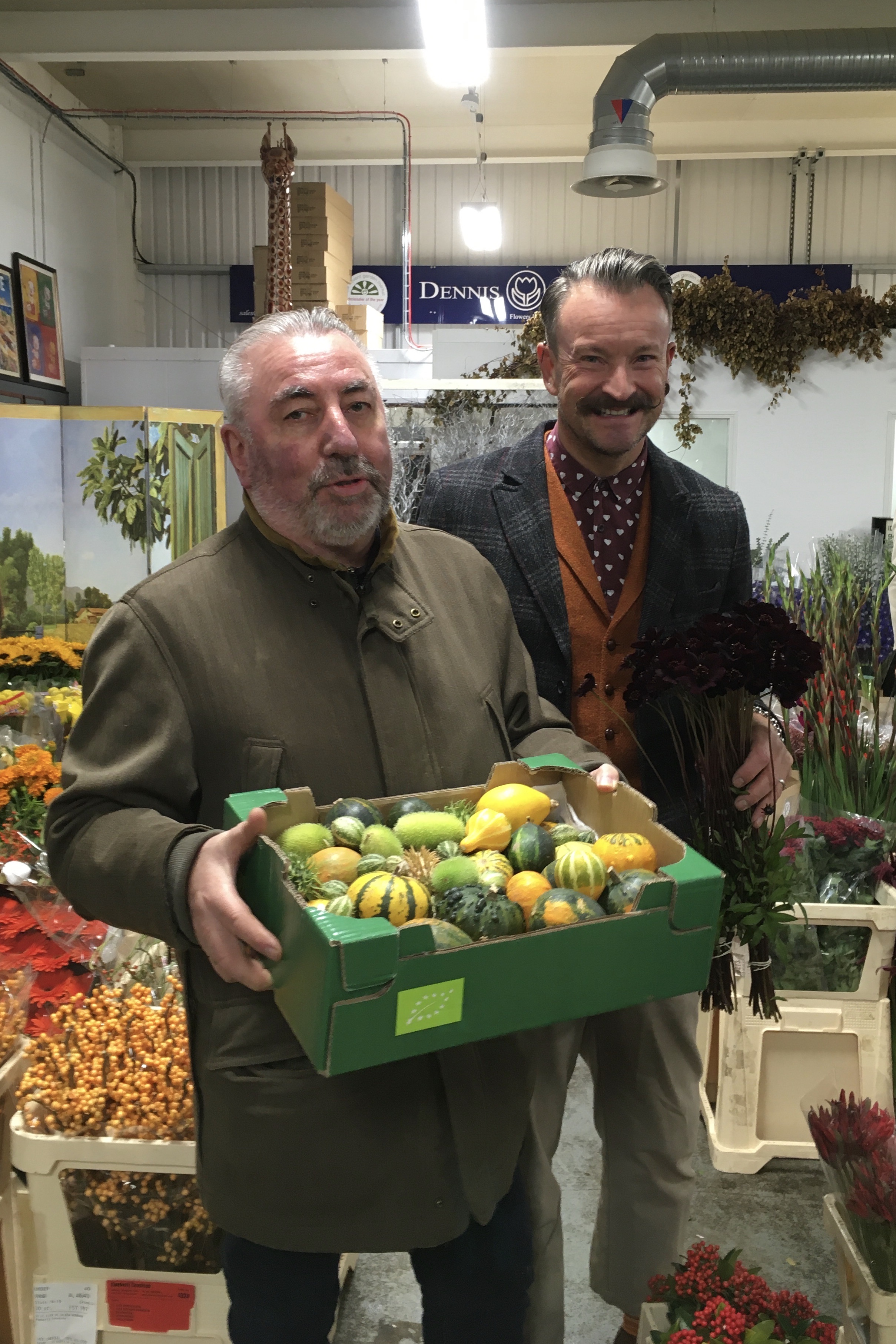
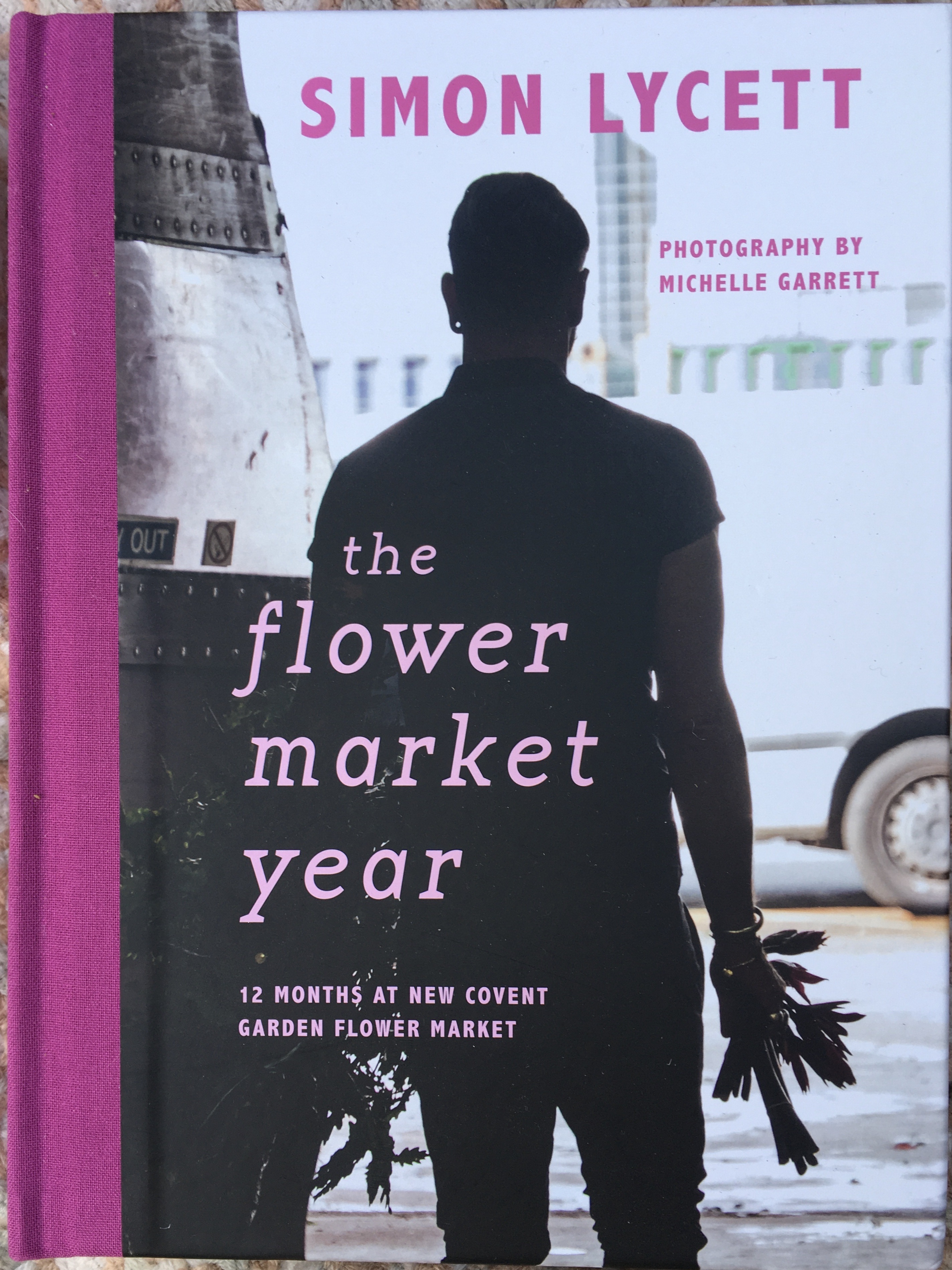
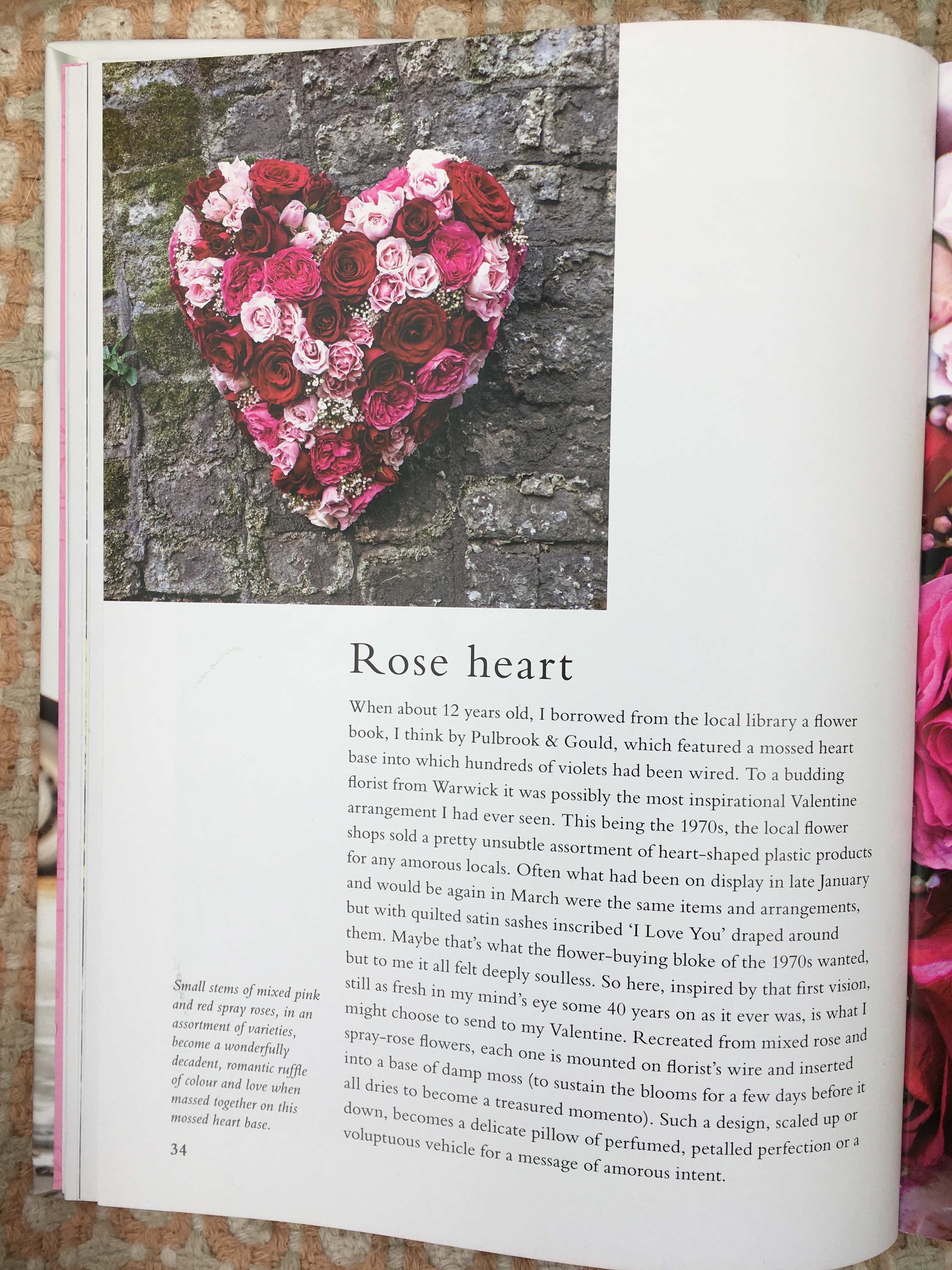
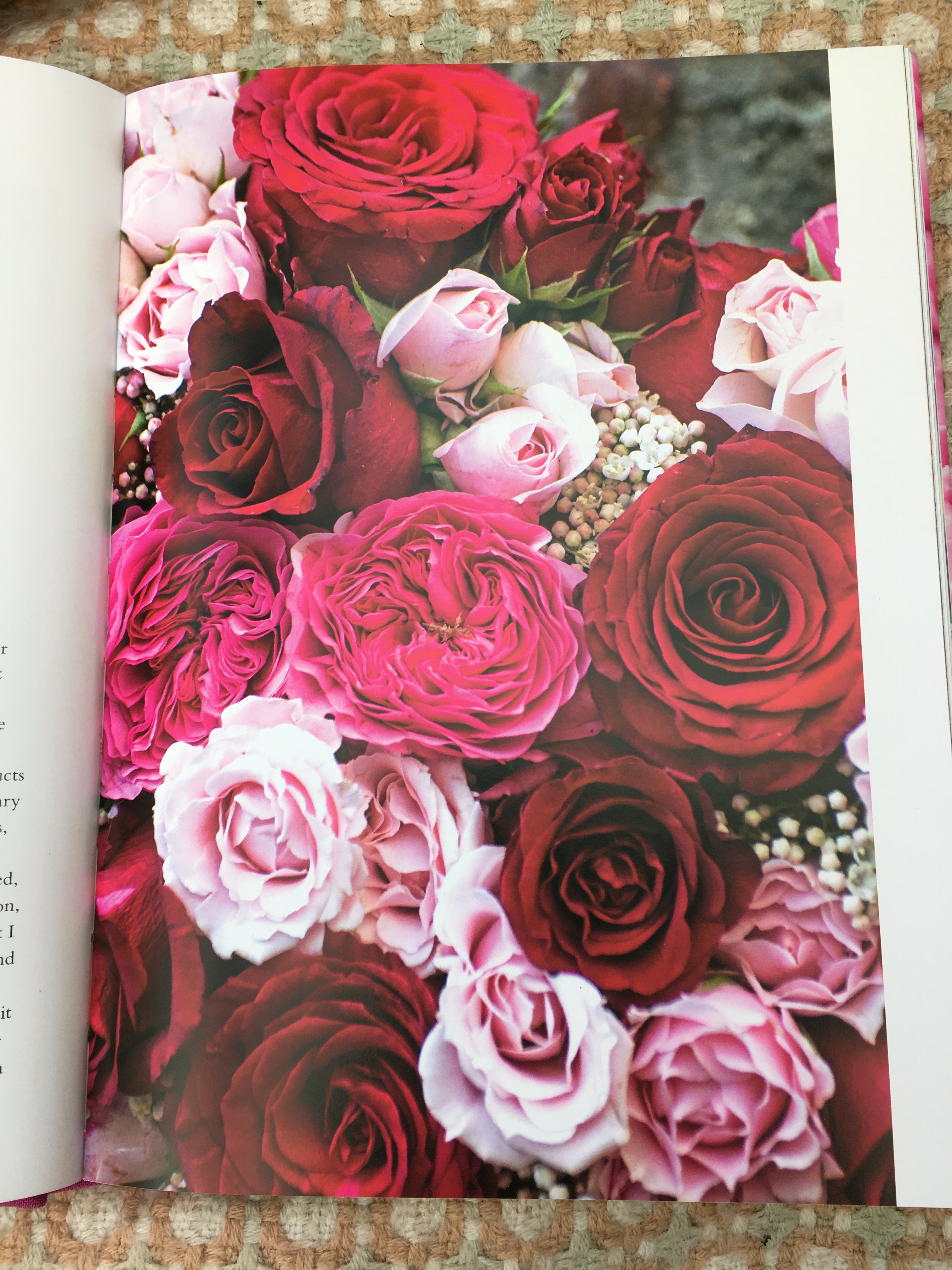
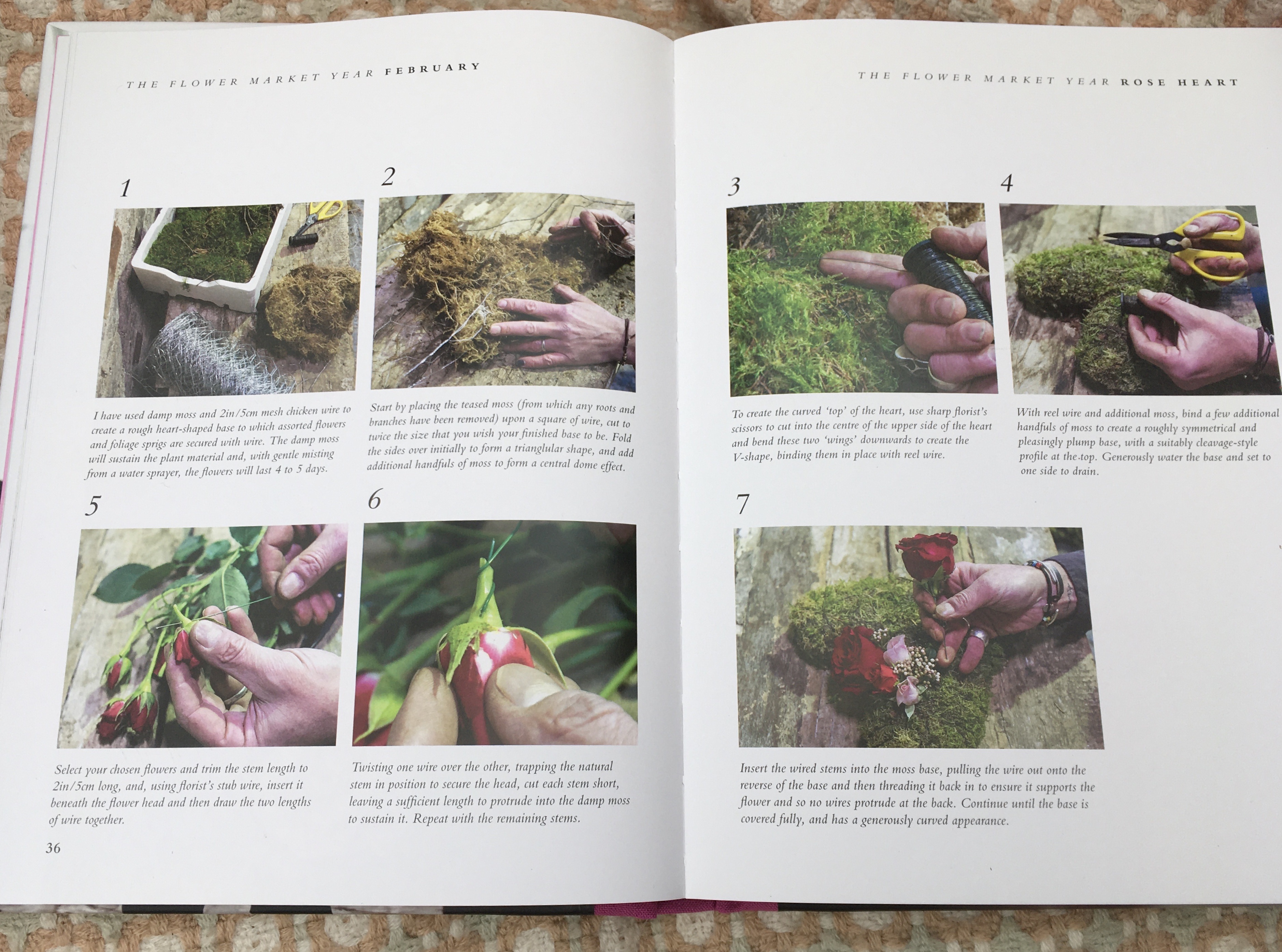
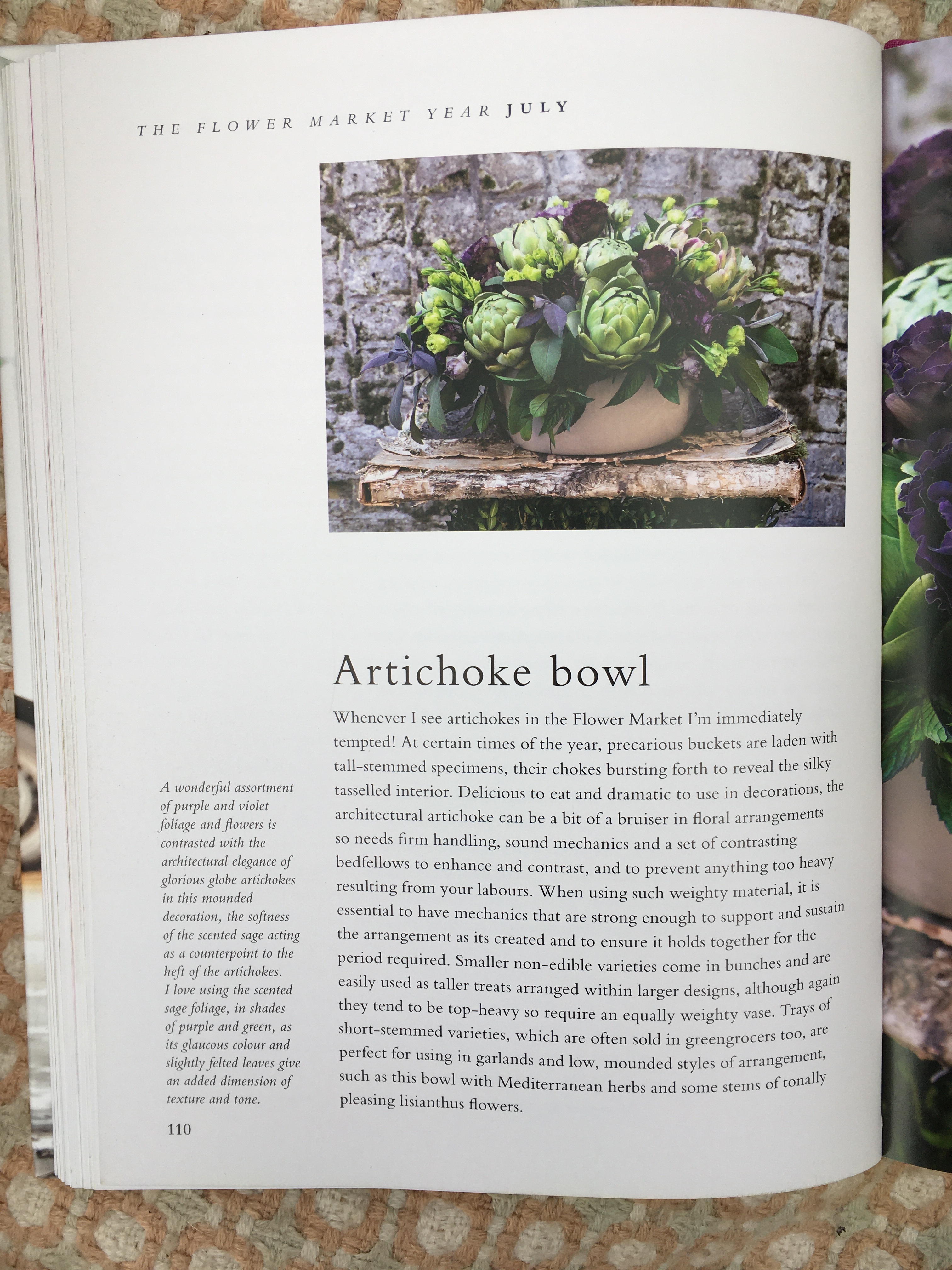
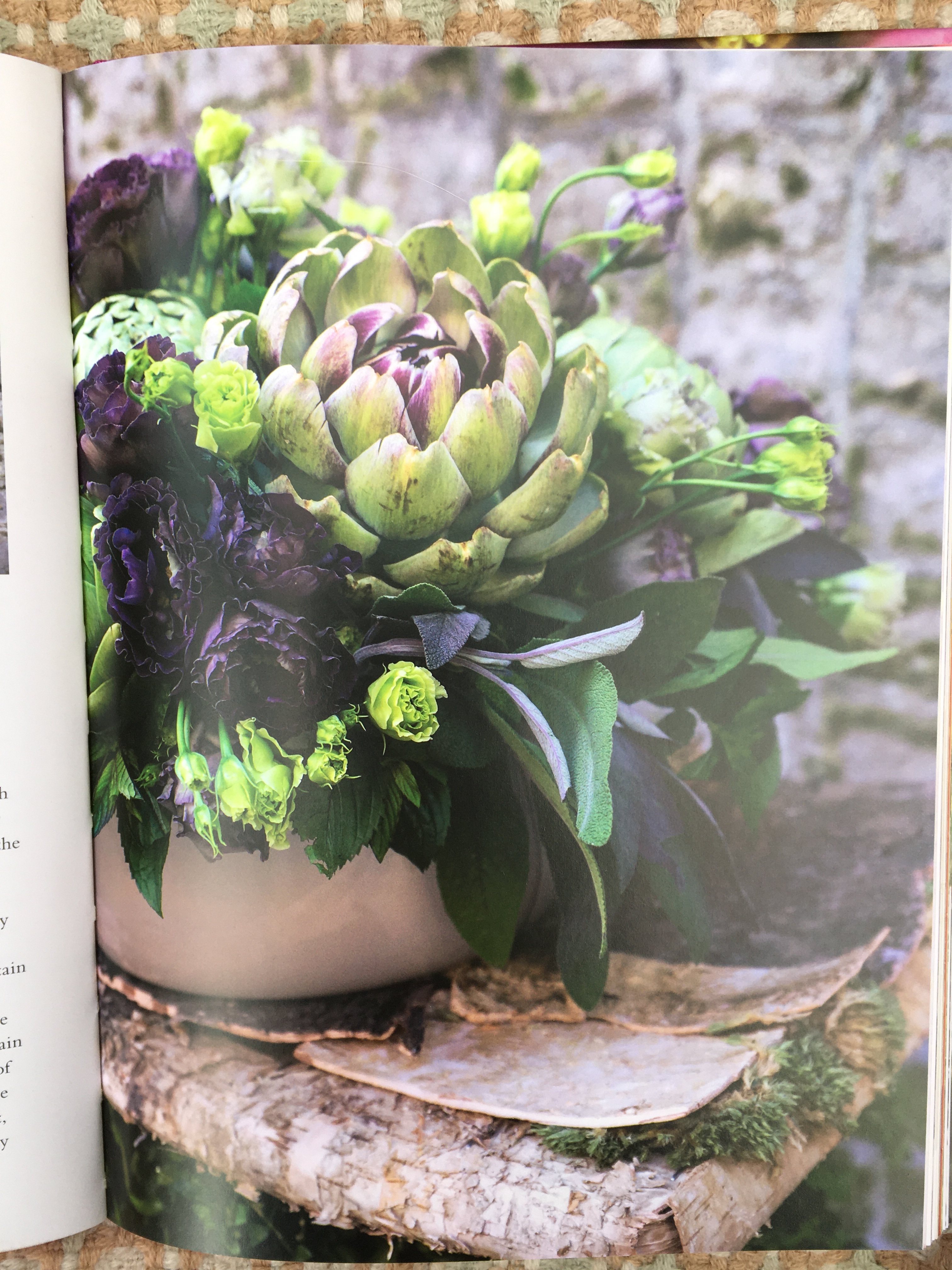
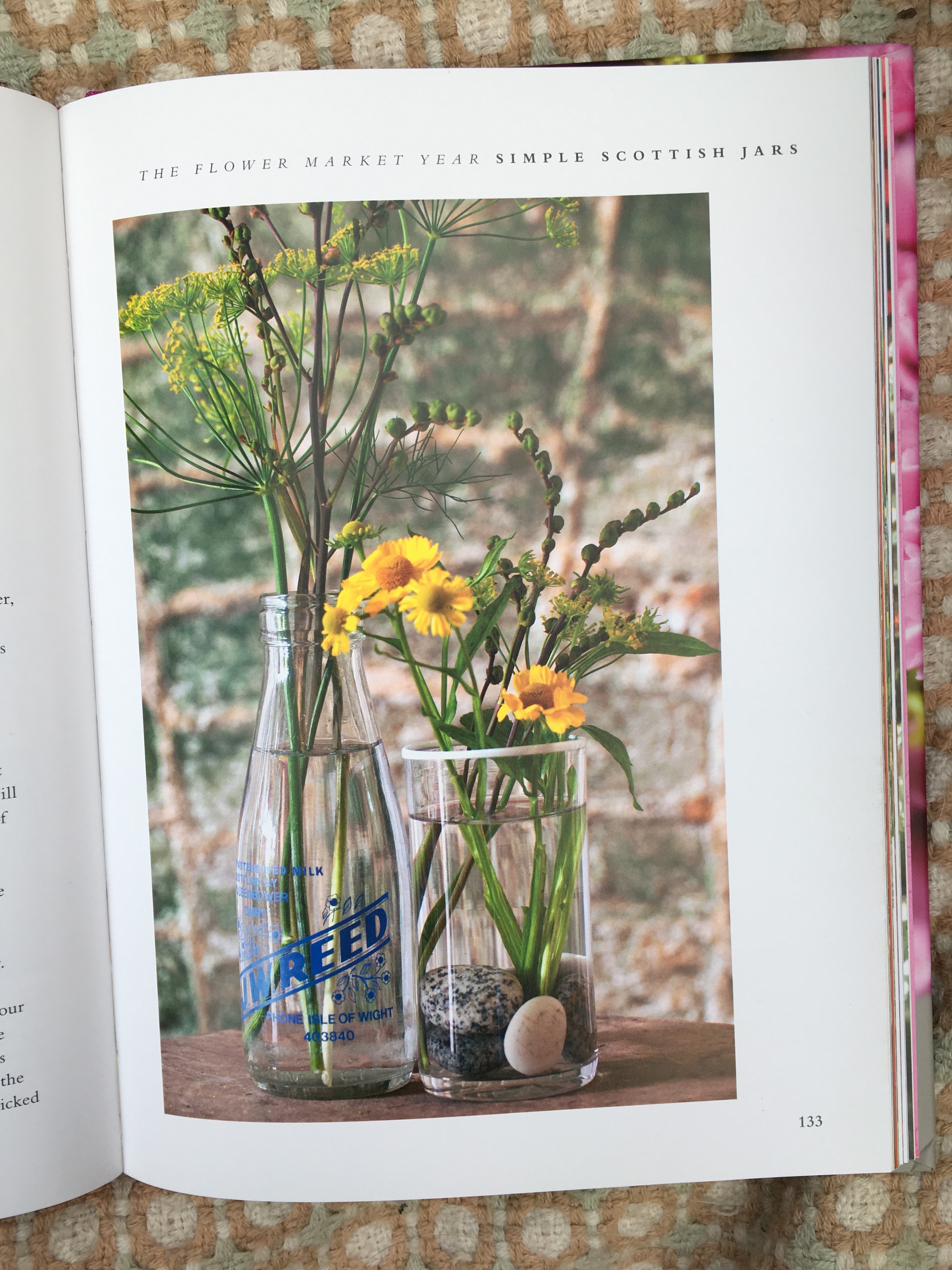





















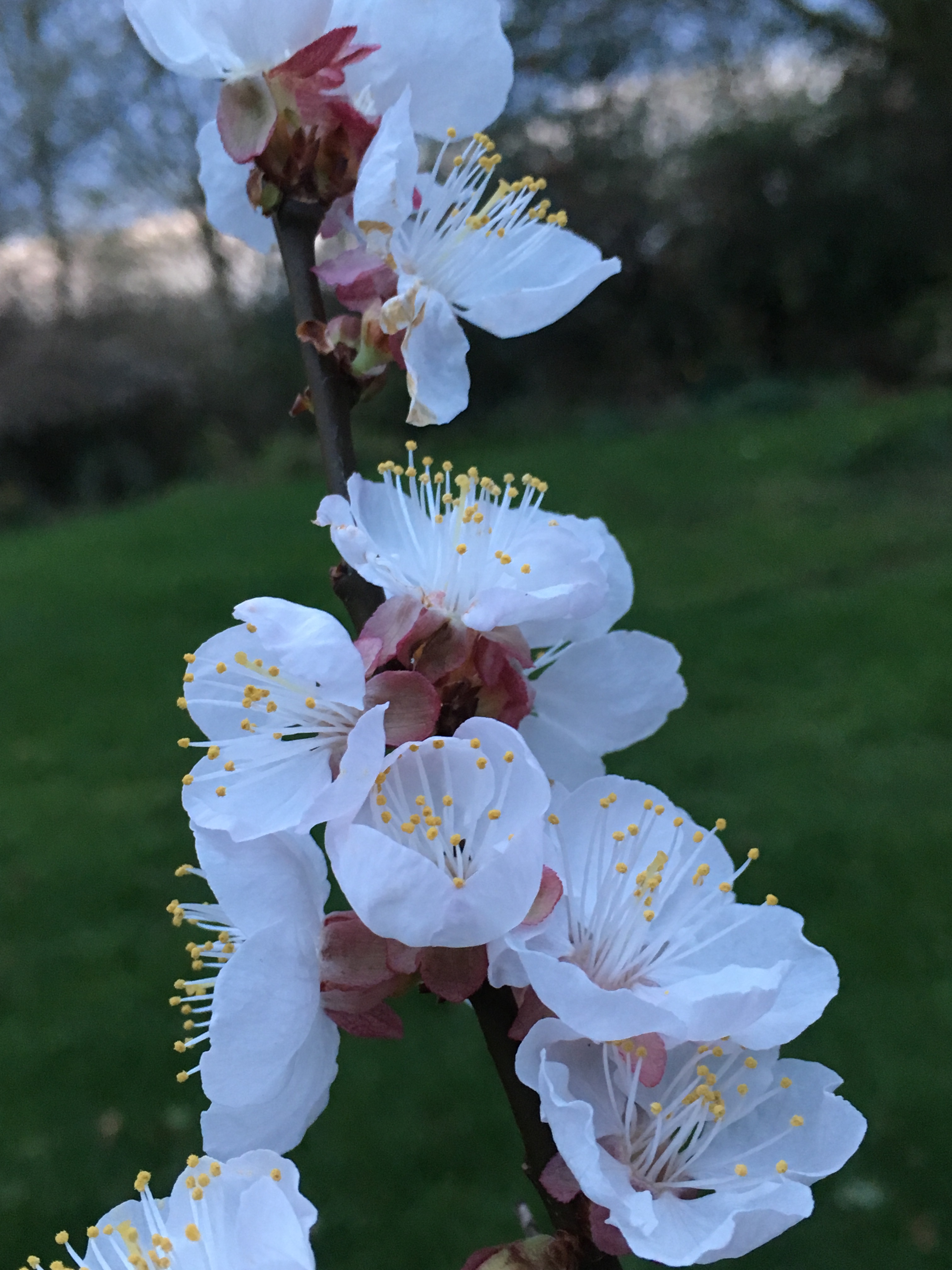









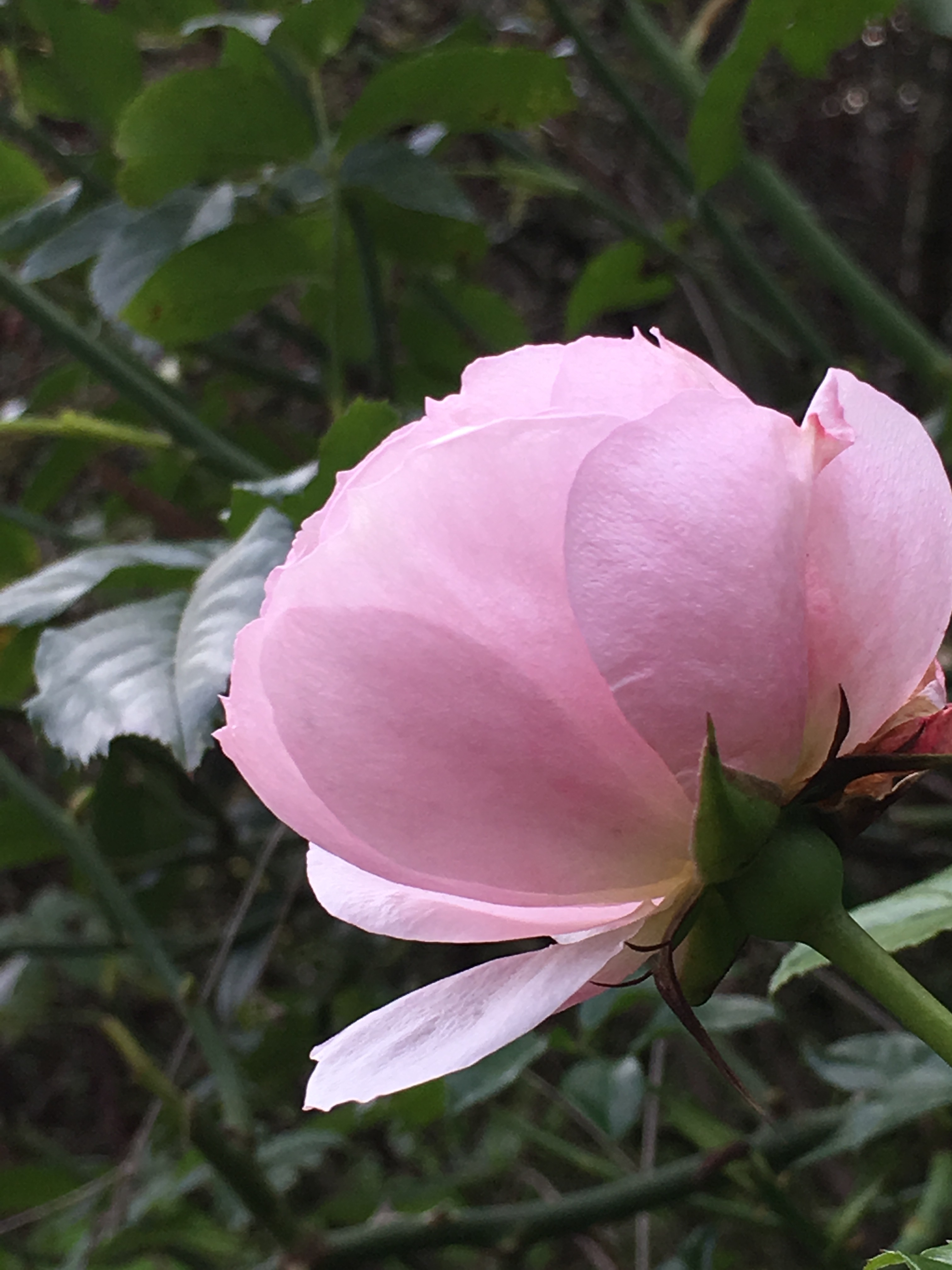
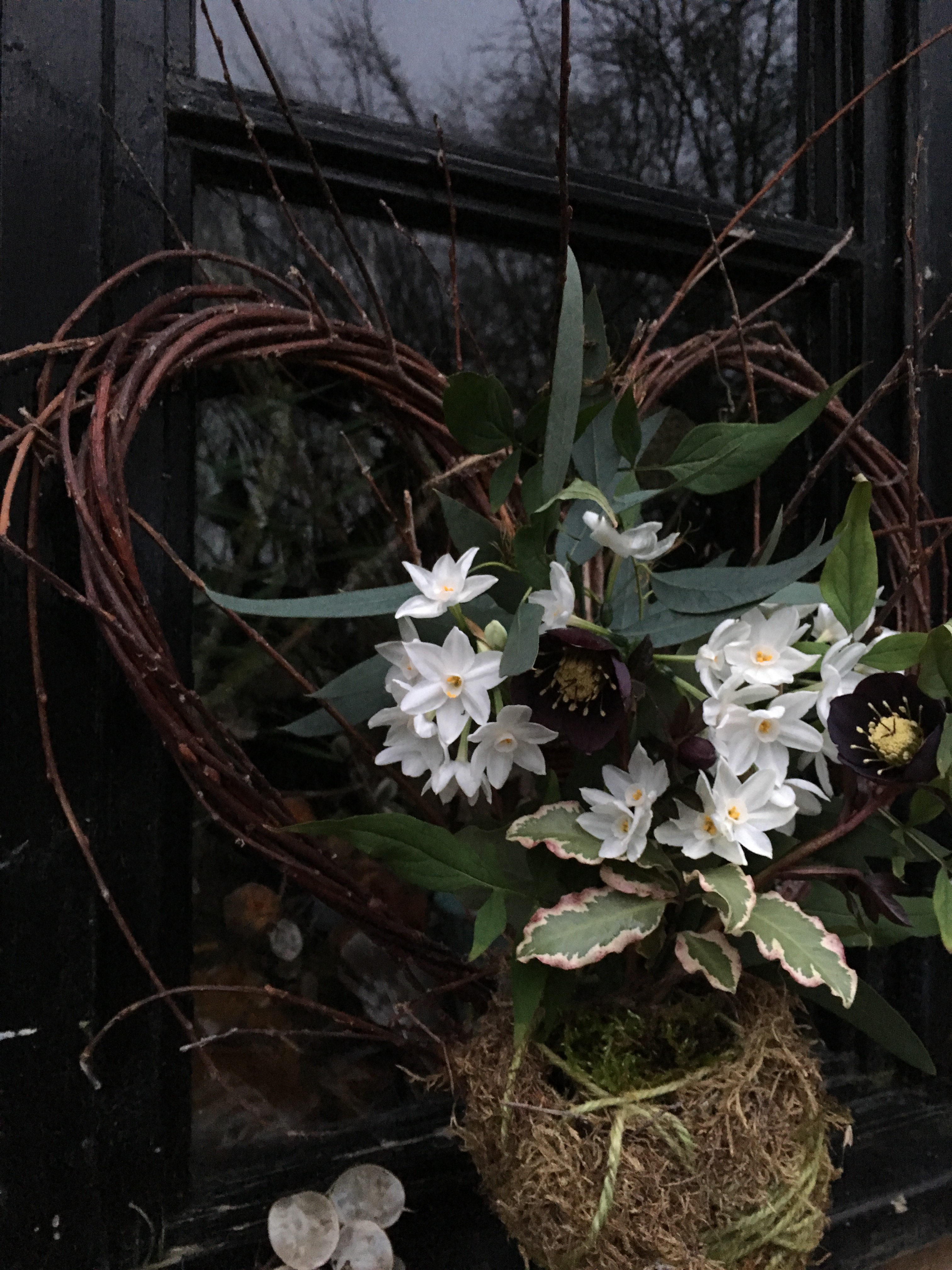
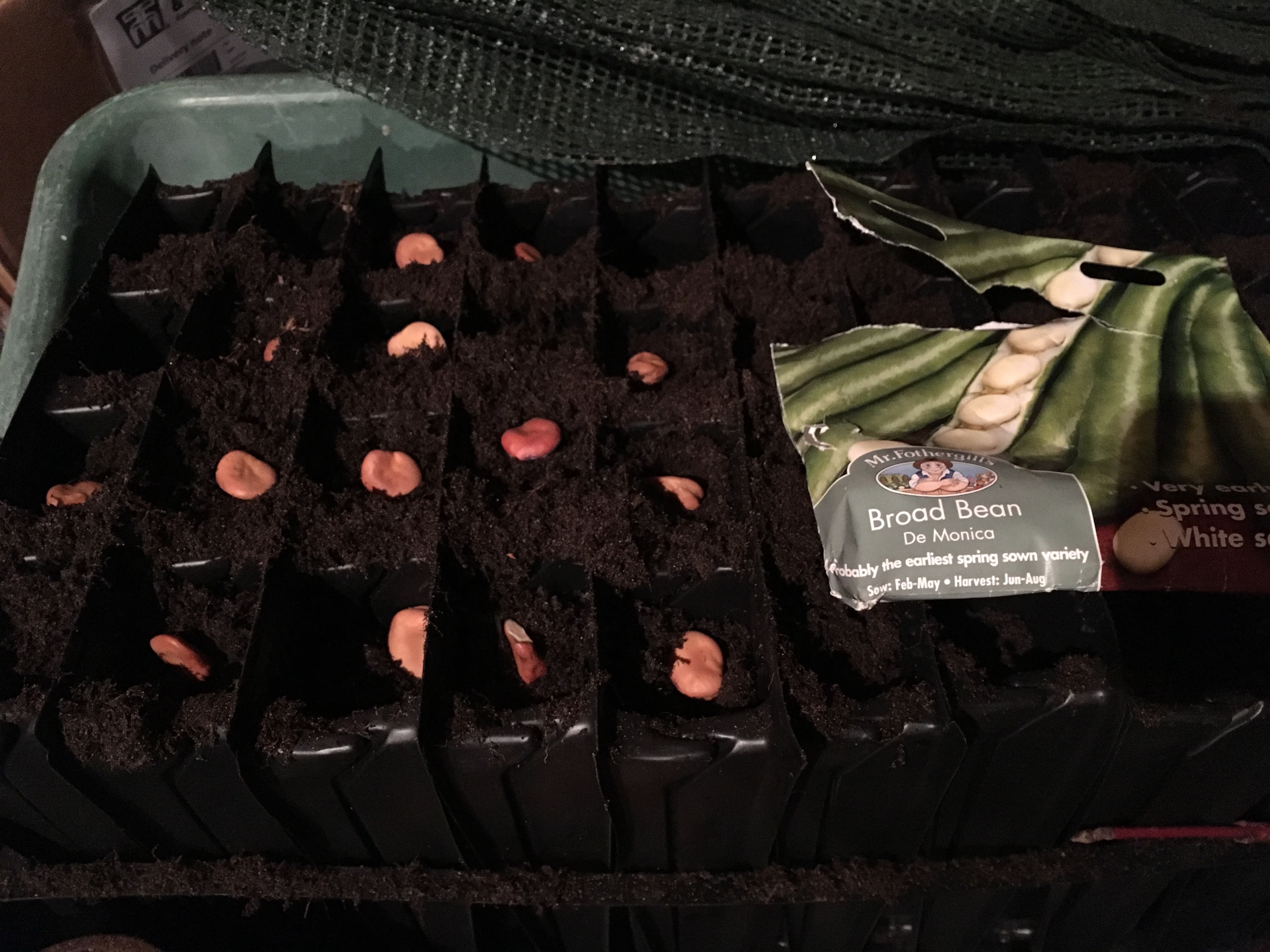
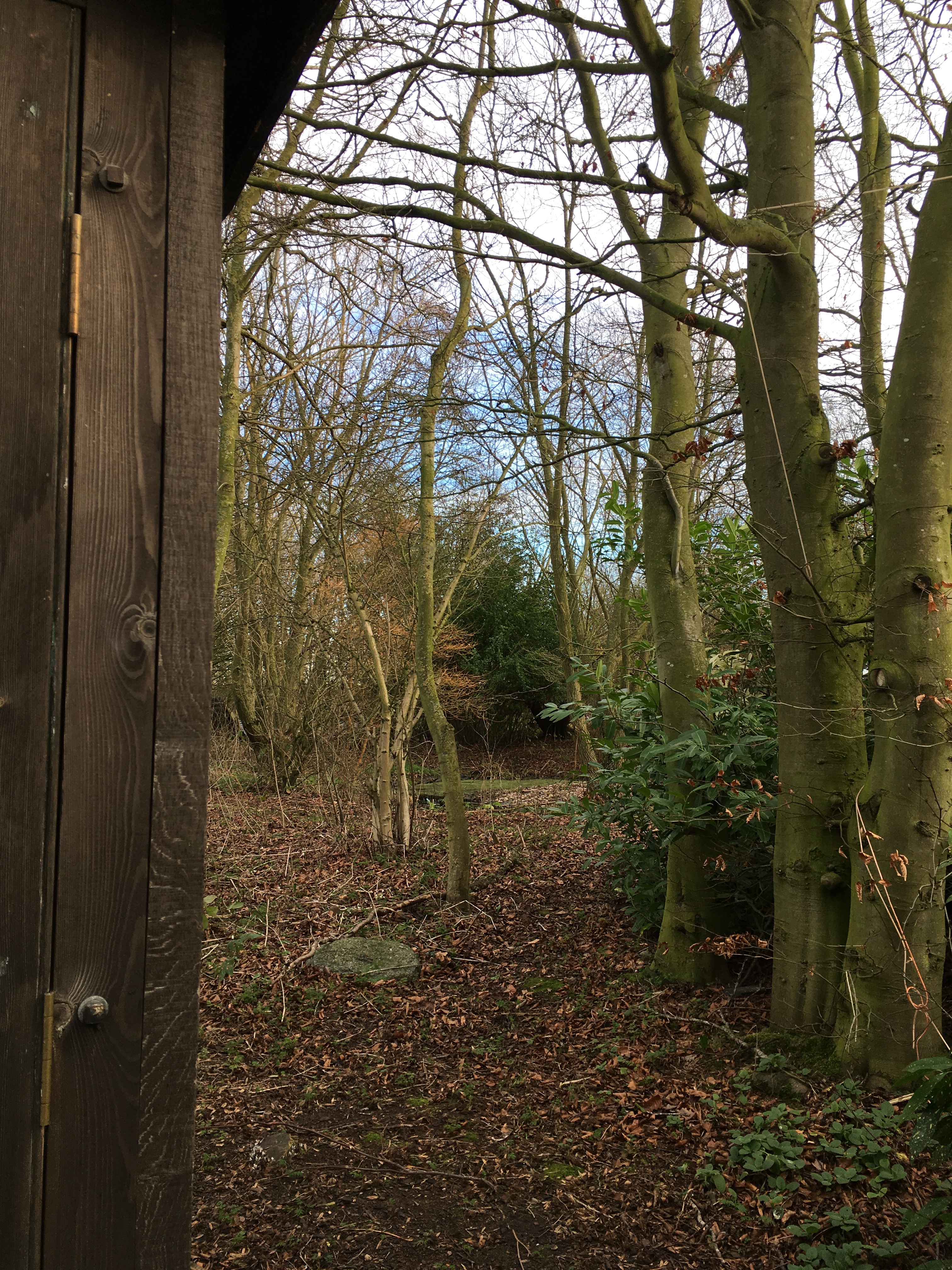
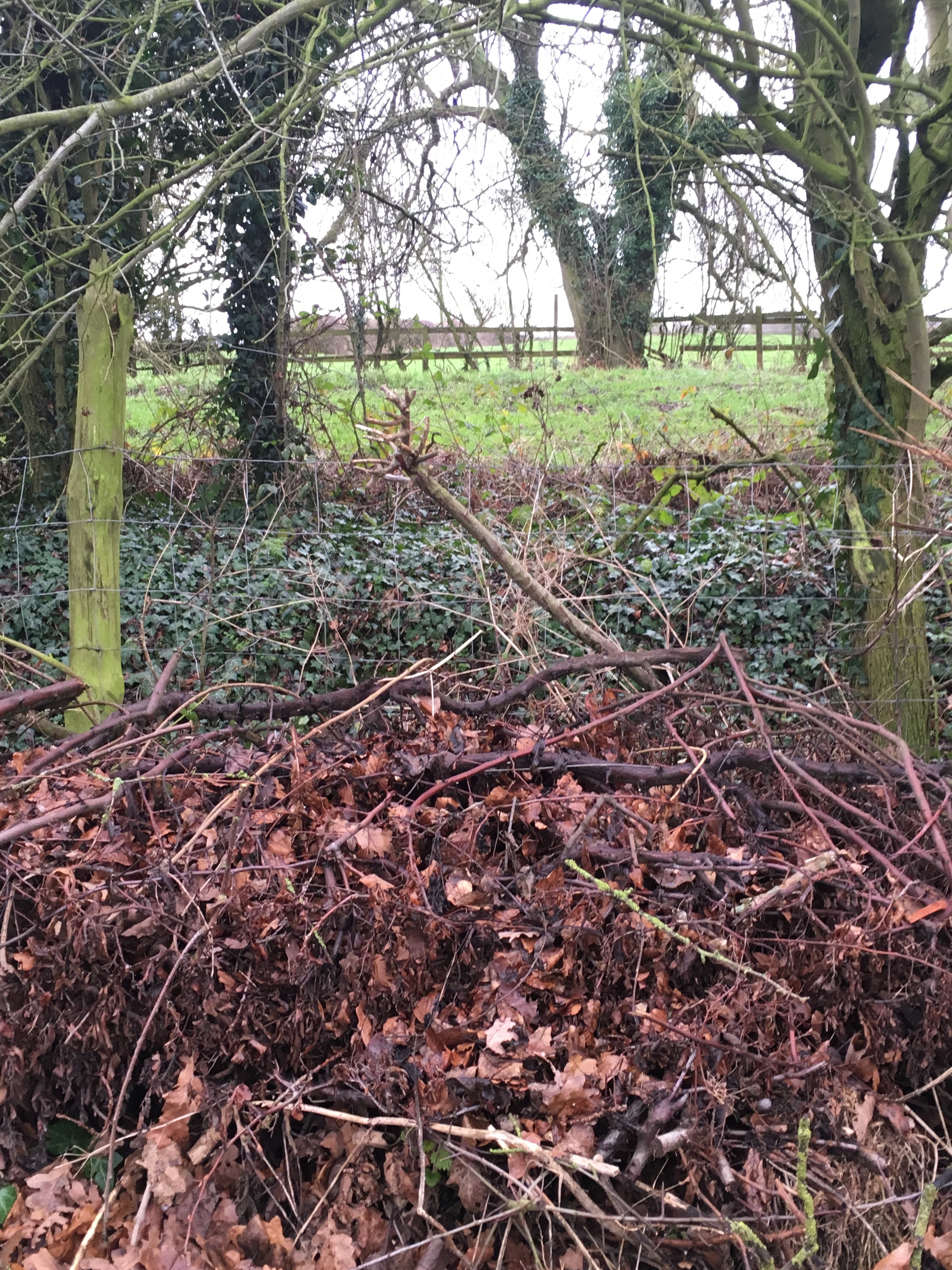














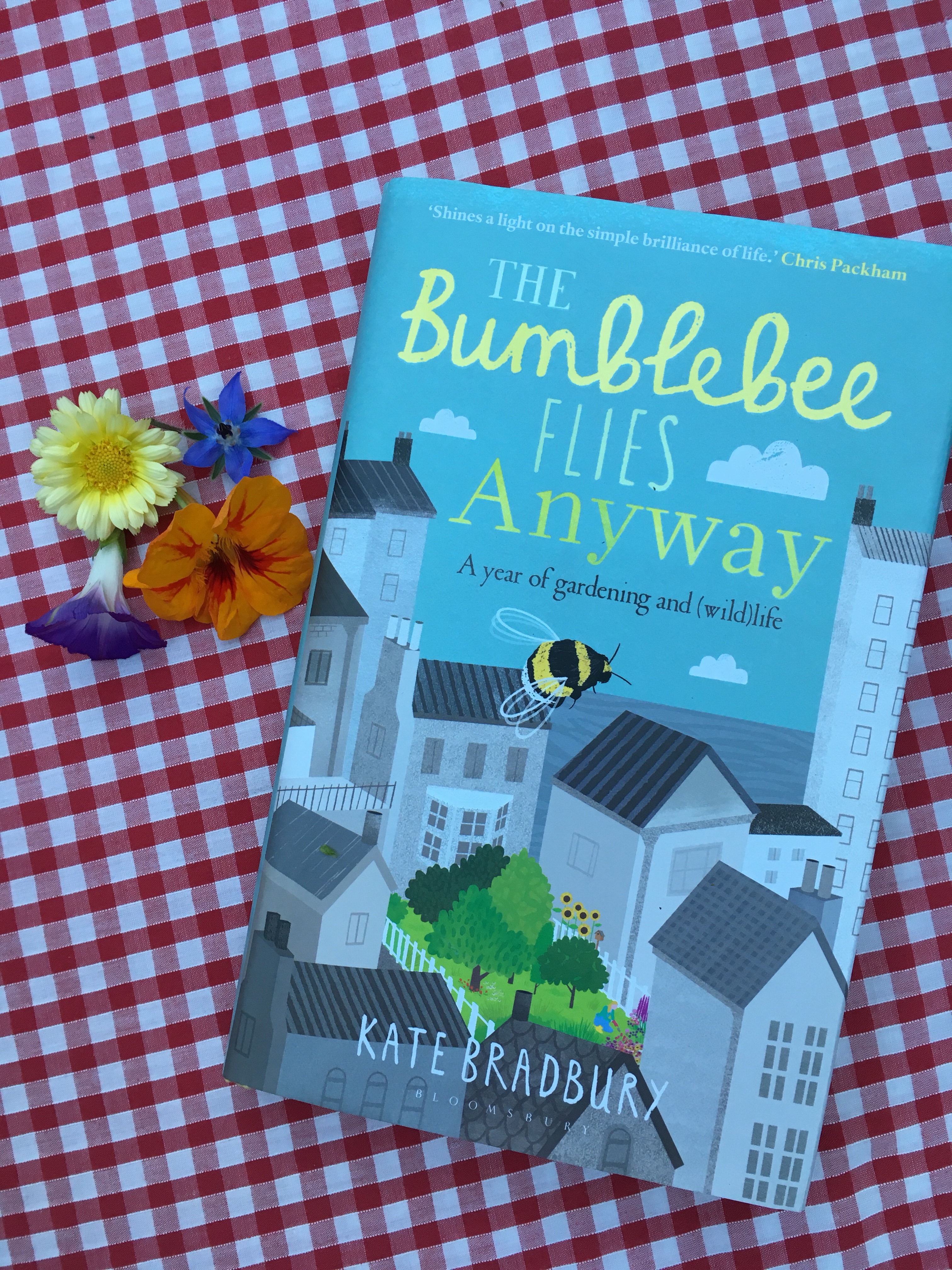




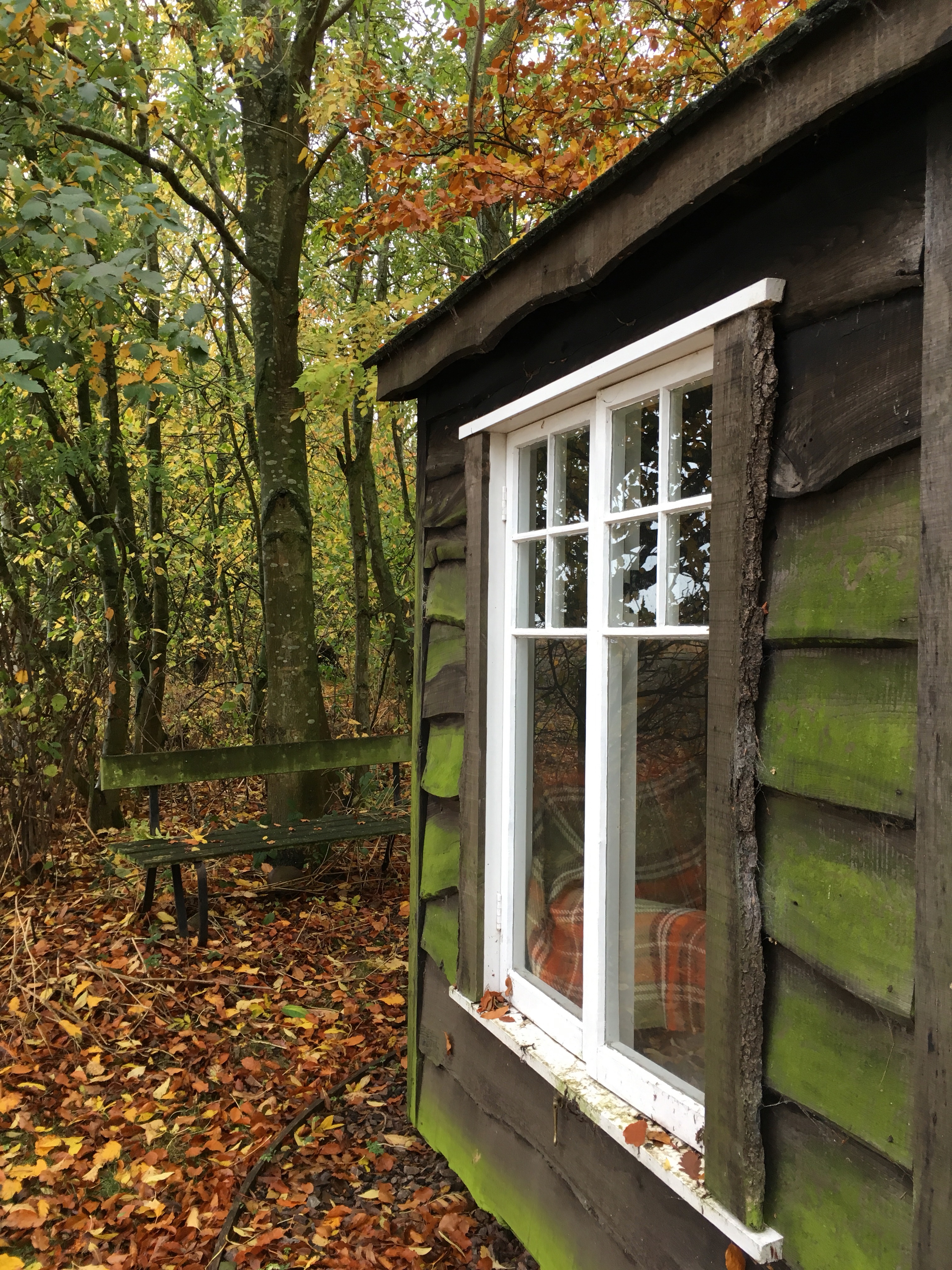
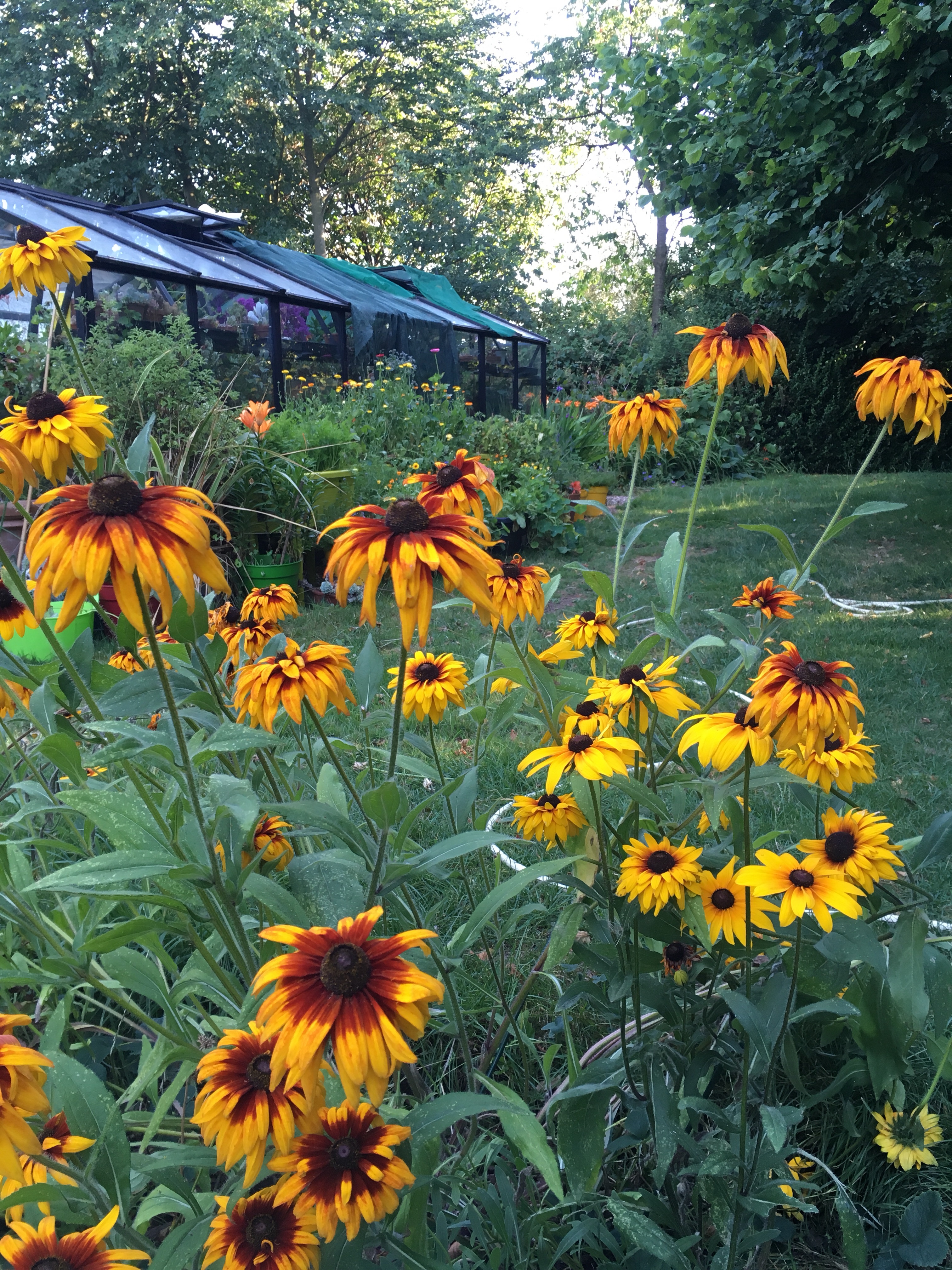






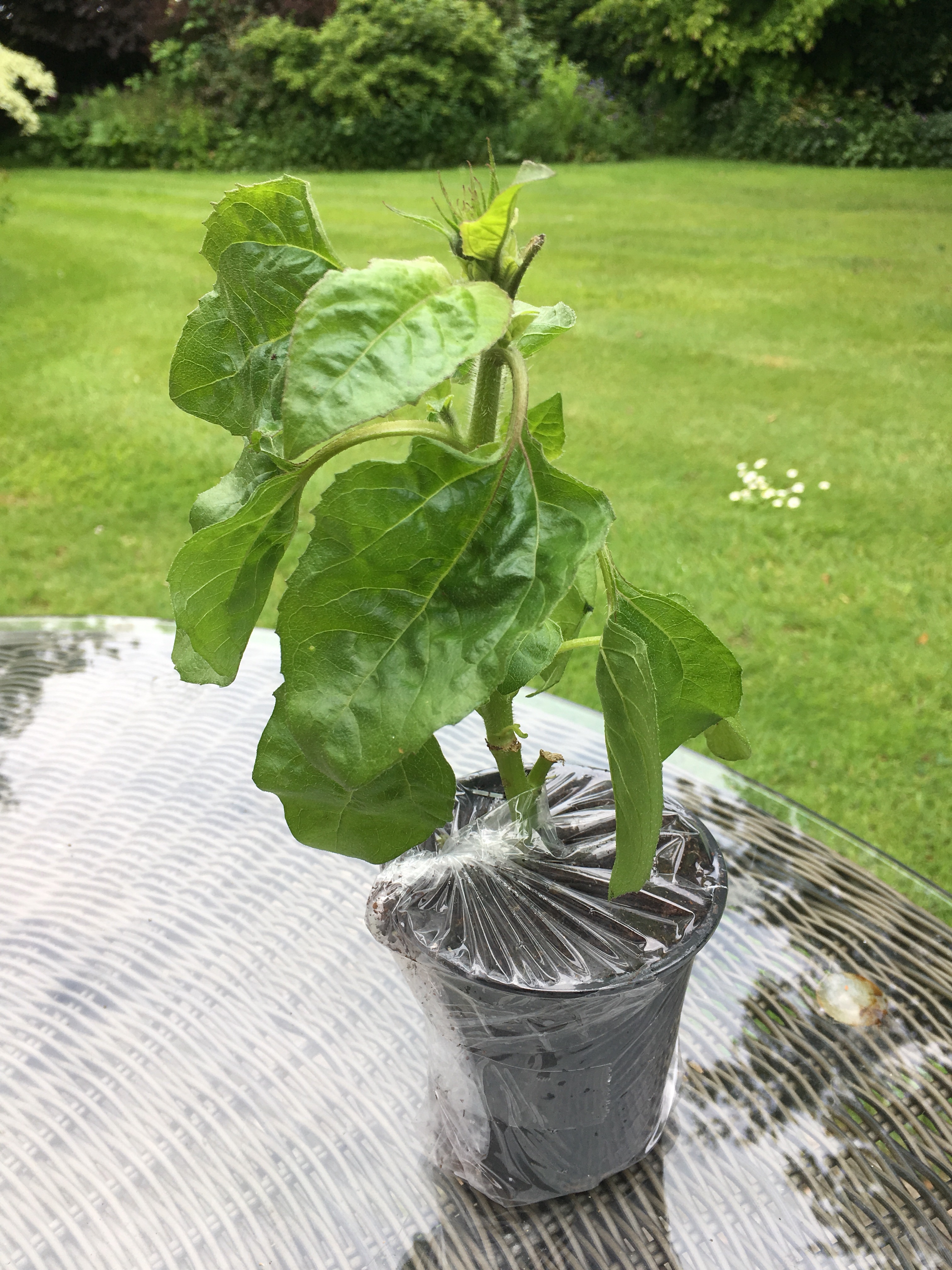

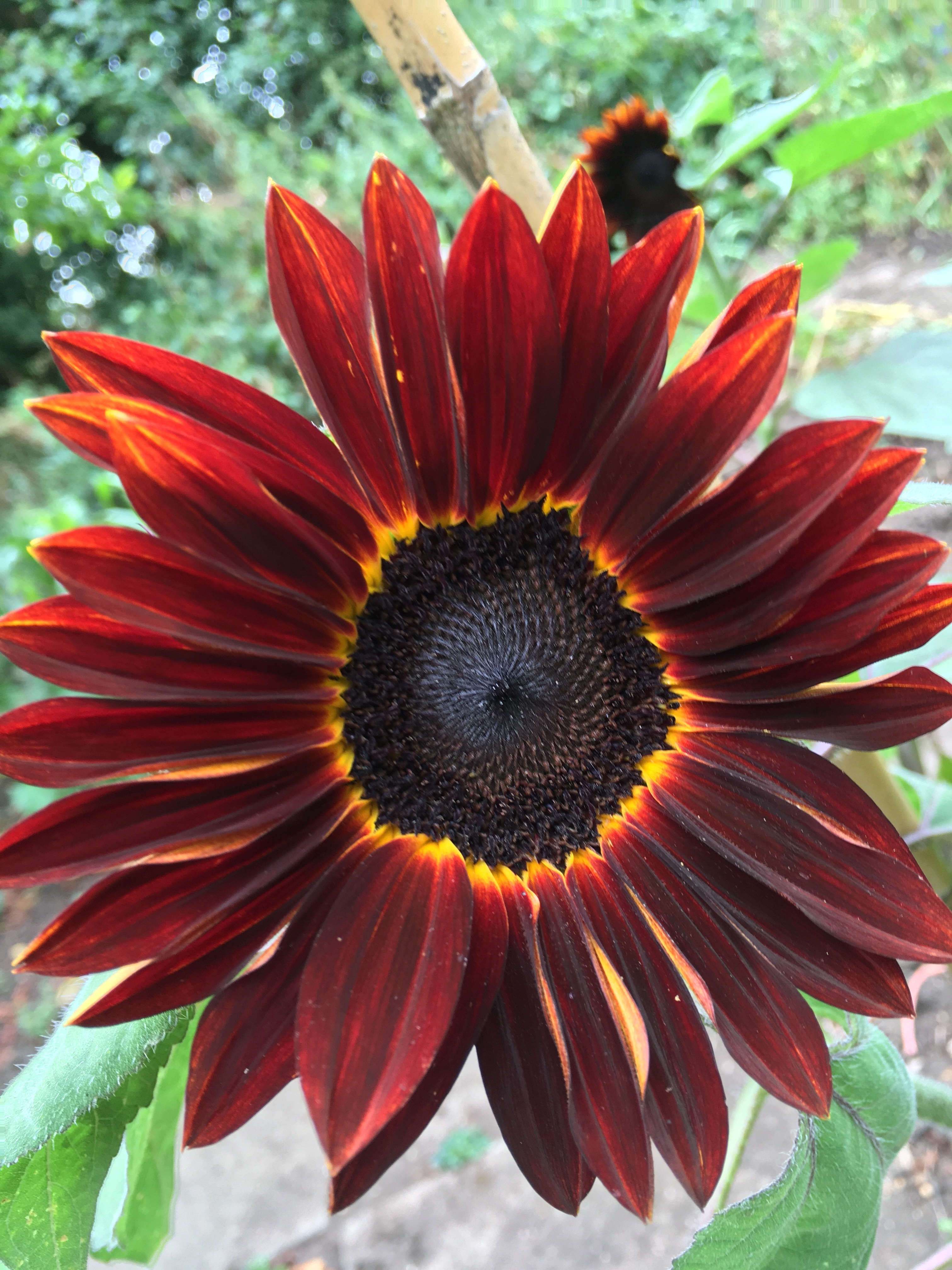

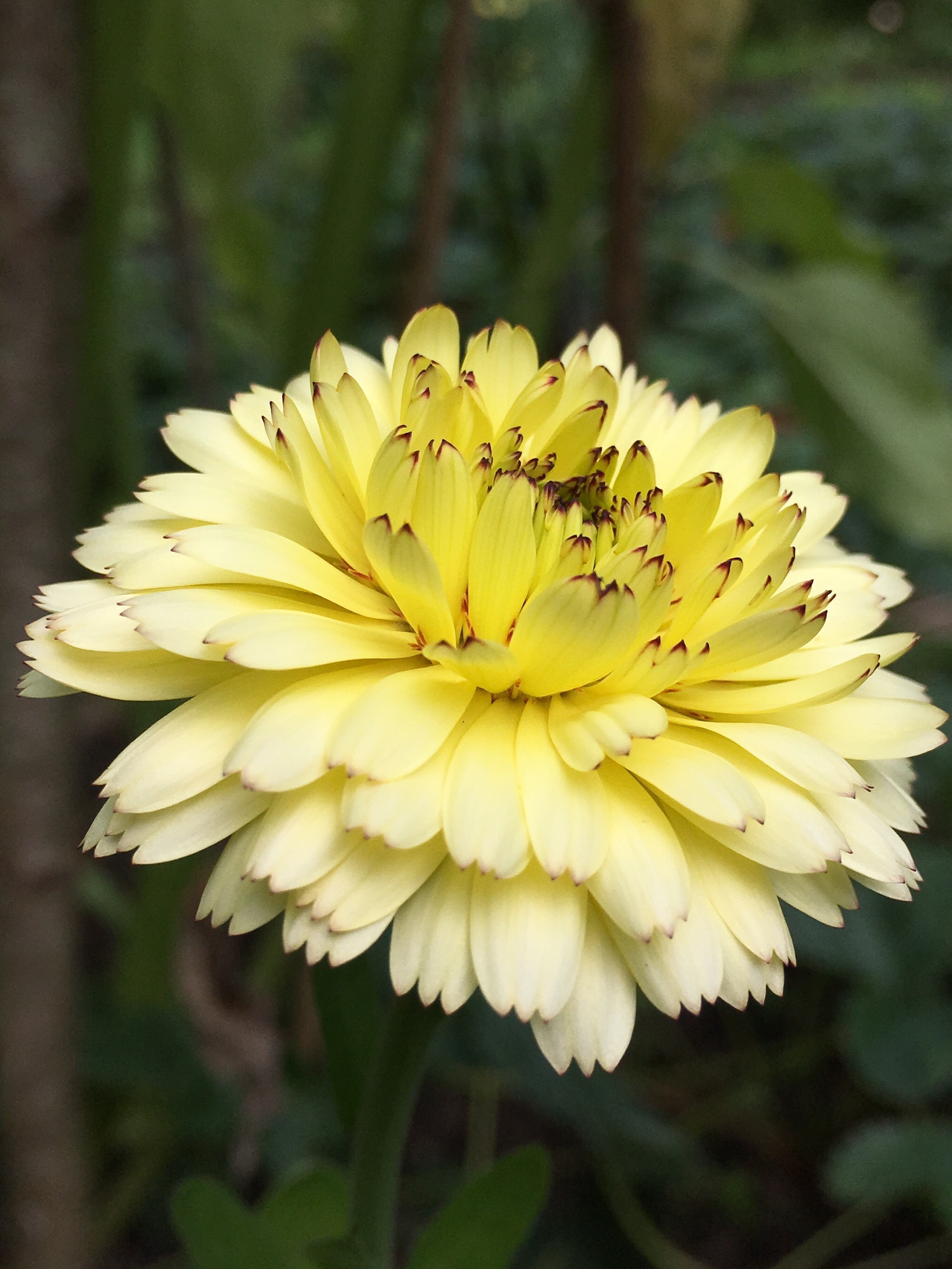


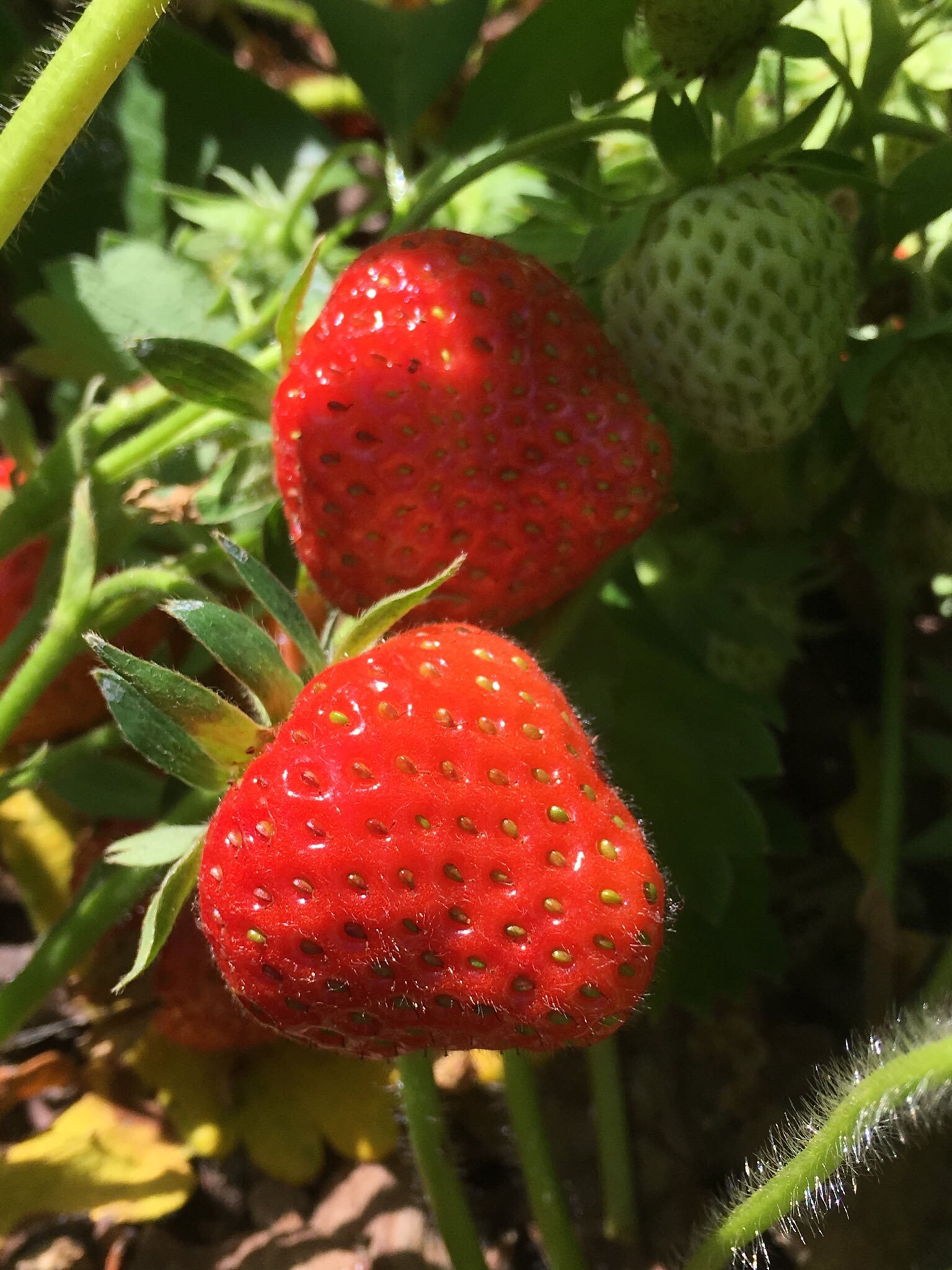



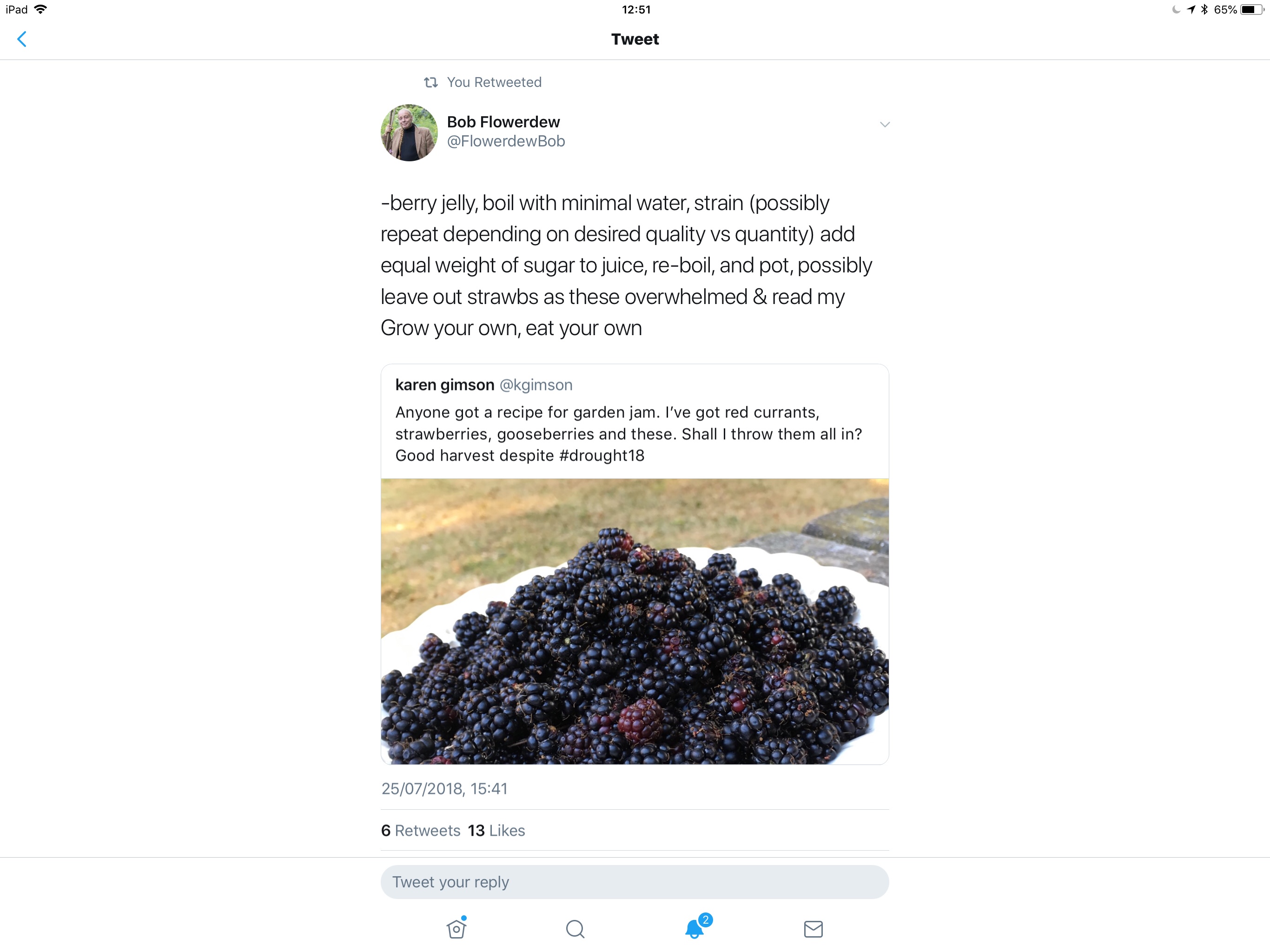





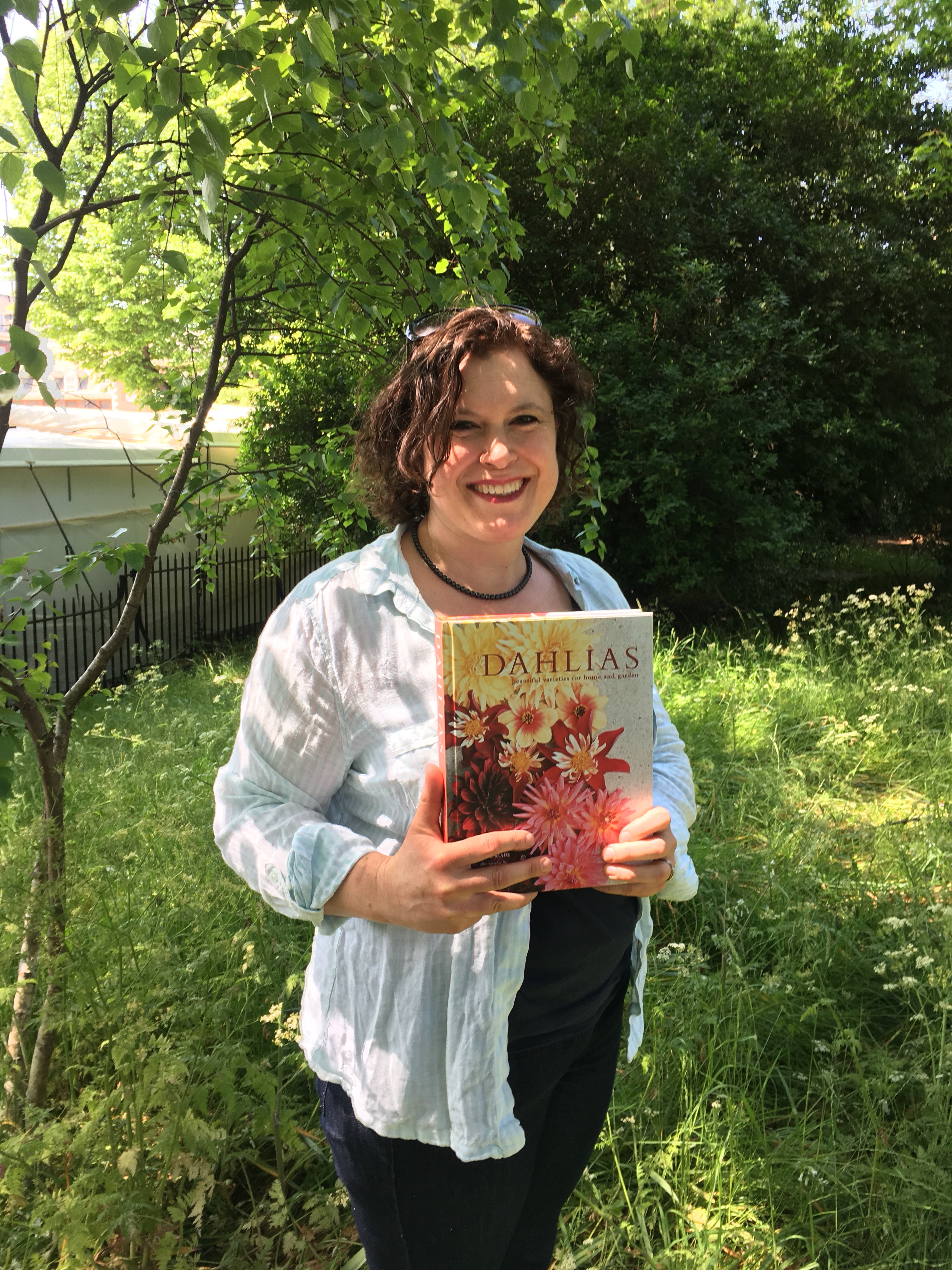


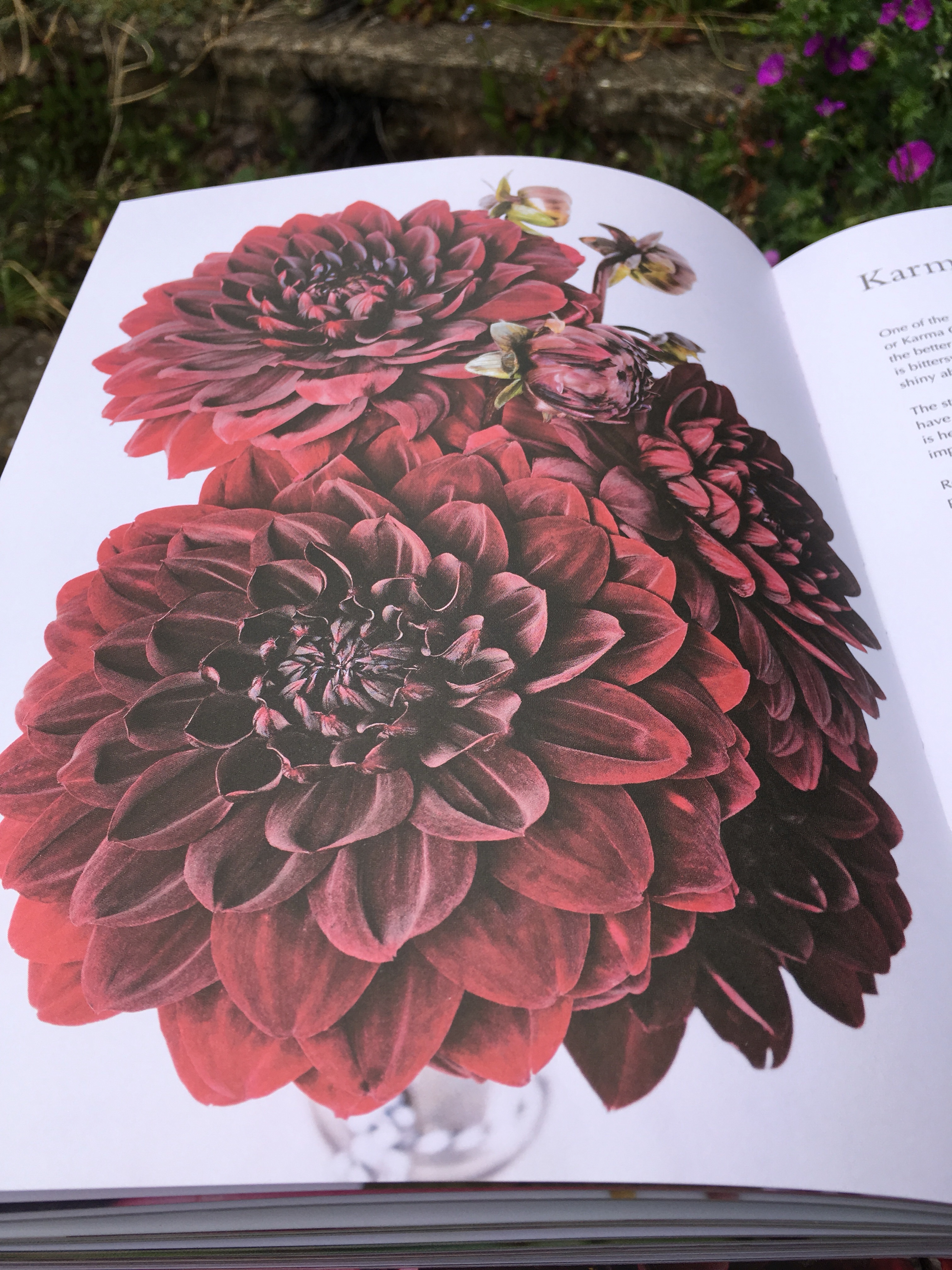


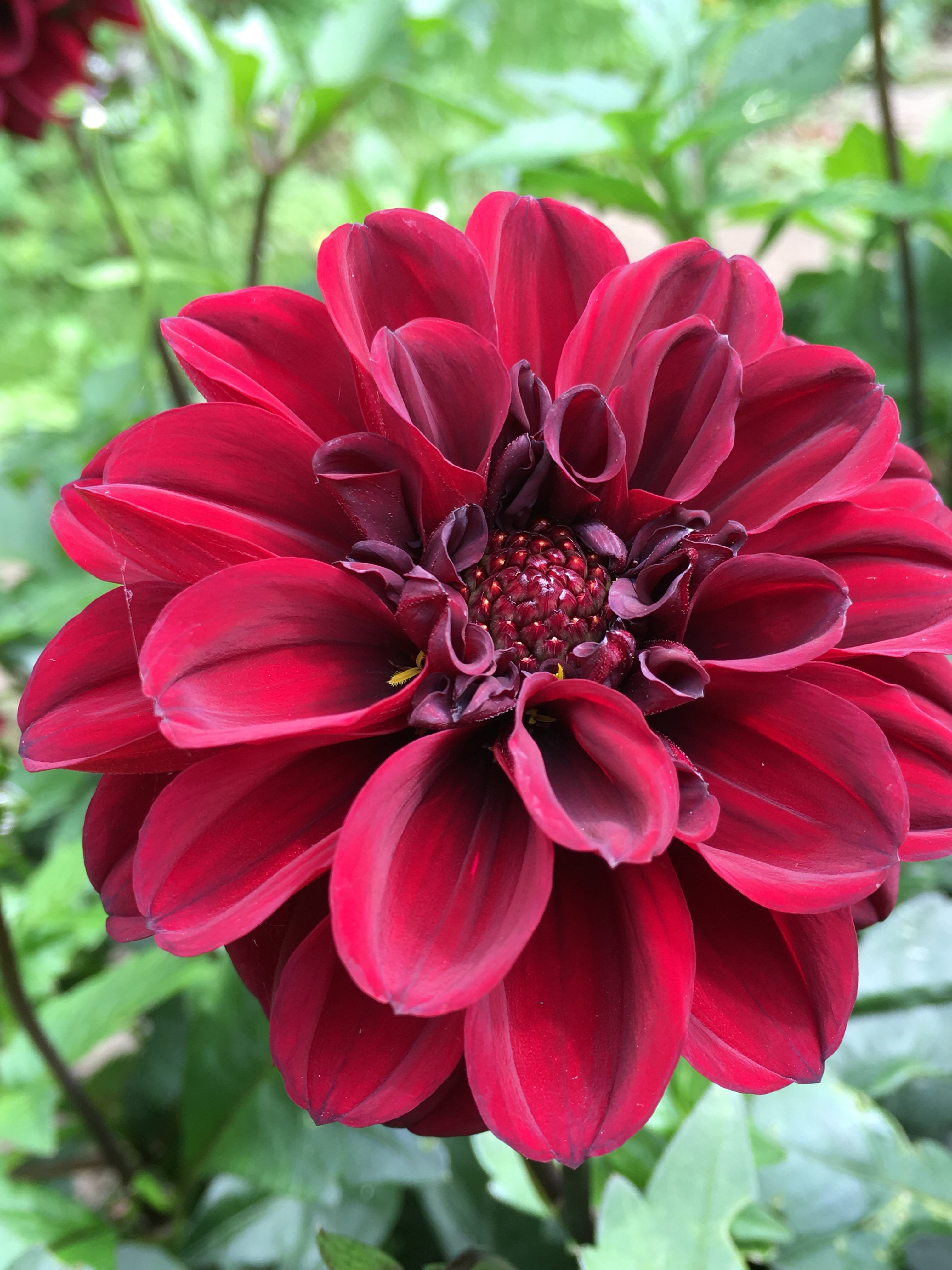






















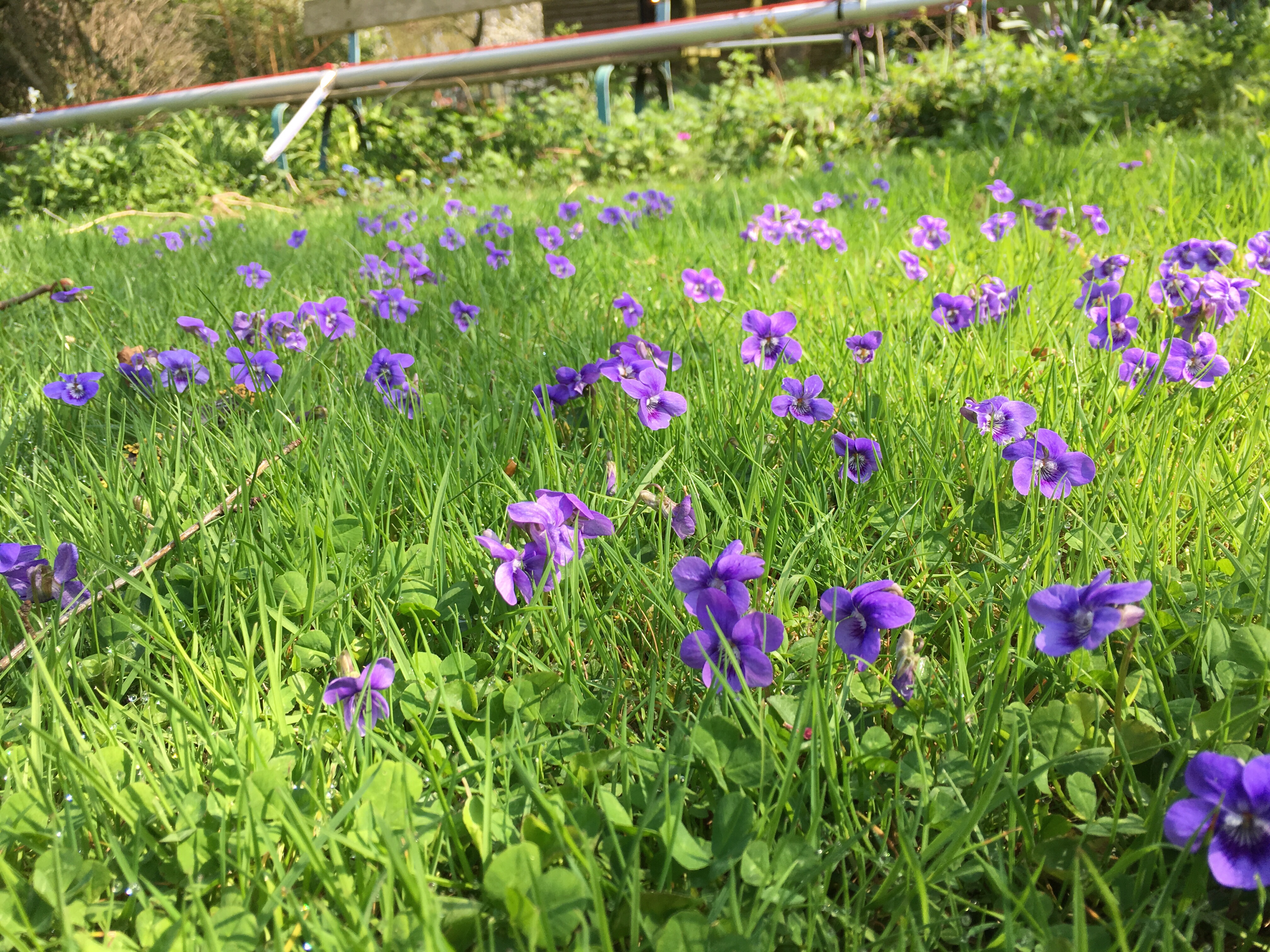




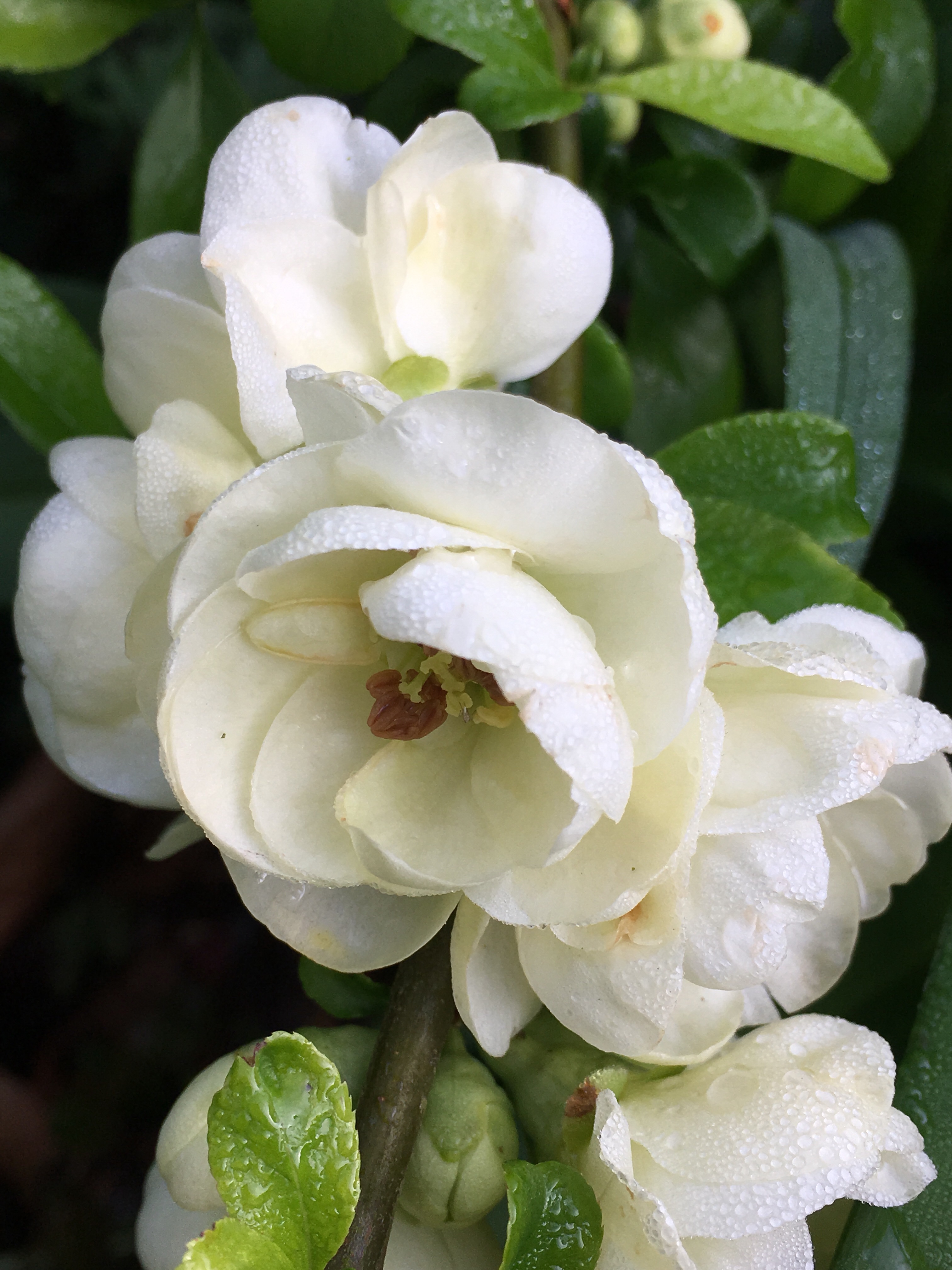

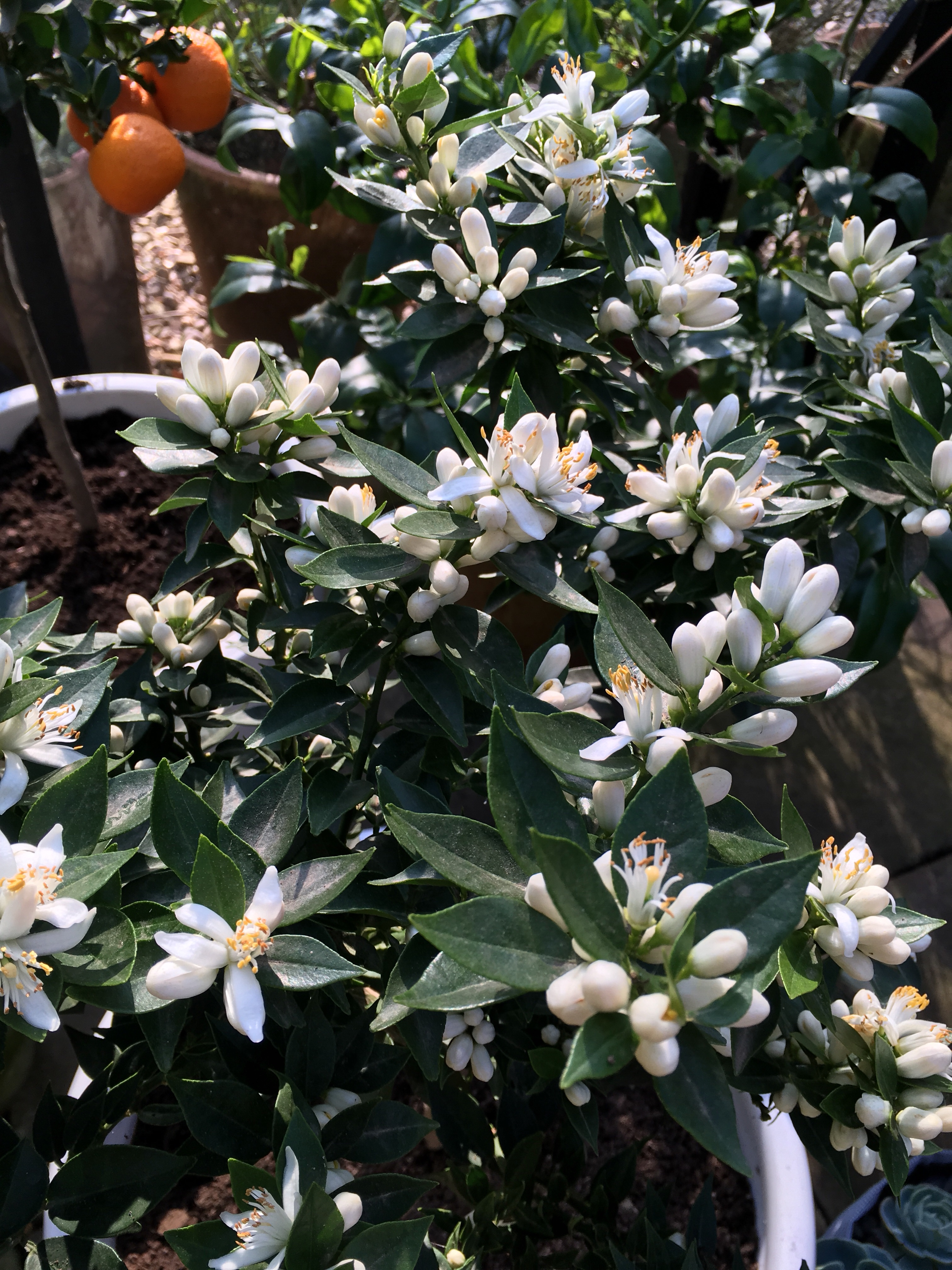

 I hope you’ve enjoyed this slide show of my garden at the end of April and into the first week of May. Enjoy your Bank Holiday weekend. I’m hoping to spend some time just sitting in my favourite garden chair. If I can possibly ignore all the weeds growing rampant in the background!
I hope you’ve enjoyed this slide show of my garden at the end of April and into the first week of May. Enjoy your Bank Holiday weekend. I’m hoping to spend some time just sitting in my favourite garden chair. If I can possibly ignore all the weeds growing rampant in the background!























